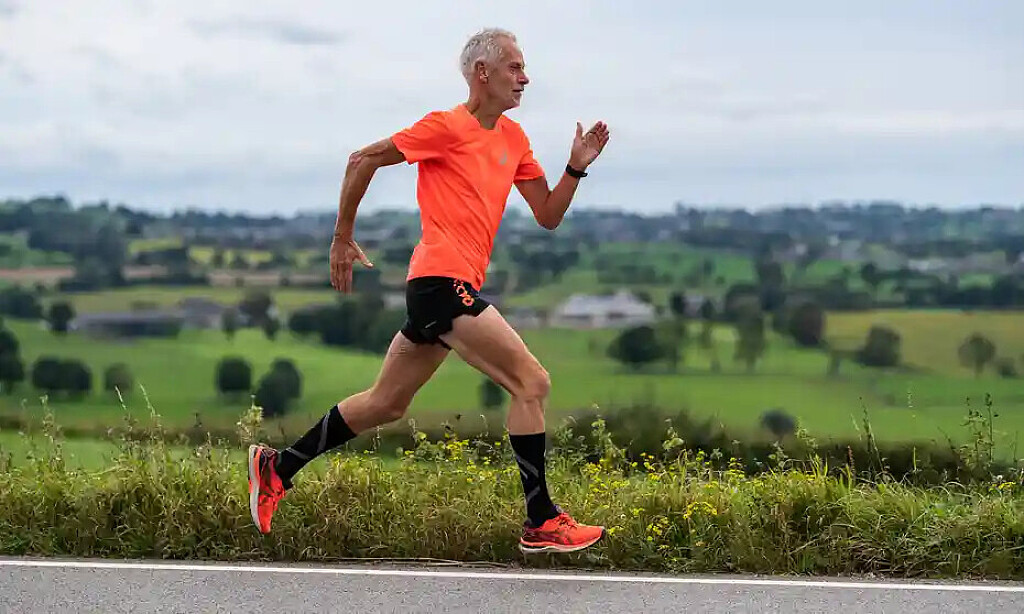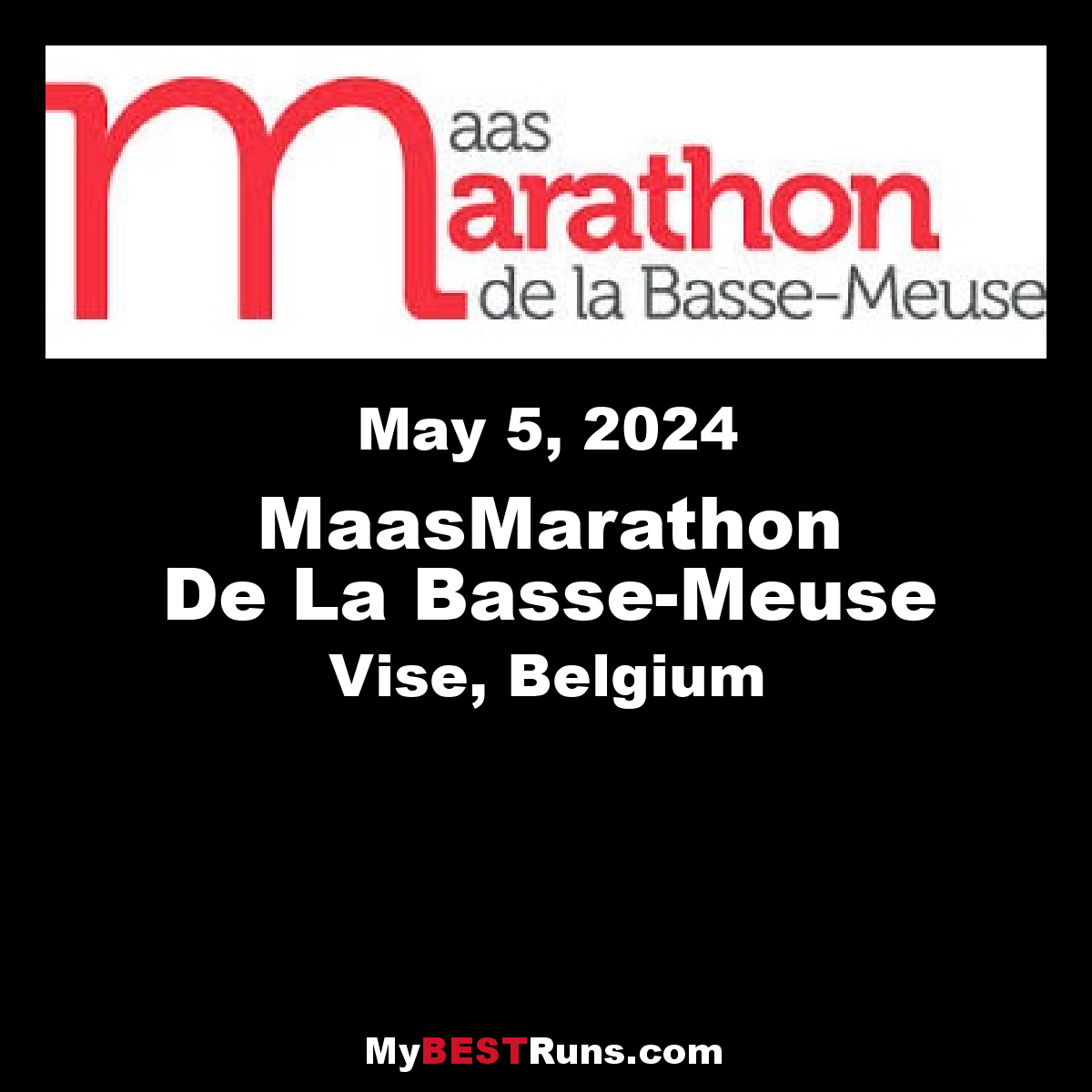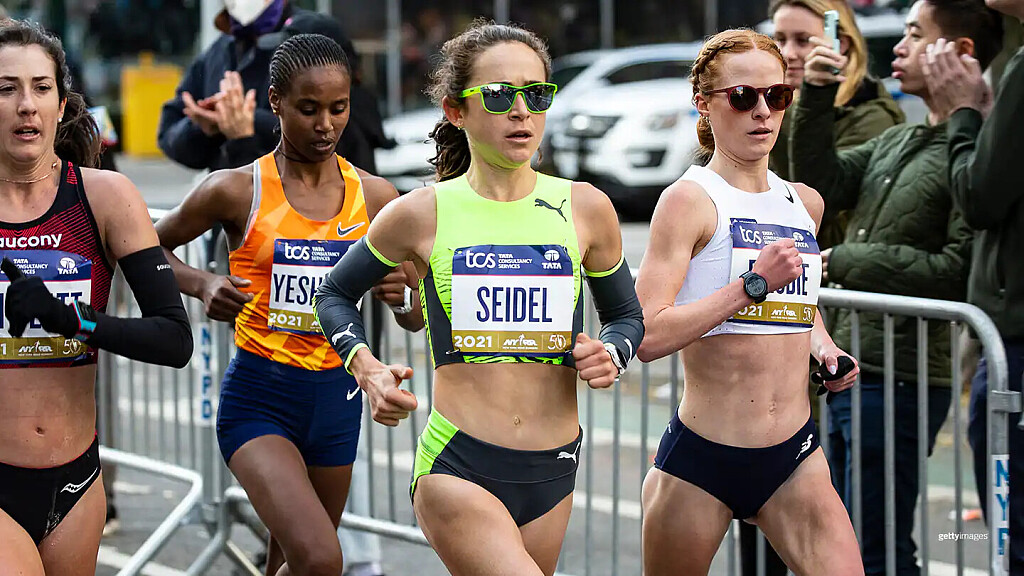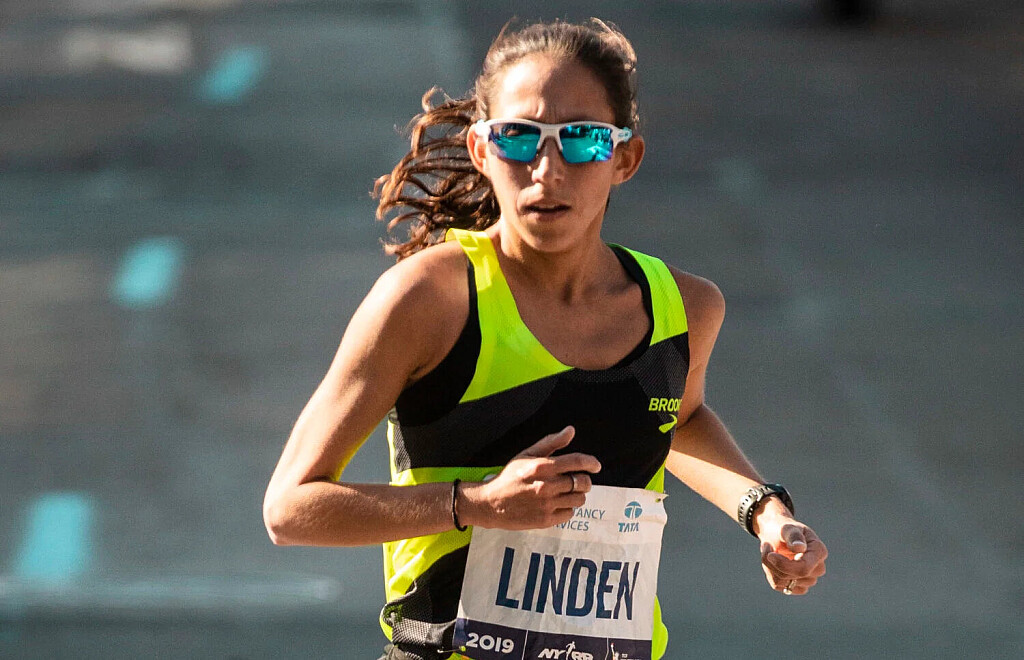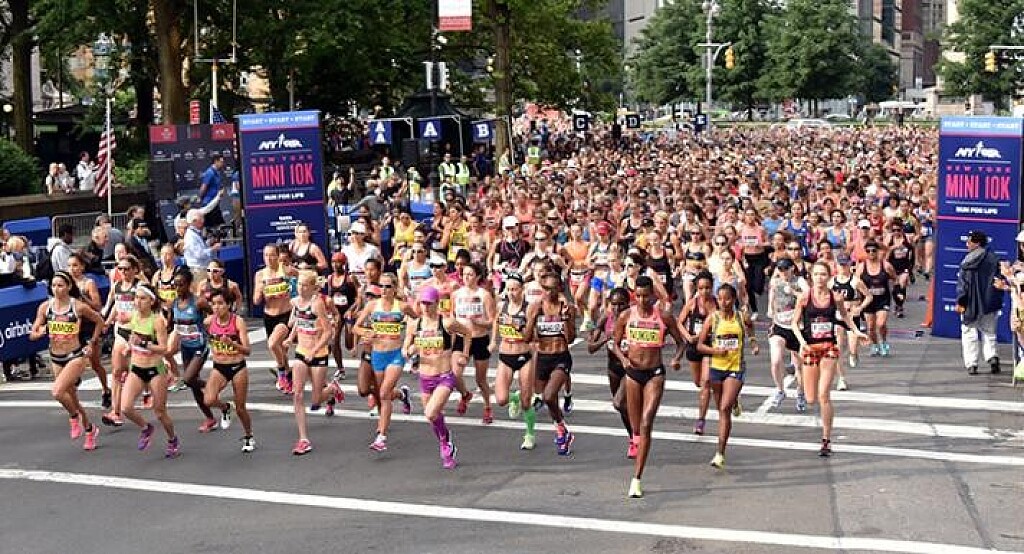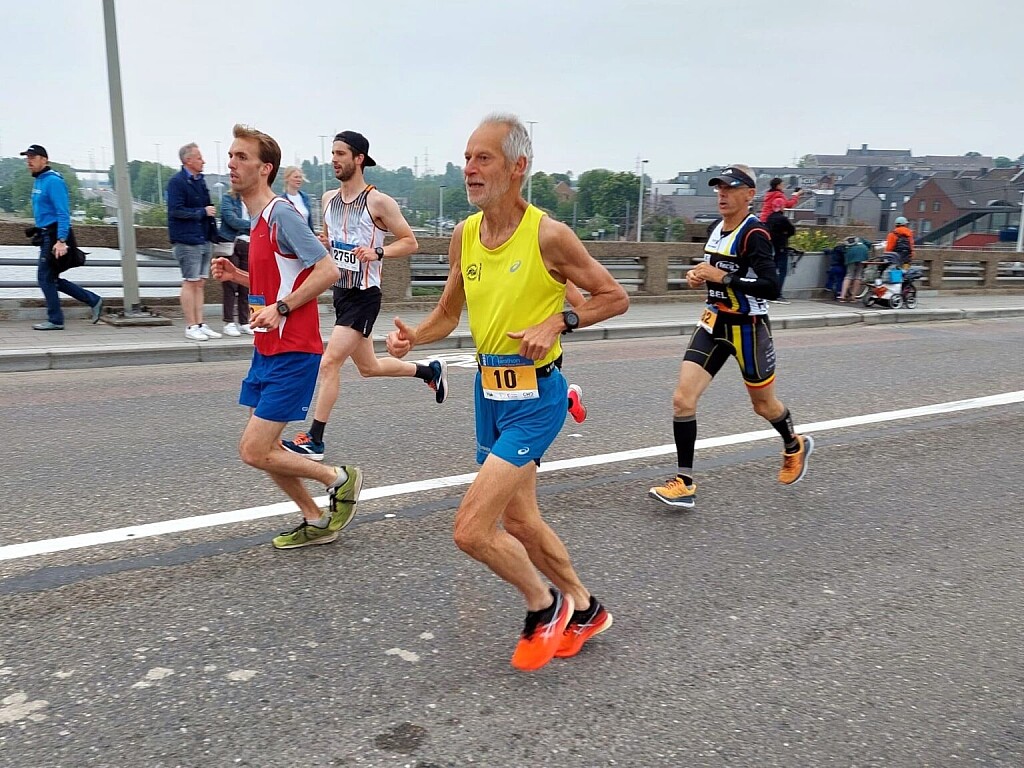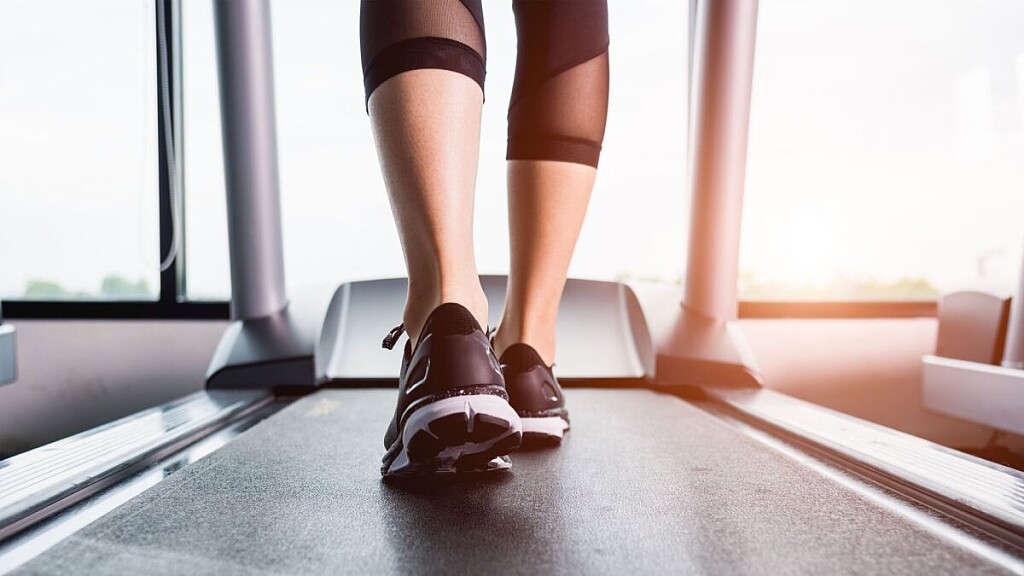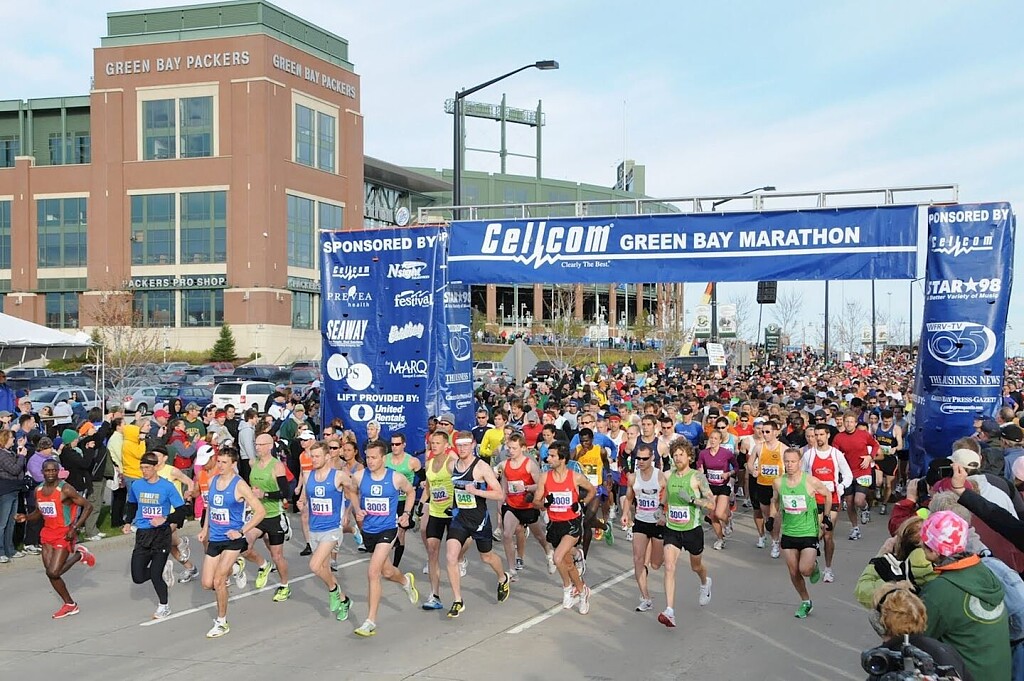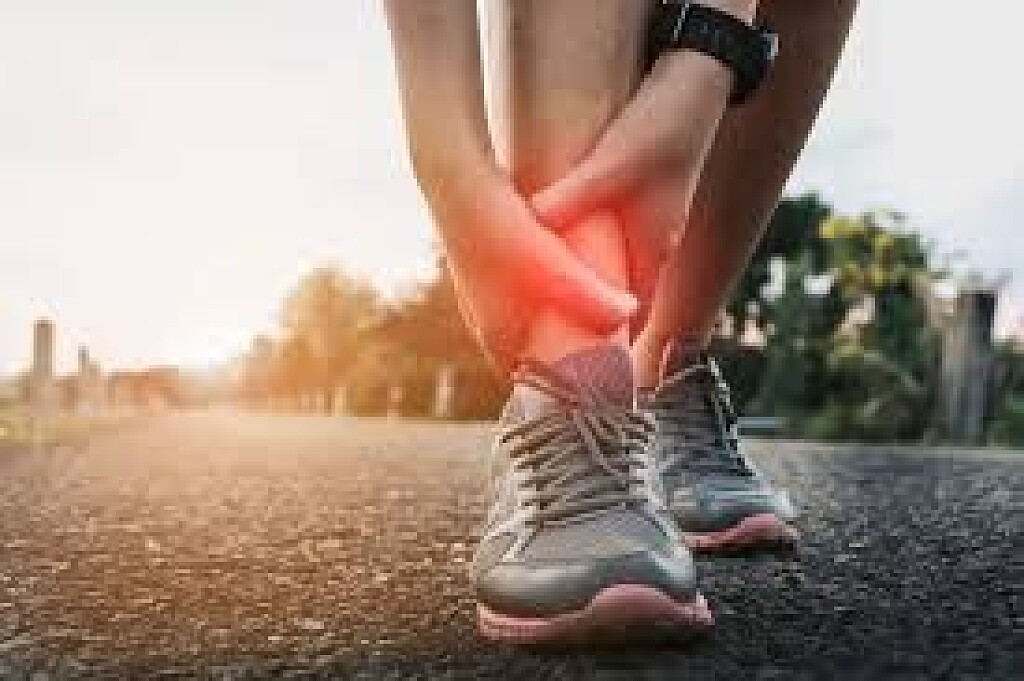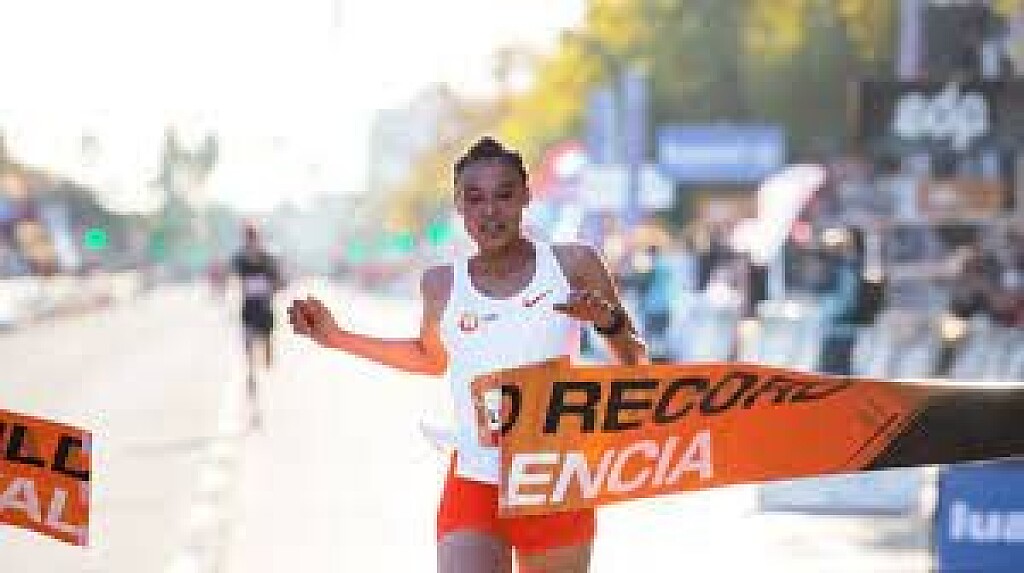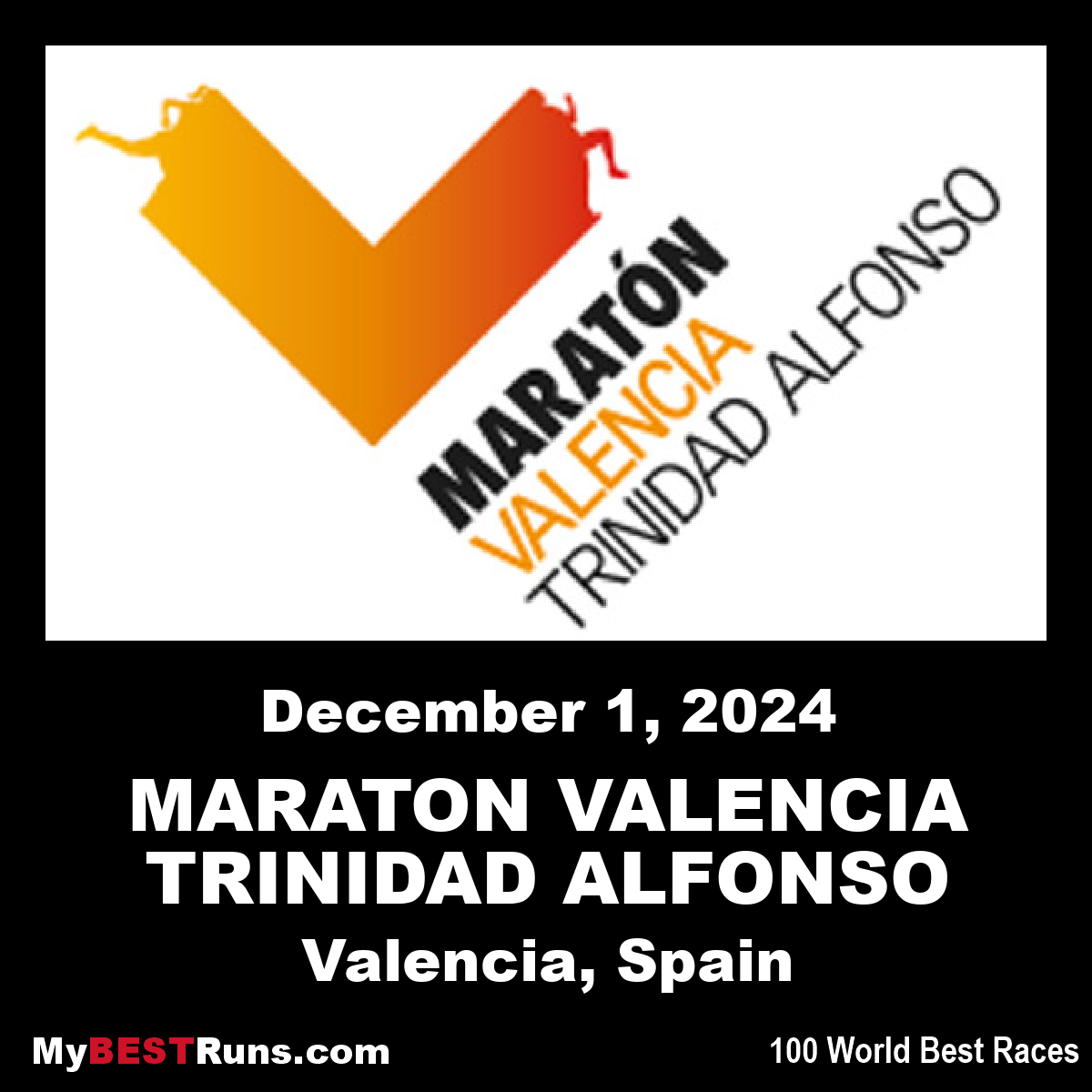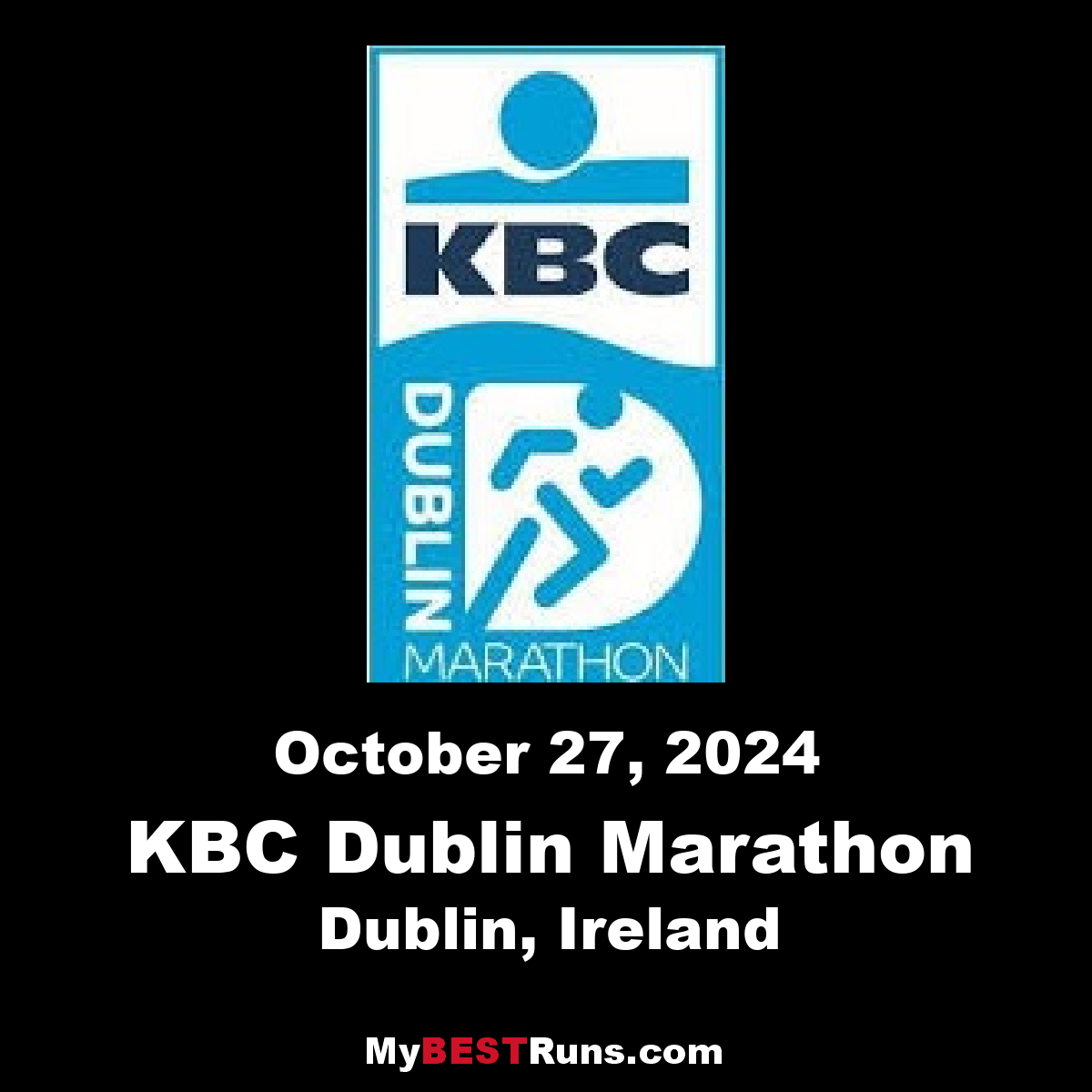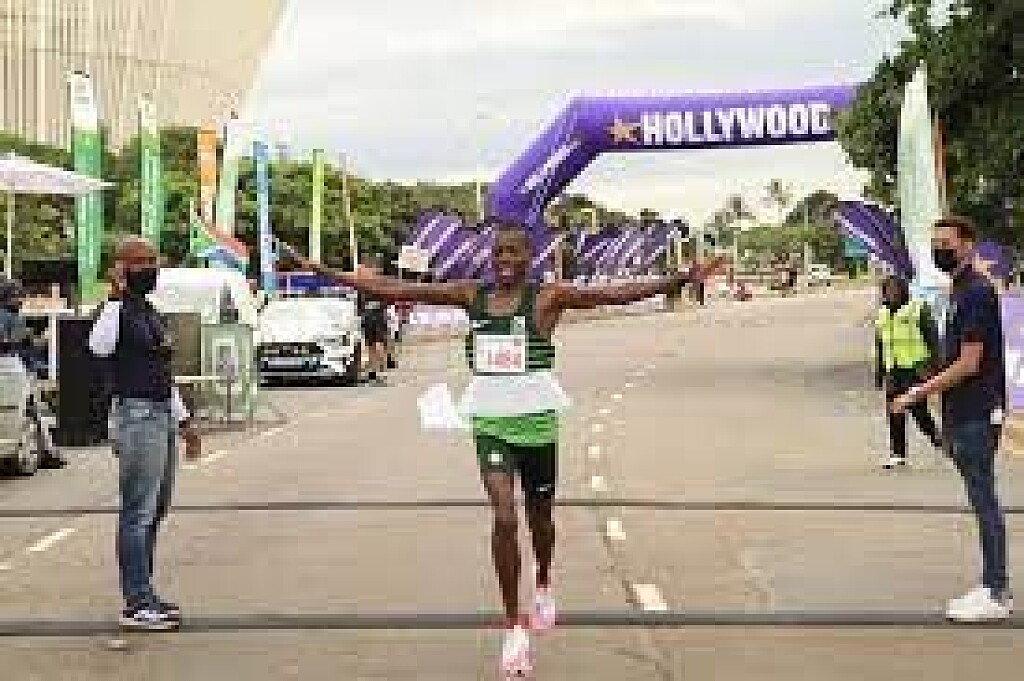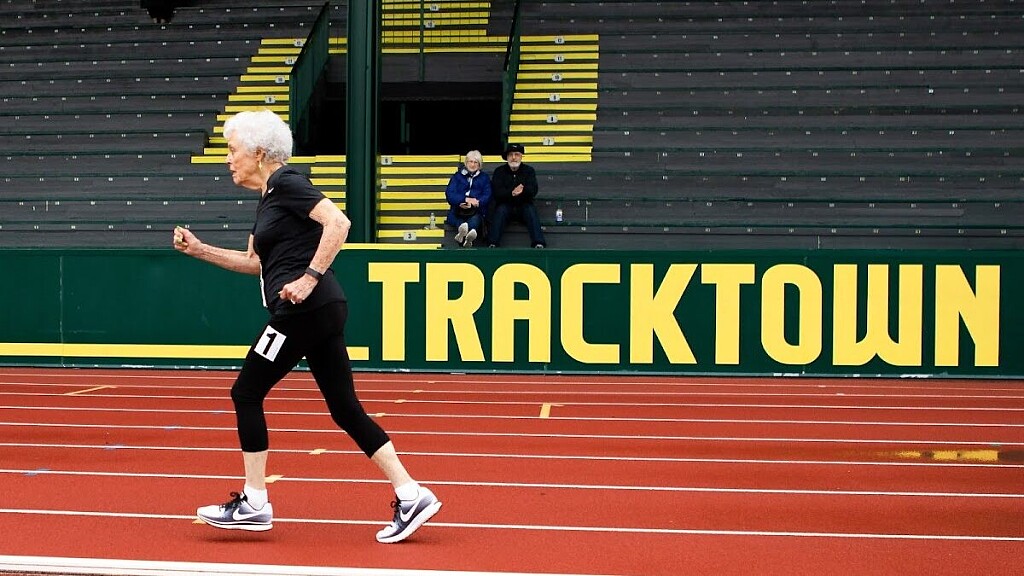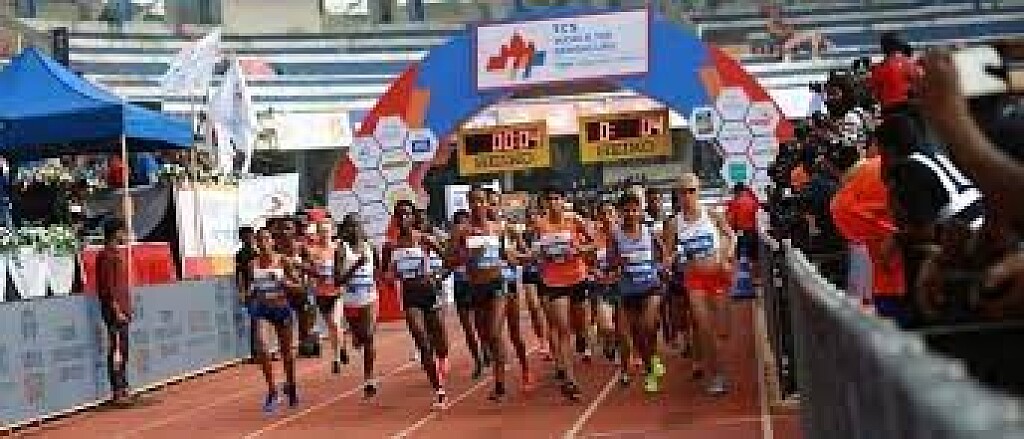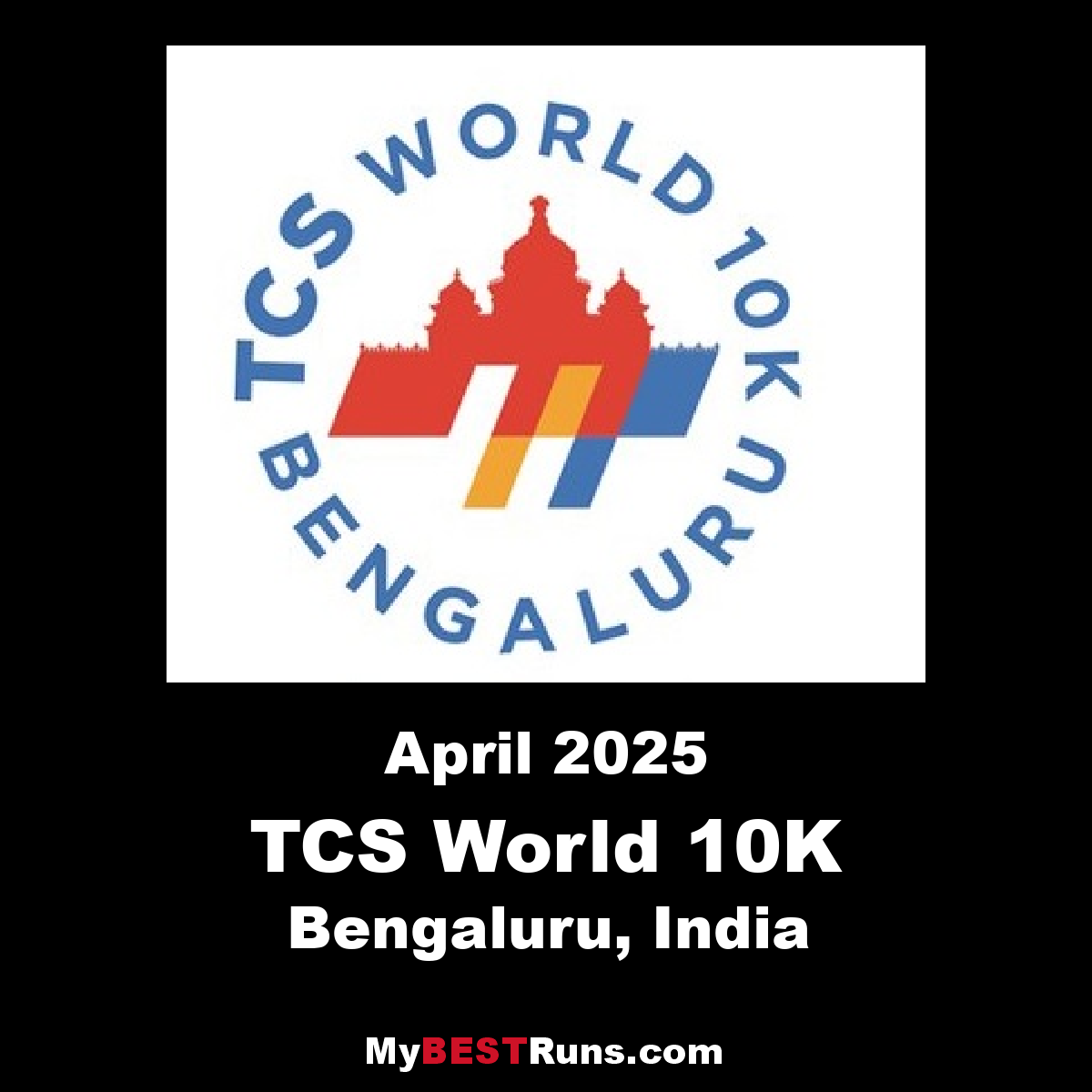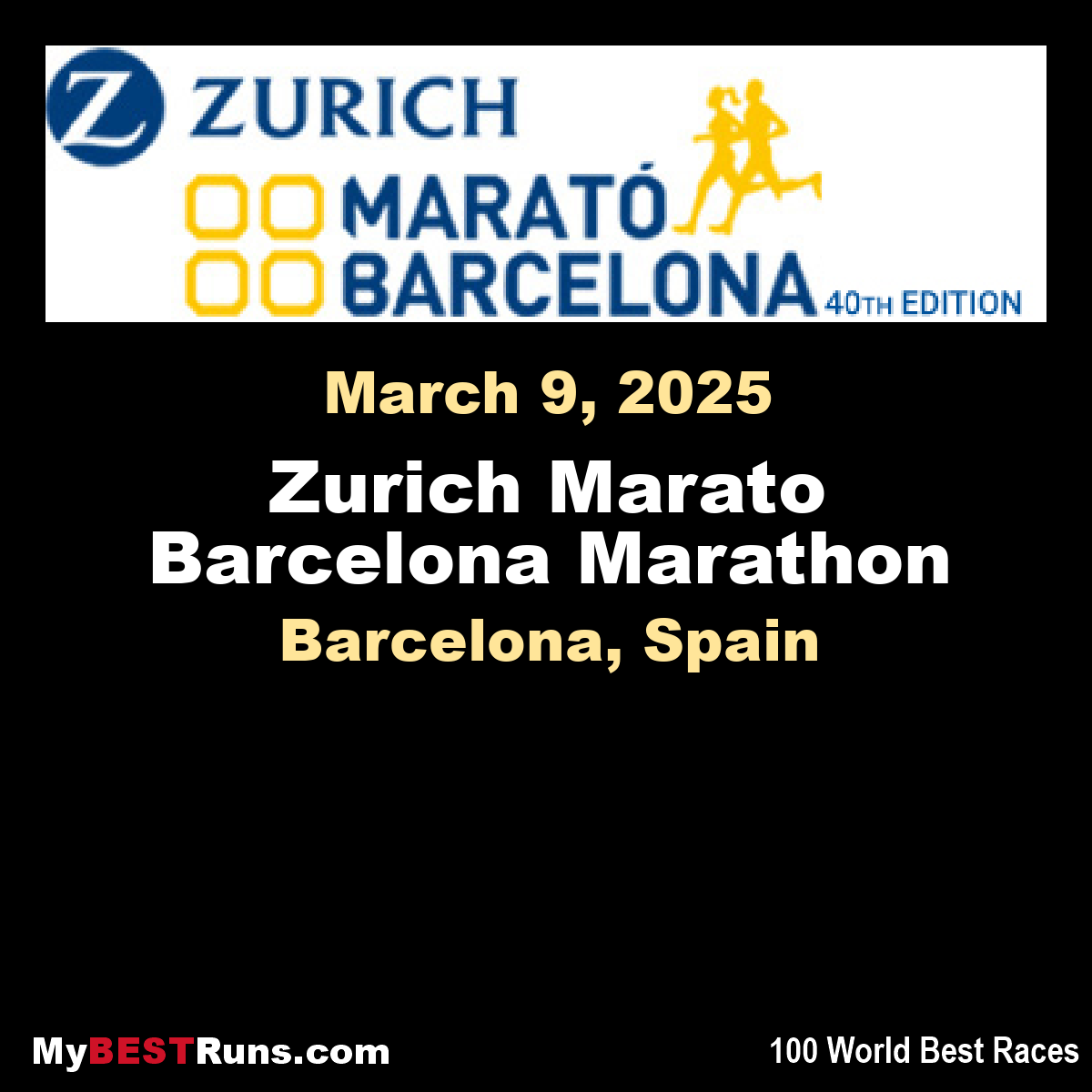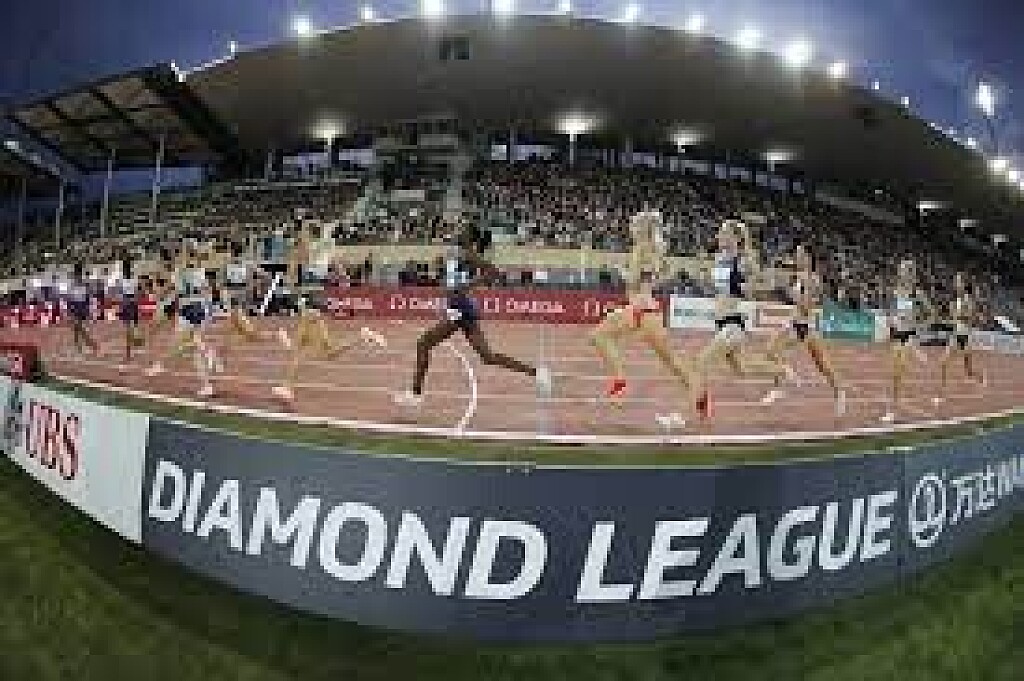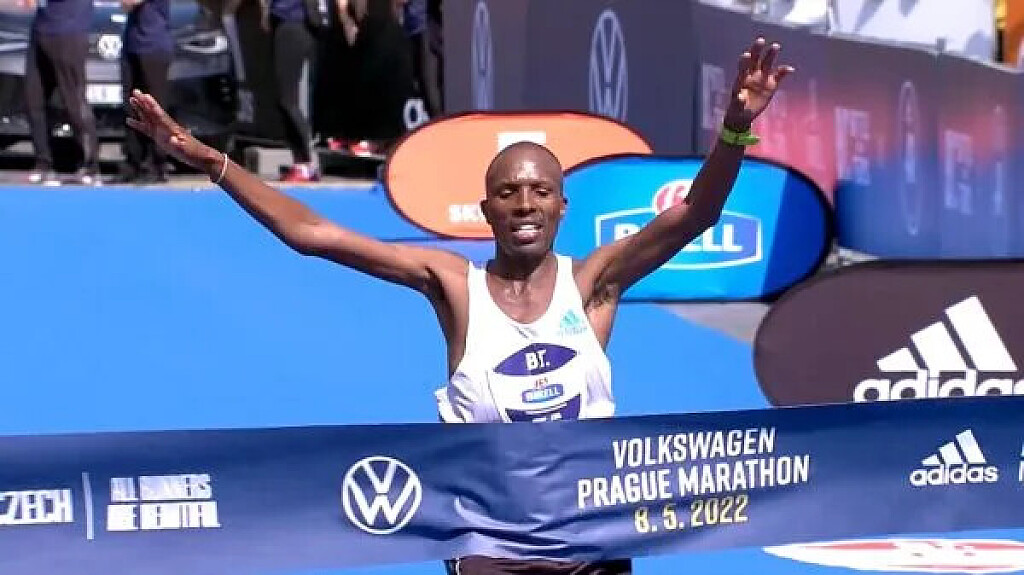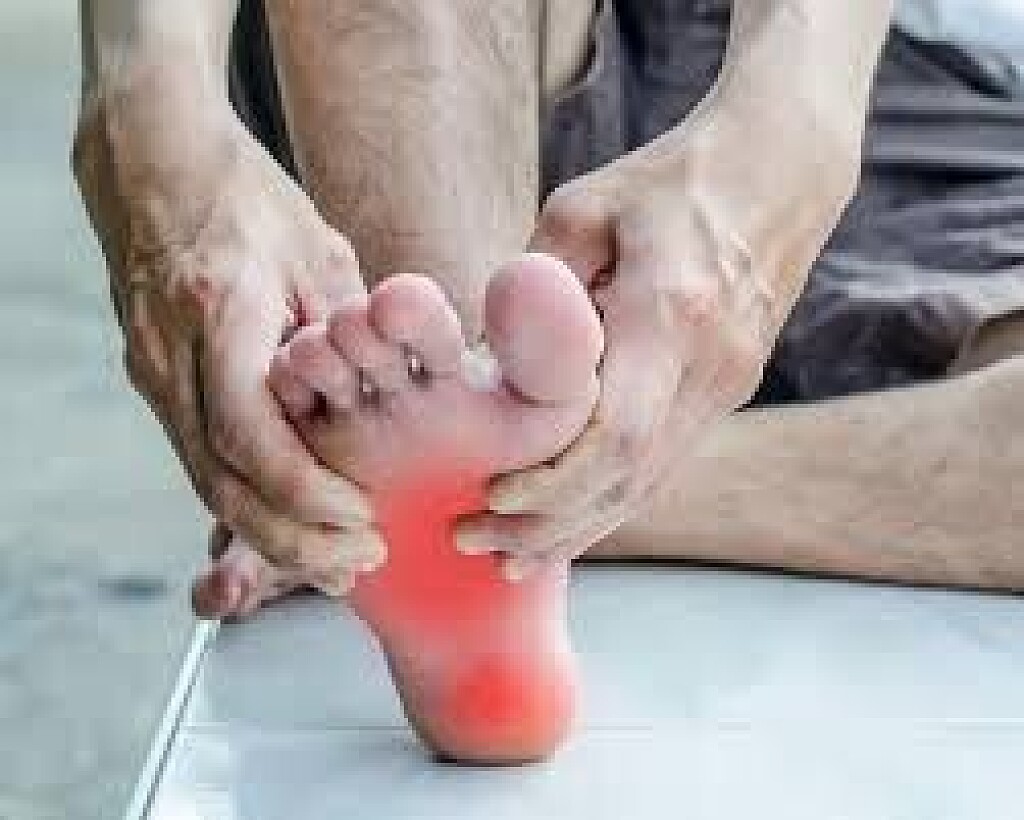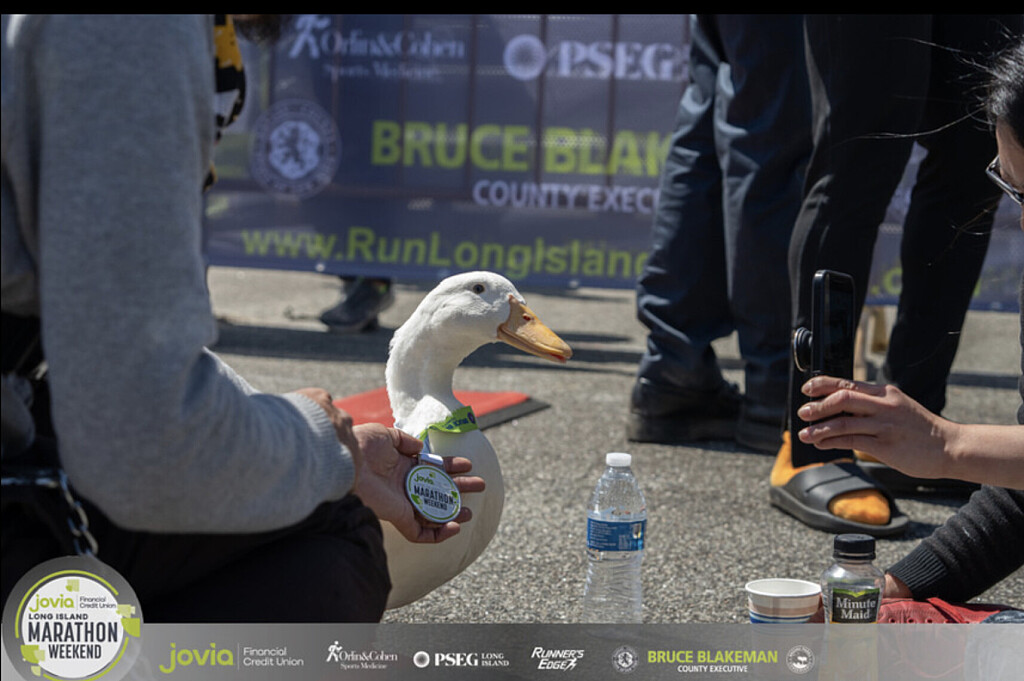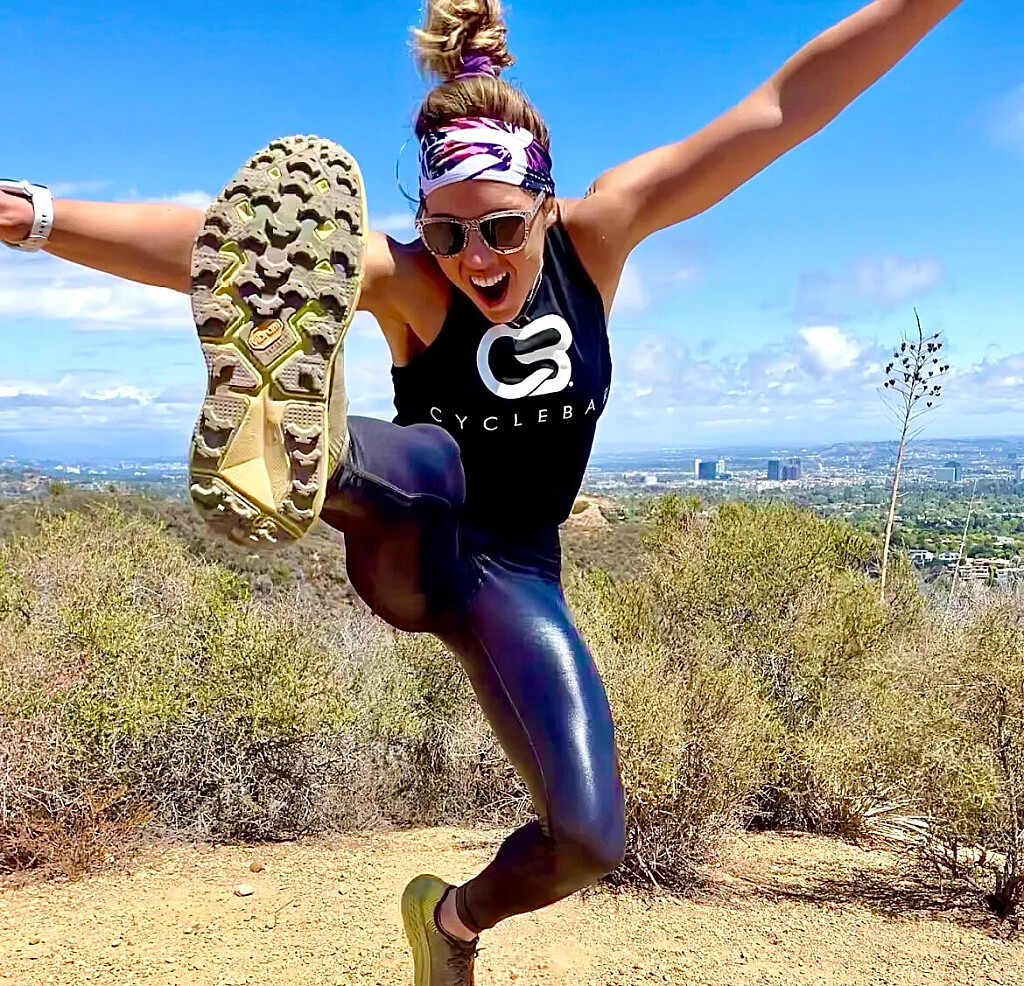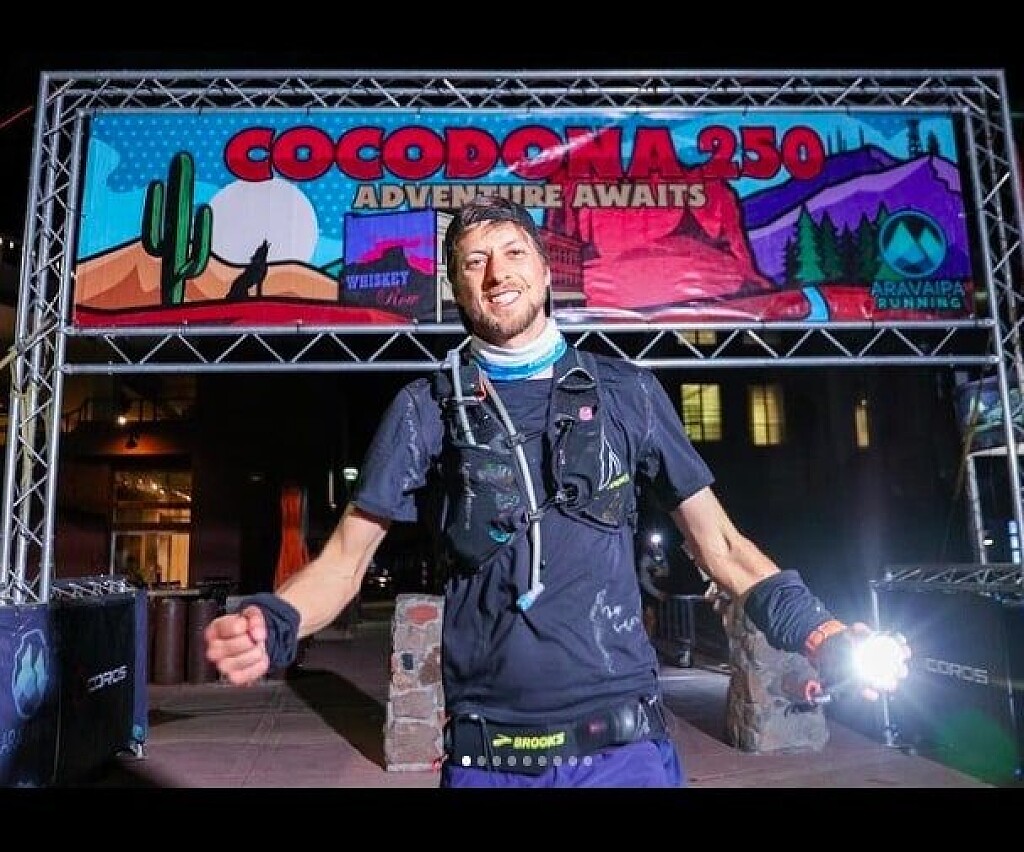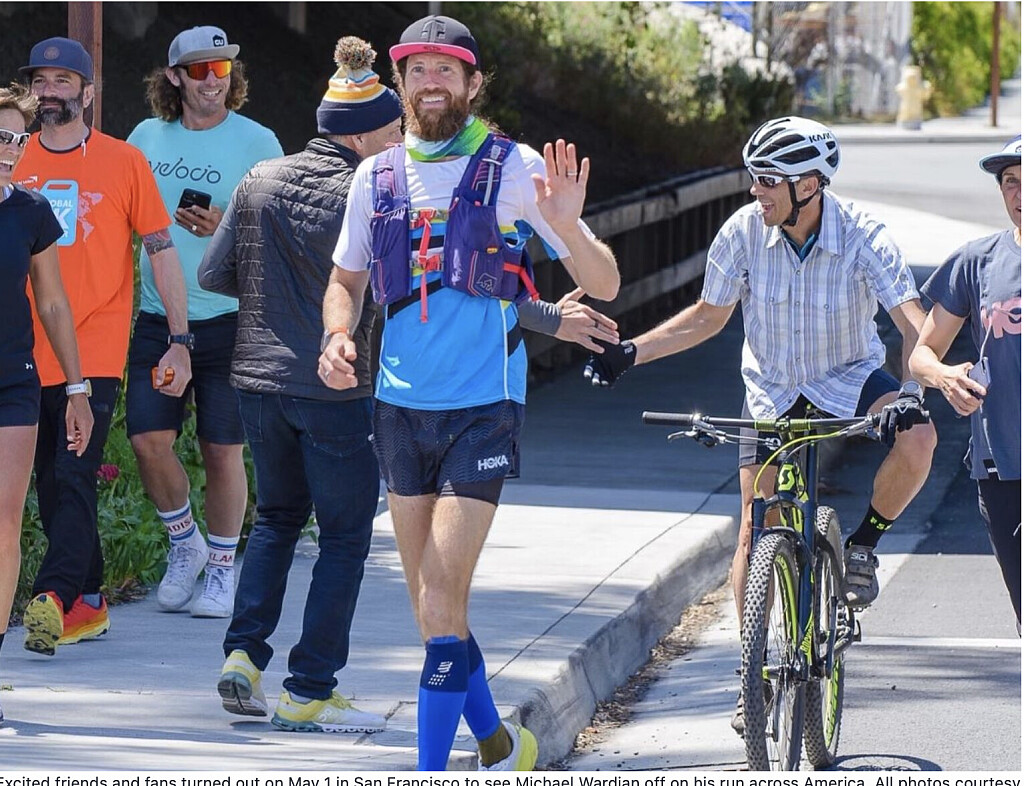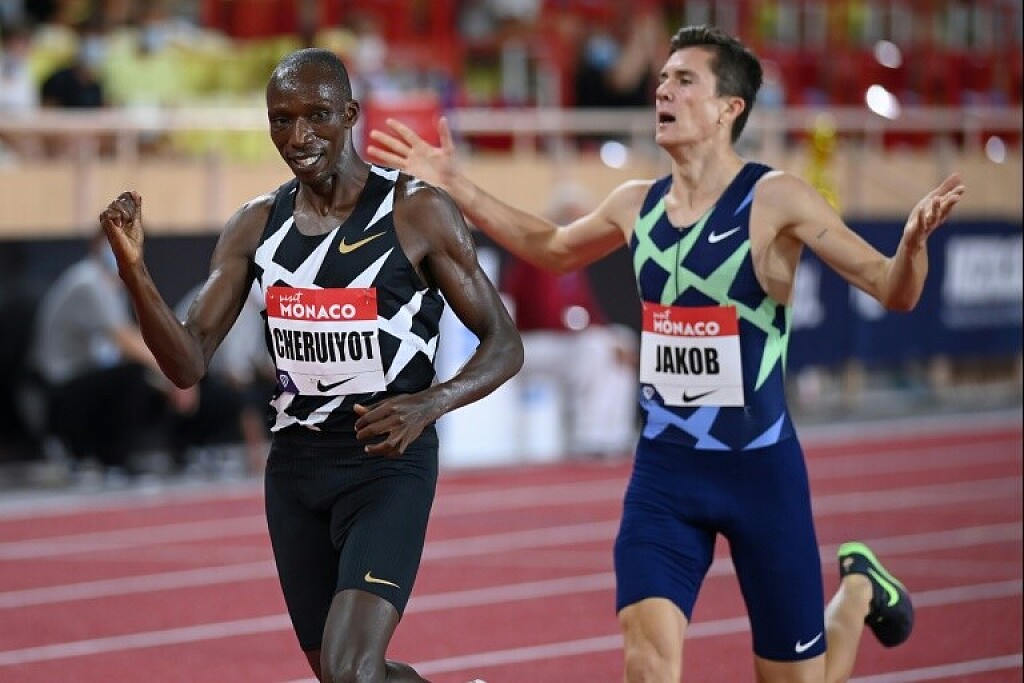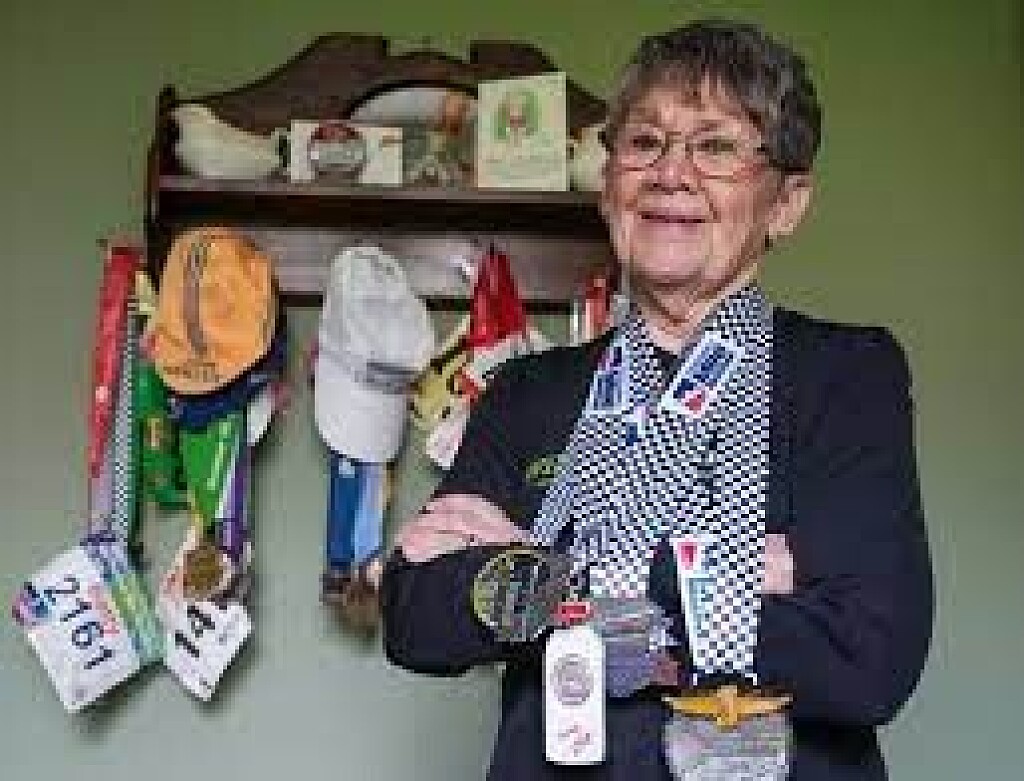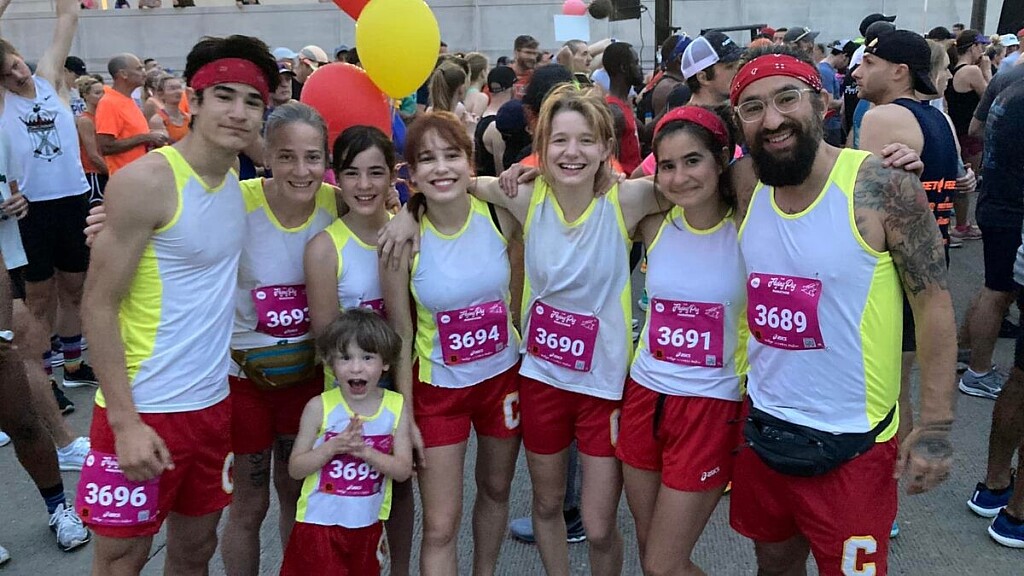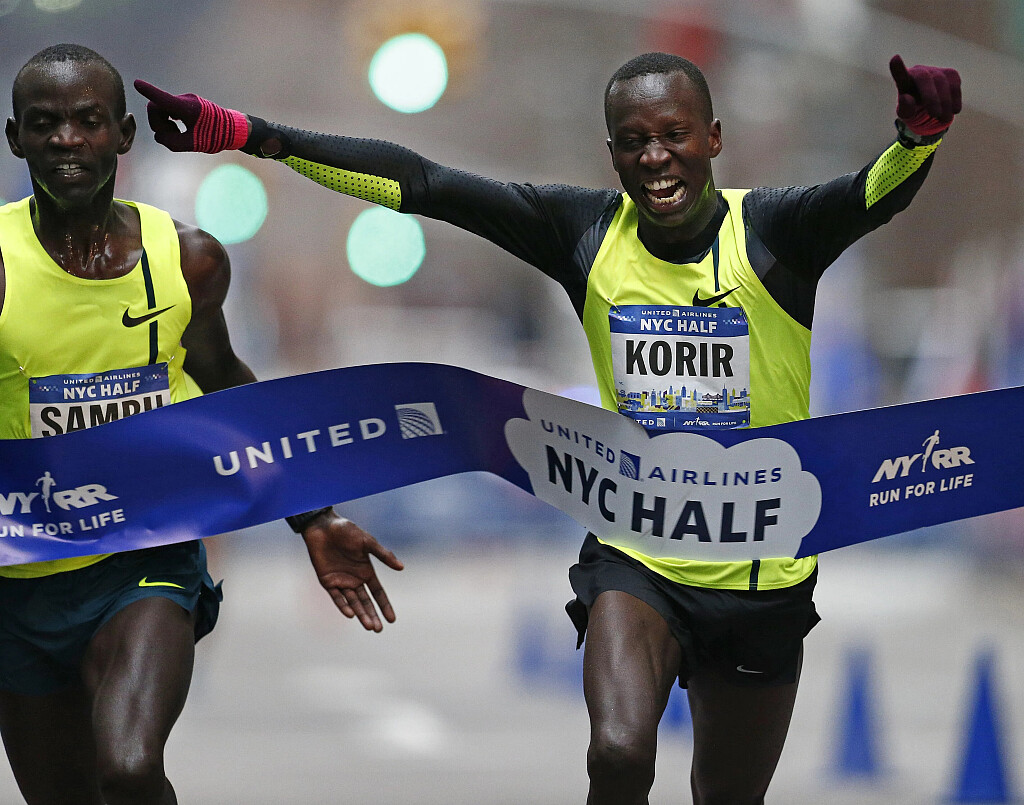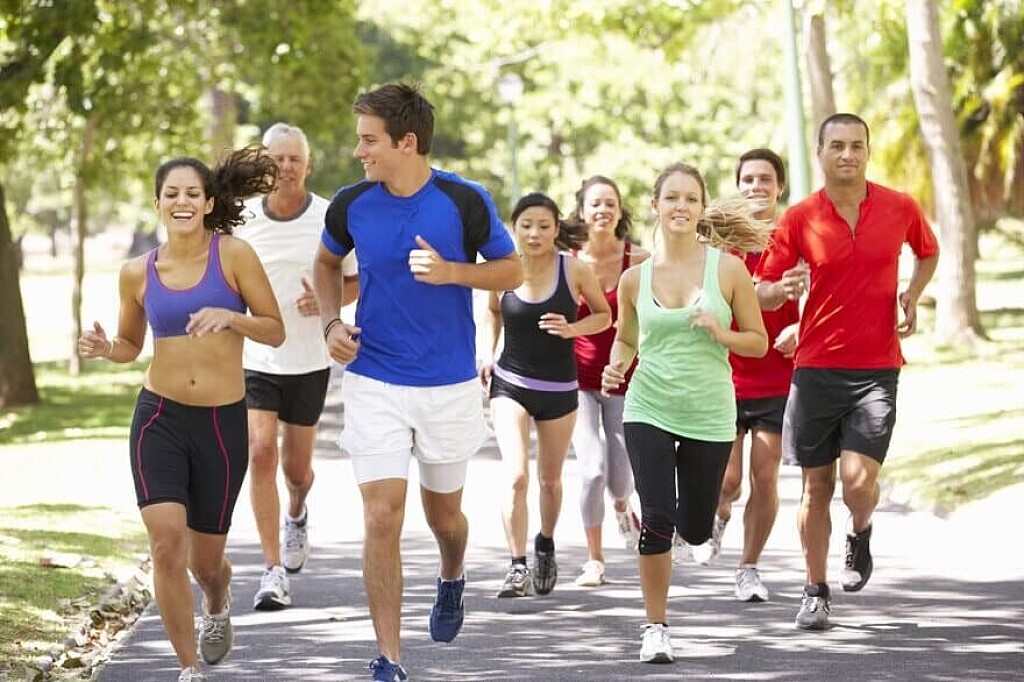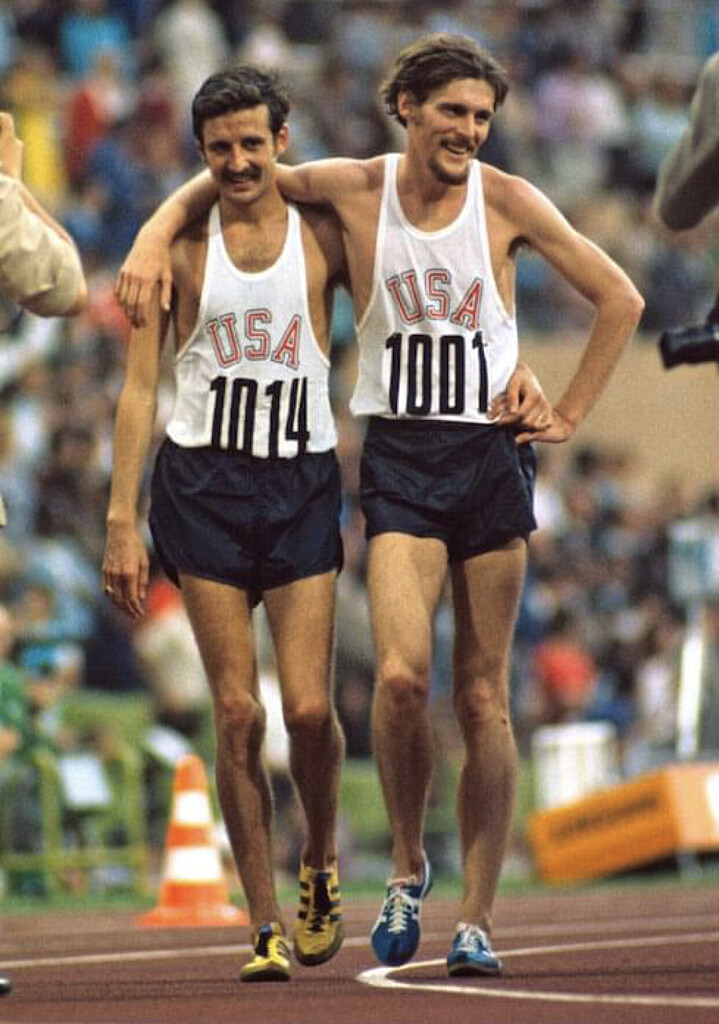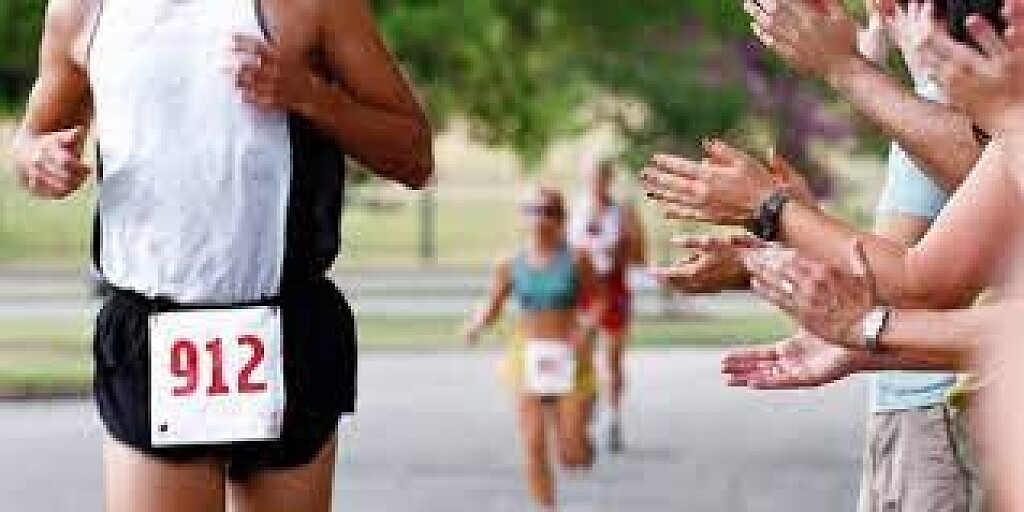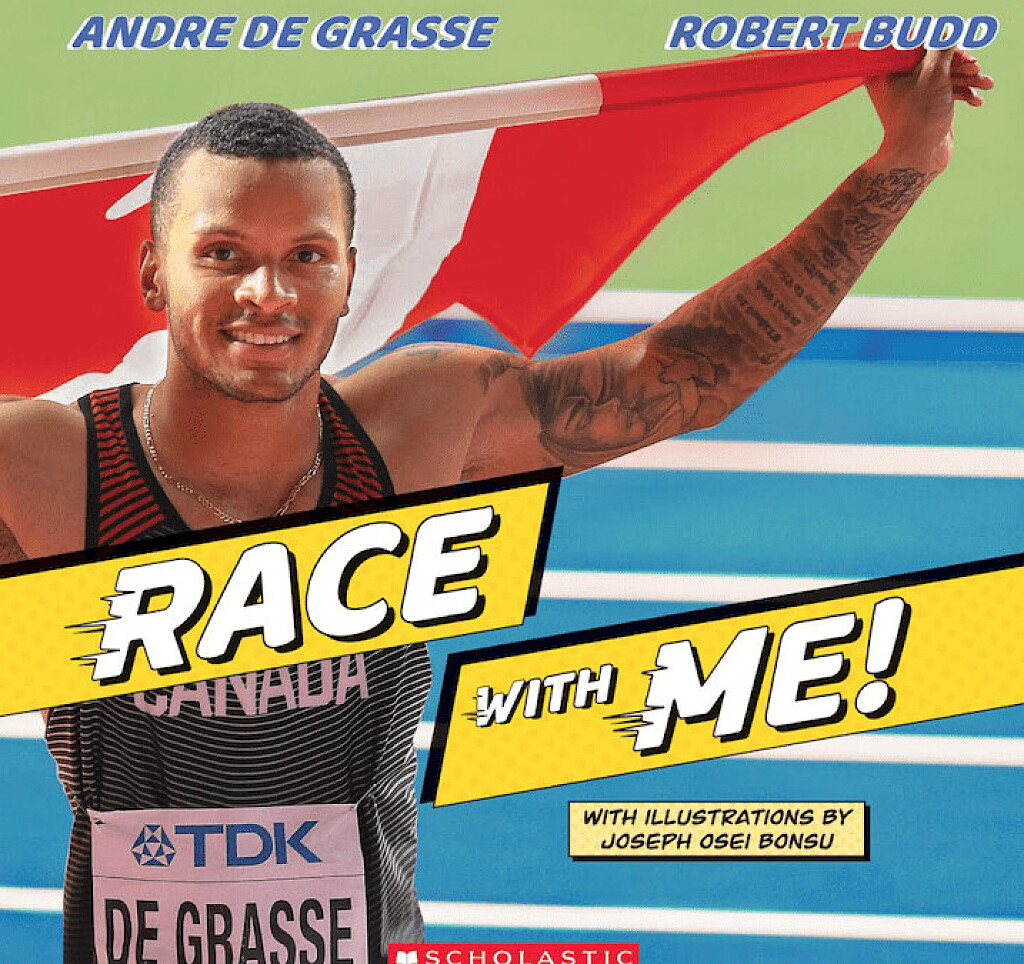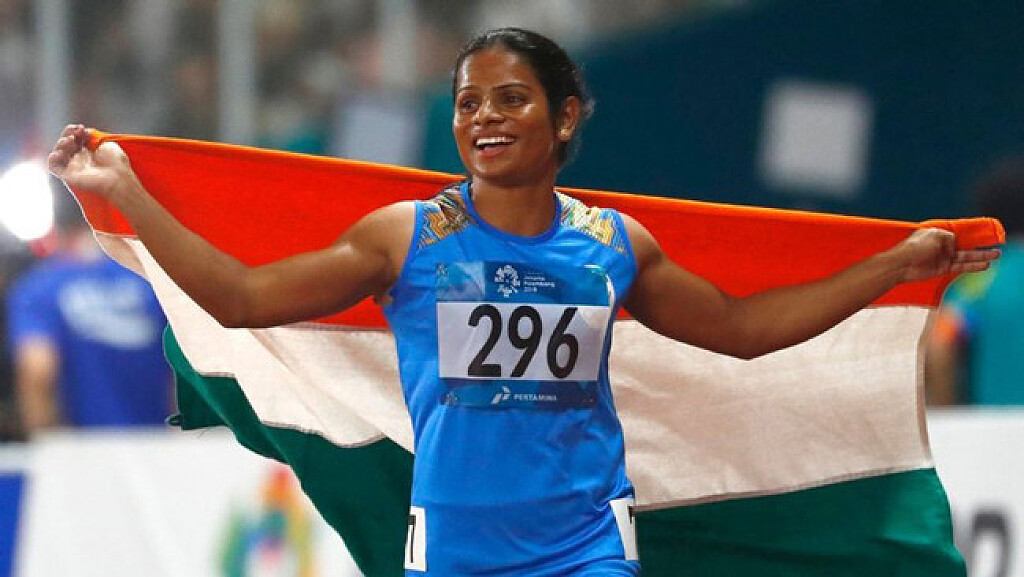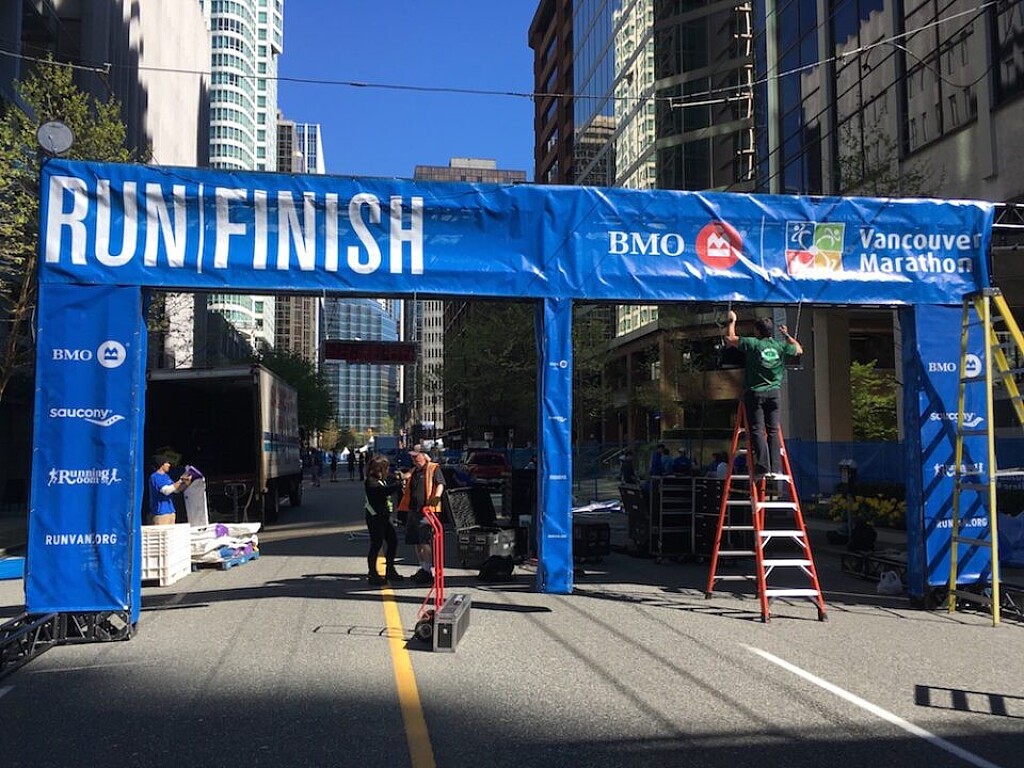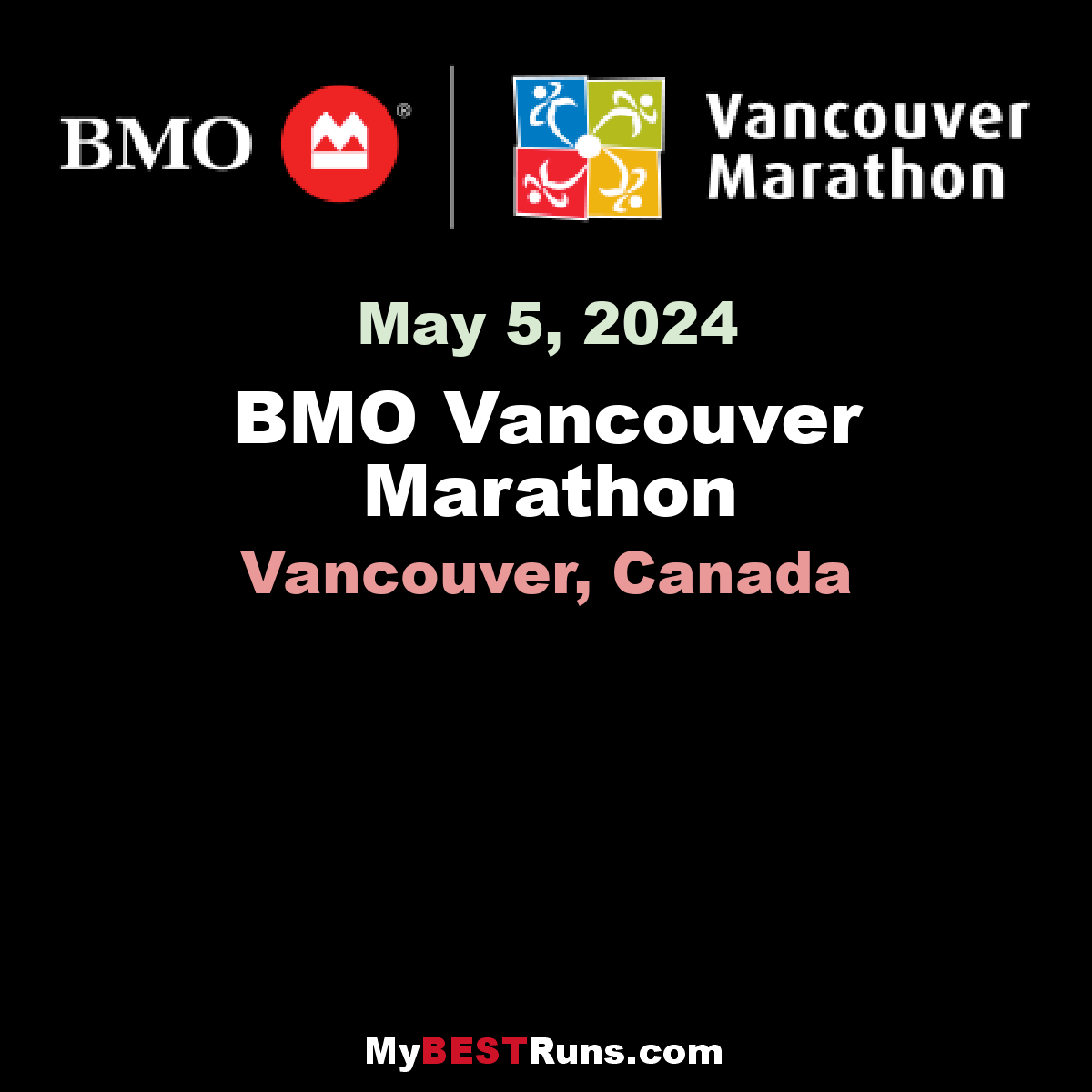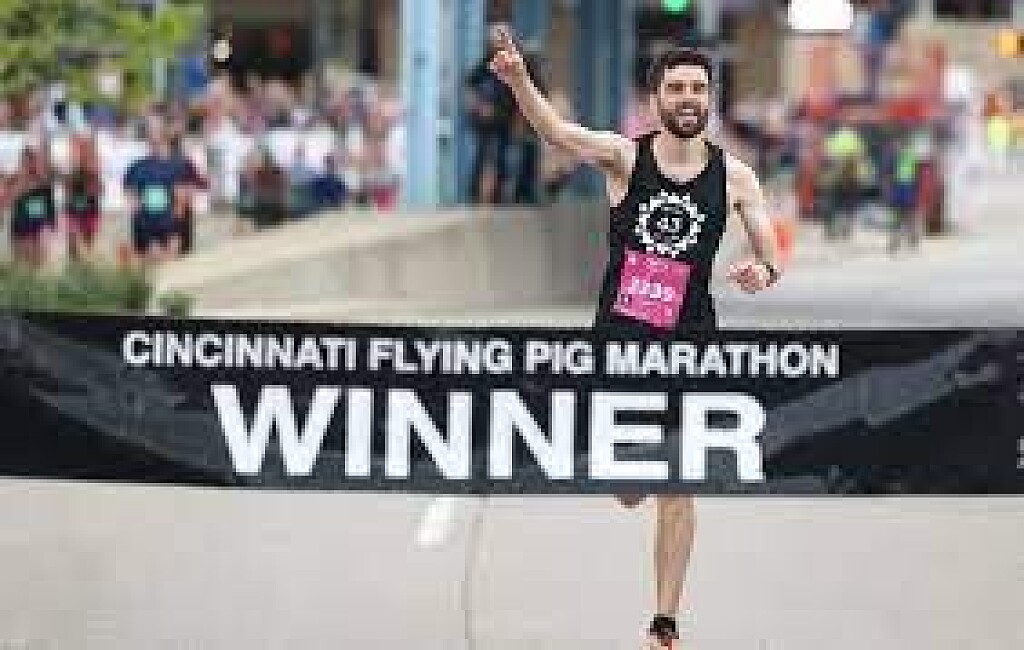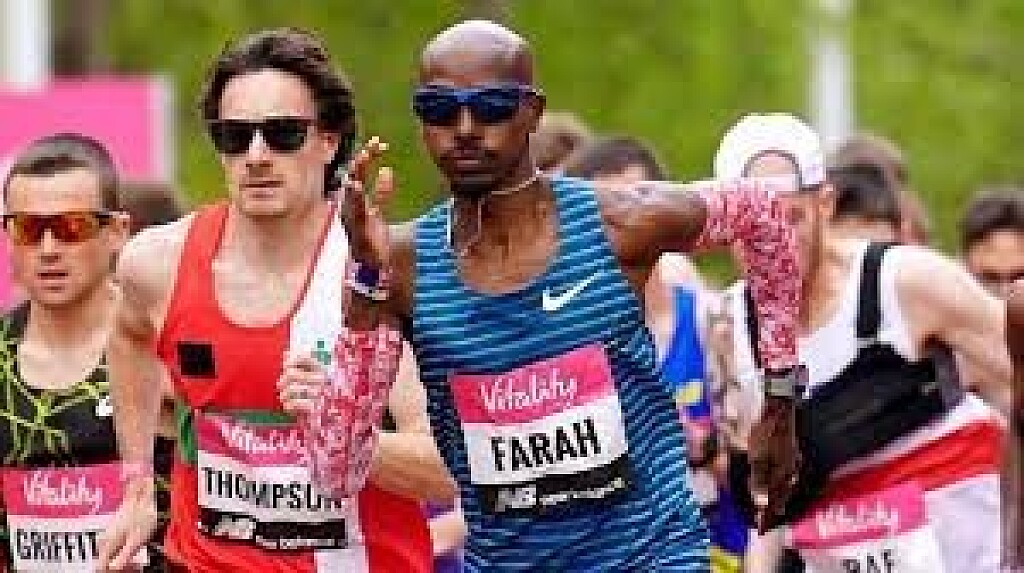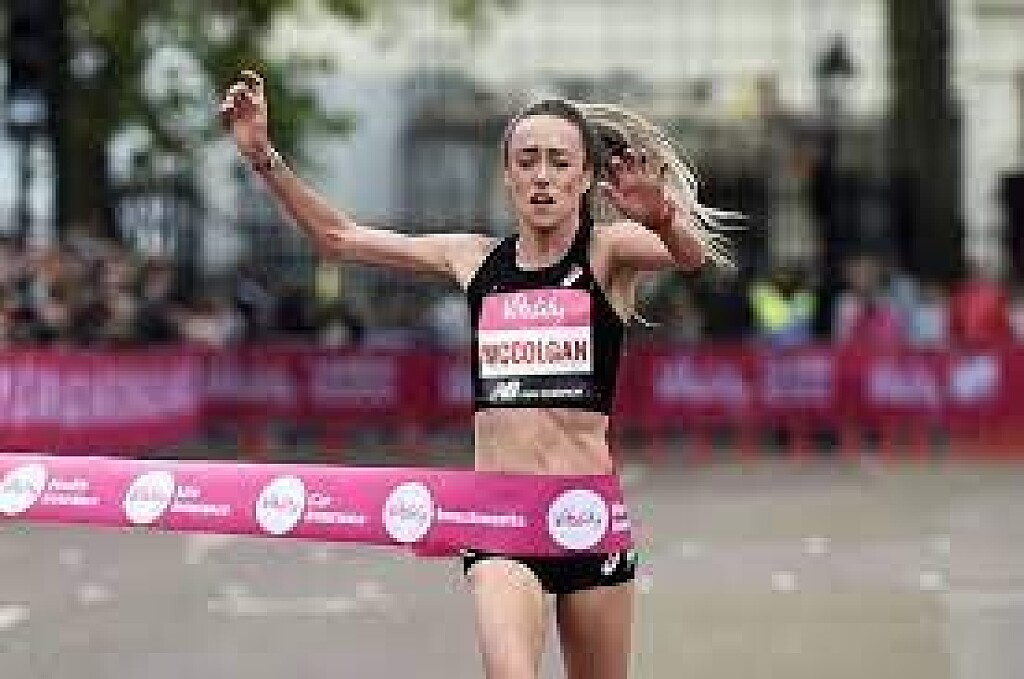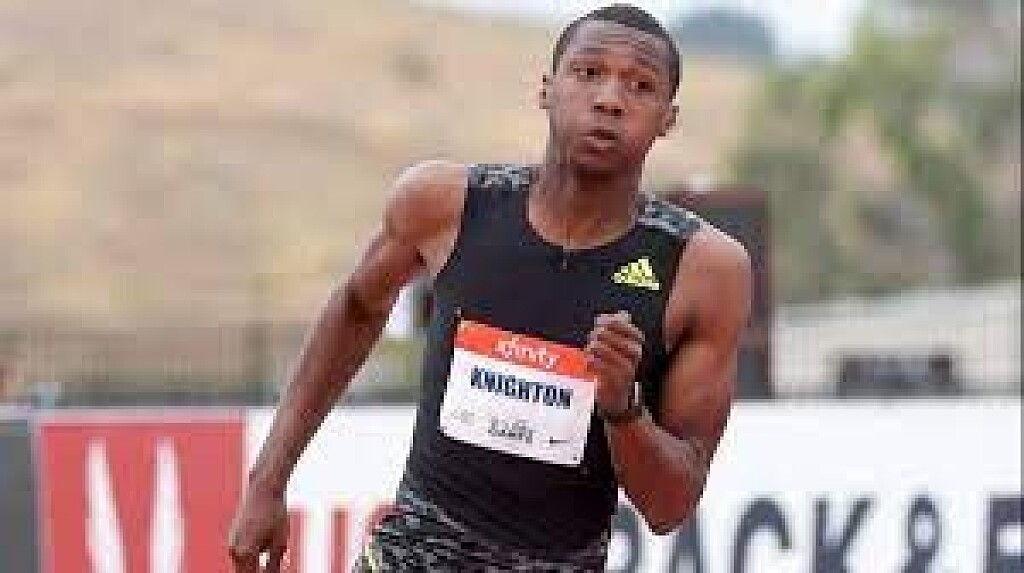Running News Daily
Running News Daily is edited by Bob Anderson. Send your news items to bob@mybestruns.com Advertising opportunities available. Train the Kenyan Way at KATA Kenya and Portugal owned and operated by Bob Anderson. Be sure to catch our movie A Long Run the movie KATA Running Camps and KATA Potato Farms - 31 now open in Kenya! https://kata.ke/
Index to Daily Posts · Sign Up For Updates · Run The World Feed
How Jo Schoonbroodt smashed the world 70 plus marathon record
At an age where many of his contemporaries are winding down, the man they call the Grey Kenyan is somehow speeding up. On Sunday Jo Schoonbroodt, a 71-year-old from Maastricht, ran a marathon in a staggering 2hr 54min 19sec to become the fastest septuagenarian in history.
A few days later, when the Guardian catches up with him, his achievement is still sinking in. “I only started jogging at 36 because my doctor told me I had high cholesterol,” he says, chuckling. “But last year I ran 7,242 kilometres [4,450 miles], which is more than double what I did in my car.”
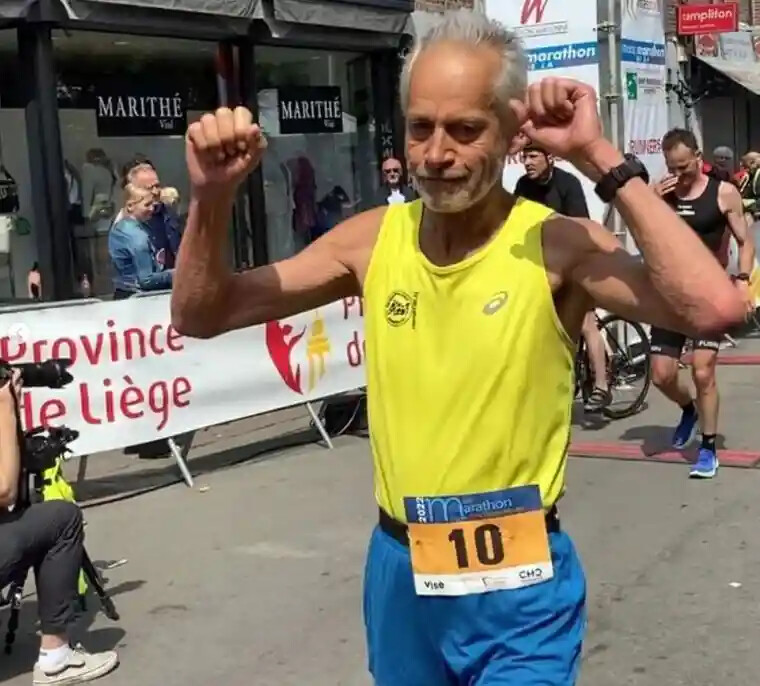
It also turns out that Schoonbroodt’s new 70+ world record, set at the Maasmarathon of Visé in Belgium, was inspired partly by an unlikely source: the Flemish crooner Eddy Wally. With a few miles remaining, he knew he was just ahead of the previous best, set by Gene Dyckes in 2018, because a friend was following him on his bike and barking out his lap times. But his legs were starting to get heavier.
“However, my friend had a special trick to keep me on track,” says Schoonbroodt, who was wearing a yellow and blue kit in support of Ukraine. “He picked up his phone and put Eddy Wally’s song Chérie, Chérie on repeat. I’ve always loved it, I don’t know why. It gave me a boost in morale. I overtook one runner after another and, despite getting cramp in the final 500m, I was able to break the record by four seconds.”
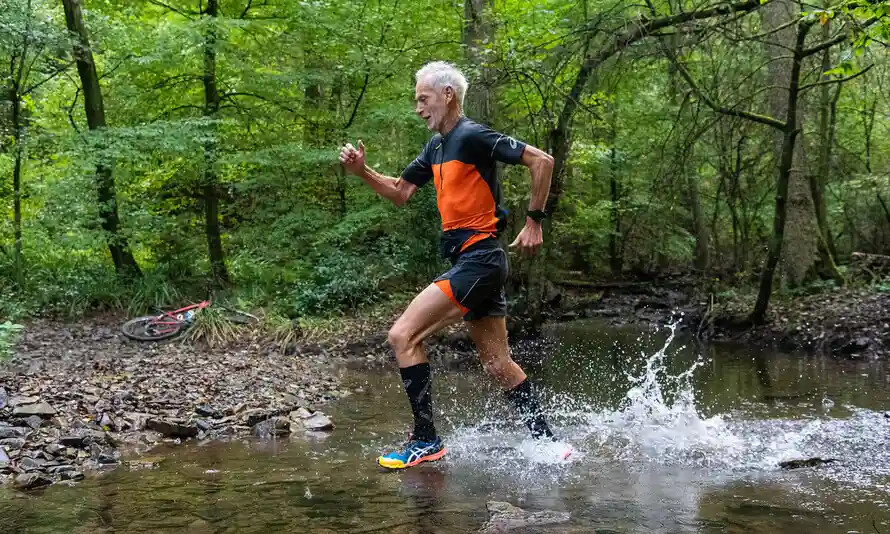
Incredibly it was Schoonbroodt’s 75th sub-three-hour marathon, and it came only four weeks after his 74th at the Rotterdam marathon. For good measure, the flying Dutchman also holds a number of ultra running records. He is clearly no ordinary Jo. But the secrets of his success might surprise you.
“Most runners train too hard. I do a lot of my training with groups who run very slowly. And then I build on these basics with some faster interval training. But I don’t do the same stupid distance 10 or 20 times – I prefer to have a lot of fun with my running.”
Schoonbroodt often runs at nine- or 10-minute mile pace, far slower than the 6:38min miles he ran for 26.2 miles to set his world record, but he says the crucial thing is he listens to his body. “A lot of people follow a training plan or coach and push on even when their body is saying: ‘No, this is not a good day to do it.’ But if you go out the door and just do what you feel, it’s easier to keep running and stay injury-free.”
He also dismisses the idea that runners need to do anything special with their diets. “Diet? No, no,” he scoffs. “No diet! I eat double portions, of course, with all these calories I burn. I love pasta and potatoes. But whatever is on the table, I eat it.”
He has a similarly relaxed attitude when it comes to alcohol. “I prefer the French wine and the Belgian beer. Not too much, and mostly on weekends. Wine is just a grape drink, so it’s made from nature. And Belgian beer is special. And if you do all this with your body,” he adds, referring to the 85 miles he still runs each week, “you need to give it something back. And this is what I give back to the body!”
Schoonbrot is a former IT worker and can tell the exact day he started running – 1 January 1986 – and how many kilometres – 120,000 – he has done since. But he stresses he was no natural. At first people called him Jogger Jo, because he was slow. Nowadays he gets called the Grey Kenyan – a nickname given to him years ago by a race announcer as he blasted past athletes a third of his age.
Being a late bloomer, he believes, has actually helped him because his ego never had to worry about chasing faster times of his youth. “Because I started so late, I missed my best years. But that’s no problem. Everything is still new to me.”
Schoonbroodt also cites the new range of carbon-plated “super shoes”, which have swept the running world over the past five years, as a key factor. On Sunday he ran in the Asics Metapeed Sky, and has been an ambassador for the Japanese company for the past four years, preaching the positive benefits of exercise to sceptics and lapsed practitioners.
But while Schoonbrodt’s achievements are exceptional, he is not the only old master to defy conventional wisdom. Several men older than 70 have run a sub-three-hour marathon – the first of whom, Ed Whitlock, who died in 2017, also ran a 3:15 marathon after turning 80.
So what might explain this phenomenon? John Brewer, a sports scientist at the University of the West of Scotland, points out that while we experience a 10% decline in muscle mass every decade as we age, the decline isn’t as sharp for endurance. “The scientific evidence shows that you can maintain your aerobic capacity – your Vo2 max – very effectively into old age,” he says.
“And if you look at where we are now compared to 40 years ago, the advances in nutrition, sports science, recovery and technology, all mean that it is more feasible for people in their 60s and 70s to produce good performance if they follow the right training.”
Brewer, who was also part of England’s backroom staff for the 1990 World Cup, says Schoonbrodt’s story carries another message – that it is never too late. “People think they can’t turn it around after years of no exercise or poor diets,” he says. “Well, actually you can.”
Schoonbroodt, meanwhile, has no plans to put his feet up. “My next marathon is in two and a half weeks, on an old Roman road built 2,000 years ago,” he says, the excitement obvious. It will be his fifth in 2022. And with that he is off. After all, the quest for a 76th sub-three-hour marathon waits for no man. Not even one who is 71.
(05/12/2022) ⚡AMPby Sean Ingle (The Guardian)
Maas Marathon De La Basse-Meuse
Ever since the initial steps, in 1999, all the organizers, the towns, cities and municipalities involved in this 26.2 mile challenge have constantly been expressing their delight at their investment. Over the years, we have noticed the marathon participants looking for races that are able to offer an extra and original dimension in terms of the circuit and activities. We...
more...46th Grandma’s Marathon Surpasses 20,000 Racers
With just 6 weeks left till the 46th annual Grandma’s Marathon, its crunch time to get the final pieces put together before thousands of racers take off on June 18th.
This year the race returned to full capacity and as of Wednesday morning, registration passed 20,000 racers which means it’s on track to being one of the largest Grandma’s races in history.
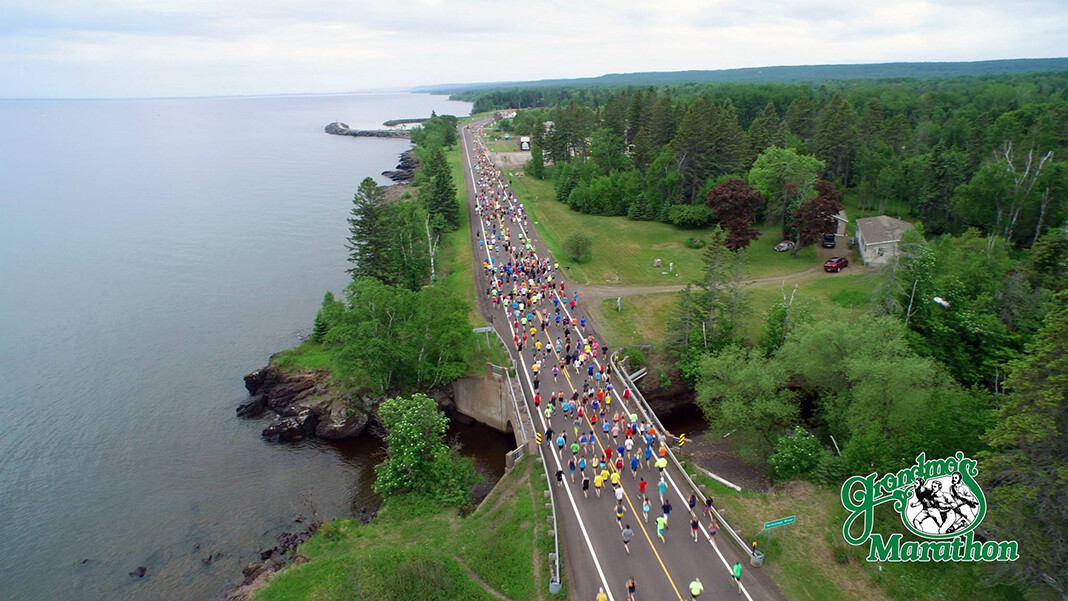
A modification that was created last year to accommodate covid, which was the post-race entertainment at Bayfront Festival Park, is returning due to its success and staff is anticipating a busy weekend.
“There’s only a couple hundred spots in total left in any of the three races and that’s exciting and when we hit a sellout, this will be the first time since 2016 that we can say all three races, all the events for the weekend are sold out for participants and so it’s going to be a big weekend and it’s going to be fun,” Zach Schneider, Director Of PR And Marketing for Grandma’s Marathon said.

Registration for the races is still open while spaces are, or until June 1st, whichever comes first, and Grandma’s is also looking for more volunteers to help out on race weekend.
(05/12/2022) ⚡AMPby Natalie Noury
Grandmas Marathon
Grandma's Marathon began in 1977 when a group of local runners planned a scenic road race from Two Harbors to Duluth, Minnesota. There were just 150 participants that year, but organizers knew they had discovered something special. The marathon received its name from the Duluth-based group of famous Grandma's restaurants, its first major sponsor. The level of sponsorship with the...
more...Stop trying to be perfect, you don't have to get everything right all the time
As runners, we like to set big goals and work hard to achieve them. We want to create the perfect training plan, have the perfect build and follow the perfect diet so that we can have that “perfect race.” Today, we’re putting a stop to the madness. Runners, if you want to enjoy and have success in the sport, please — stop trying to be perfect.
The “do what you can” approach

American tennis legend Arthur Ashe once said “Start where you are. Use what you have. Do what you can.” Ashe may not have been a runner, but his advice is applicable to every sport. You may not have access to state-of-the-art facilities, be able to afford the latest-and-greatest super shoes or have the luxury of taking long naps after all of your long runs, but that doesn’t mean you can’t still run well.
Take Olympic decathlon gold medallist, Damian Warner, for example. Thanks to COVID-19 lockdowns, he was unable to access all of his usual training facilities, so he ended up training for the entire year in a make-shift gym with half the equipment he was used to. Despite this, he still managed to set an Olympic record, win the gold medal, and become only the fourth person to ever break the 9,000 point barrier in the decathlon.
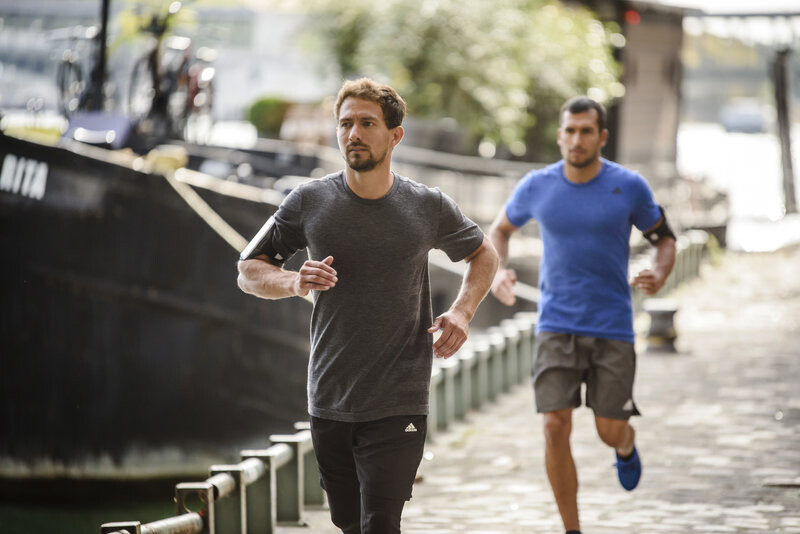
A lot of what happens during training and racing is out of your control. Maybe you got the flu part-way through your training cycle and had to take a week off. Perhaps you woke up on race day to crazy winds or pouring rain. When something unexpected happens that derails your training or ruins your shot at a PB, it’s easy to panic, get upset and throw in the towel, but it doesn’t have to be that way.
Take Olympic bronze medallist Molly Seidel. She revealed after the race that in her build-up to the New York City Marathon, she had cracked three ribs. Instead of letting that ruin her race (or giving up entirely), she did however much running she could handle and ended up setting an American course record and placing fourth.
After the race, she said, “It doesn’t have to be perfect going into these things, but if you put your effort out there, if you pour everything you have into this, you’ll find a way.”
Relax and enjoy yourself
It’s important for runners to remember that the reason you put your shoes on every day is that you love the sport. If your drive to get a new personal best is preventing you from enjoying the process, then what’s the point? Instead, try to relax and have fun with it.
(05/12/2022) ⚡AMP
by Running Magazine
Des Linden is going to be running the 2022 BAA 10K
The Boston Athletic Association (B.A.A.) announced today that 2018 Boston Marathon champion and two-time Olympian Des Linden will return to compete in the 2022 B.A.A. 10K, presented by Brigham and Women’s Hospital, on Sunday, June 26. The B.A.A. 10K is the second event of the 2022 B.A.A. Distance Medley, a three-race series which also includes April’s B.A.A. 5K and November’s B.A.A. Half Marathon.
Earlier today, Linden announced on Instagram her participation in the upcoming event.
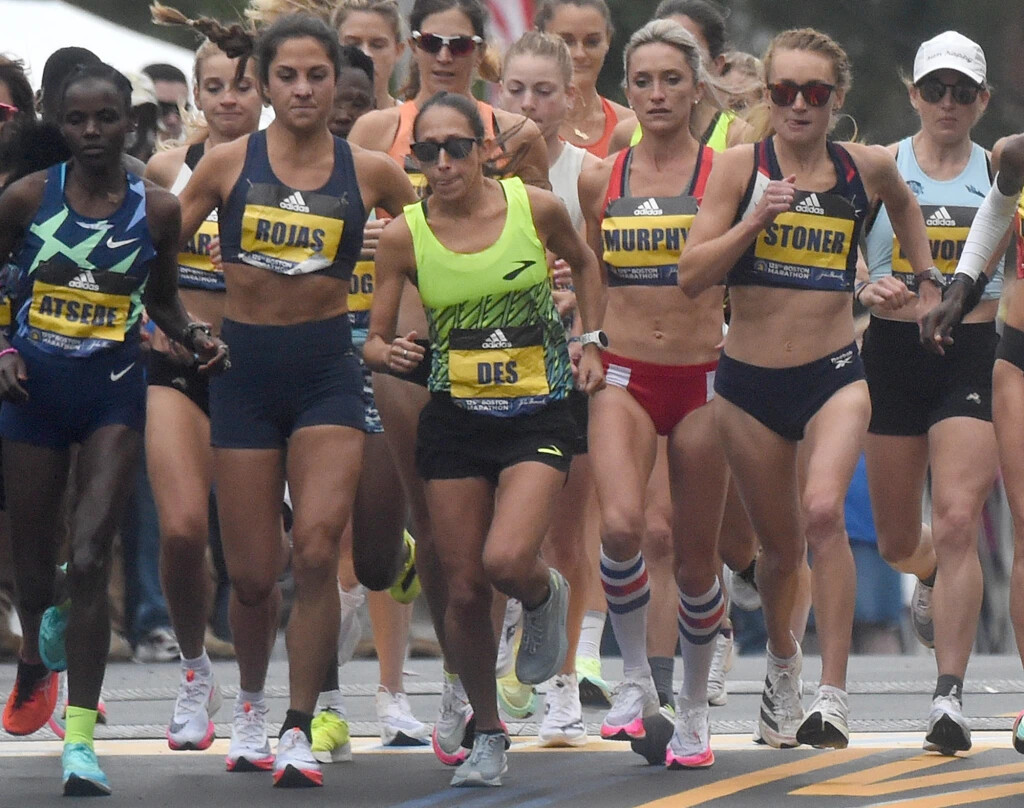
In 2018 Linden won the Boston Marathon, the first time an American woman claimed the open division title in 33 years. She has placed in the top five at the Boston Marathon five times and last ran the B.A.A. 10K in 2018 when she ran among the masses and finished hand in hand with B.A.A. runner Katsuhiro Togami.
Registration for the 2022 B.A.A. 10K, presented by Brigham and Women’s Hospital, is currently open through the B.A.A.’s online platform Athletes’ Village. All participants who enter will receive an adidas participant shirt, unique bib number, and finisher medal. Additional participant information can be found on baa.org. The race will start at 8:00 a.m. ET on Sunday, June 26 on Charles Street adjacent to Boston Common and Boston Public Garden.
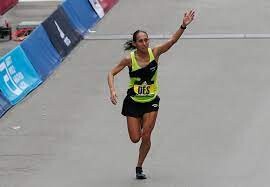
Athletes interested in supporting Brigham and Women's Hospital, the B.A.A. 10K’s presenting sponsor and exclusive fundraising partner, are encouraged to visit www.runbwh.org/10k. Since 2016, more than 2,100 runners and 180 teams have raised $1.2 million to fuel life-giving breakthroughs at Brigham and Women’s Hospital.
Linden will also be participating in the first-ever B.A.A. 10K Fest & Field Day on Saturday, June 25, one day prior to the race. From 2:00 p.m. to 6:00 p.m. at Boston Common, 10K Fest & Field Day will feature youth fitness activities, games, appearances by professional athletes, running clinics, and more. Participants will also be able to pick-up their participant shirts and bib numbers at 10K Fest. Additional details will be available on baa.org in the coming weeks.
ABOUT THE BOSTON ATHLETIC ASSOCIATION
Established in 1887, the Boston Athletic Association is a non-profit organization with a mission of promoting a healthy lifestyle through sports, especially running. The B.A.A.’s Boston Marathon is the world's oldest annual marathon, and the organization manages other local events and supports comprehensive charity, youth, and year-round running programs.
Since 1986, the principal sponsor of the Boston Marathon has been John Hancock. The Boston Marathon is part of the Abbott World Marathon Majors, along with international marathons in Tokyo, London, Berlin, Chicago, and New York City. For more information on the B.A.A., or the B.A.A. club, racing team, and High Performance Team, please visit www.baa.org.
(05/12/2022) ⚡AMPB.A.A. 10K
The 6.2-mile course is a scenic tour through Boston's Back Bay. Notable neighborhoods and attractions include the legendary Bull and Finch Pub, after which the television series "Cheers" was developed, the campus of Boston University, and trendy Kenmore Square. ...
more...2022 Salzburg Marathon returns on Sunday after a three-year break
After a three-year break, the Salzburg Marathon is returning. The “Running Festival in Mozart’s Hometown” takes place in the spirit of togetherness and peace this Sunday, May 15.
Runners from 60 nations join the wide range of running events over the weekend. Austrian national marathon championships are the main sporting focus.
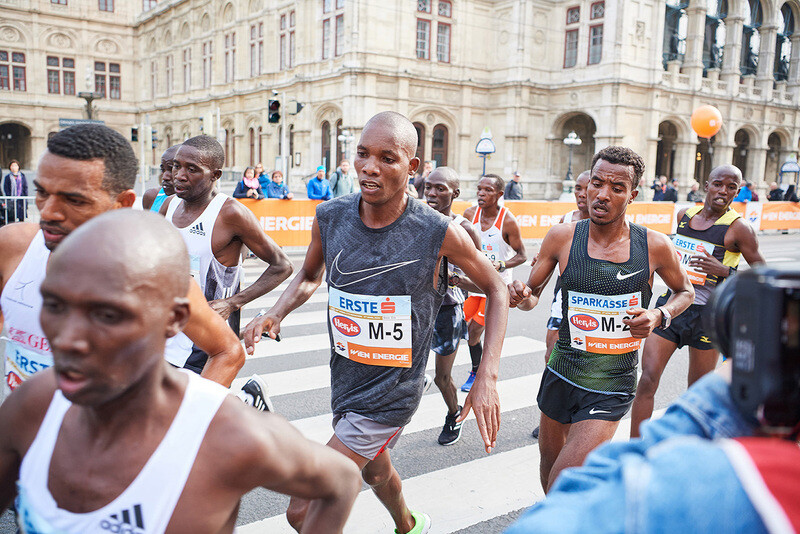
Known as a worldwide center for classical music, the running event takes place under the name of “Running Festival of Mozart’s City”. A diverse and colorful programme with ten different competitions and the motivating atmosphere of peaceful togetherness inspire several thousand participants.
From a sporting point of view, the Austrian National Marathon Championships take center stage. National record holder Eva Wutti hopes to qualify for the European Championships in Munich. She needs to beat the time of 2:32:00 hours. In the men’s race, Mario Bauernfeind, Isaac Kosgei and Georg Schrank are among the contenders for victory and the championship title. While the elite field consists of Austrian runners, the event as a whole is a huge international get-together.
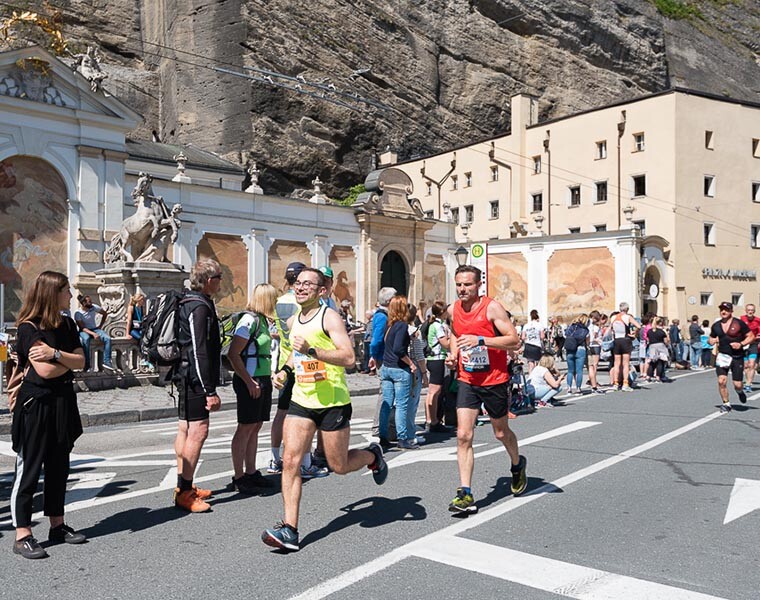
The attractive marathon and the tourist appeal of Salzburg bring runners from 60 countries to the start.
The comeback of the Salzburg Marathon for its 19th edition has special significance for race director Johannes Langer: “Running brings people together. Finally we can garnish the desire to run with the special experience factor again – and all this at an atmospheric, international running event.”
Salzburg Marathon course records stand at 2:14:16, set by Eliud Kiplagat in 2013, and 2:35:05 by Risper Kimayo in 2011. While the men’s record looks safe this year, the women’s record could come under threat, as Austrian favorite Eva Wutti has a personal best of 2:30:43 from 2020.
The Marathon starts on Sunday, 15 May, 9.00 am. Last minute entry will be available on site.
The route leads through Salzburg‘s historic old town, which has been a UNESCO World Heritage Site for 25 years, and touches the green surroundings outside of town. It is a flat and AIMS certified course that is officially recognized as a qualification event for international championships. Austrian Athletics Federation holds the national marathon championships there for the seventh time since 2007. Finish area is located in front of the world-famous Grosses Festspielhaus (Large Festival Hall) with a breathtaking view of Fortress Hohensalzburg.
Shorter distances at the Salzburg Marathon weekend motivate many people to participate and lead an active lifestyle. On Sunday, in addition to the marathon, the Sparkasse Half Marathon, the Hervis-10K Salzburg CityRun and the Hyundai Relay Marathon will take place. Among the participants in the relay is Olympic athlete Peter Herzog. The Austrian marathon record holder (2:10:06) is preparing for a start at the 10,000 m European Cup at the end of May.
(05/12/2022) ⚡AMPby AIMS
Salzburg Marathon
The Salzburg Marathon is a marathon in Salzburg, Austria. First held in 2004 and organized by Club Run Austria. The program also includes a half marathon that has been held since 2001, a 10 km run, the "Get active" junior marathon and other competitions. Enjoy a special marathon-feeling while passing many of the best known sights of Mozart's hometown! The...
more...Peres Jepchirchir, Senbere Teferi and Sara Hall Headline 50th New York Mini 10K
With one month to go until the 50th anniversary of the Mastercard® New York Mini 10K, New York Road Runners (NYRR) announced today that Olympic, TCS New York City Marathon, and Boston Marathon champion Peres Jepchirchir, United Airlines NYC Half champion and 5K world-record holder Senbere Teferi, and two-time Mastercard® New York Mini 10K champion Sara Hall will headline the professional athlete field for this year’s race.
The Mini 10K, which began in 1972 as the first women-only road race known as the Crazylegs Mini Marathon, has gone on to garner more than 200,000 total finishers to date. Former NYRR President Fred Lebow named the race after the miniskirt, which back then was in vogue. A total of 72 women finished the first race, and three weeks later, Title IX was signed into law, guaranteeing girls and women the right to participate in school sports and creating new opportunities for generations of female athletes.
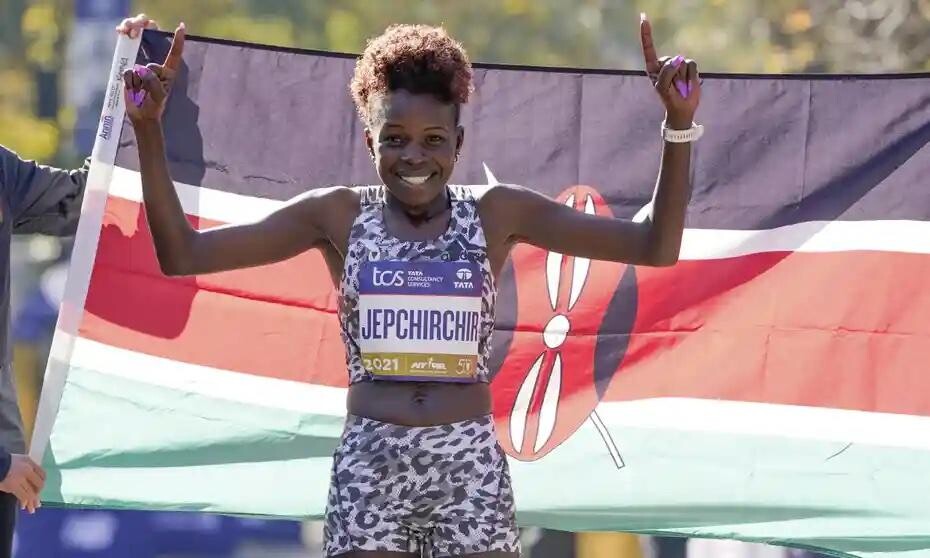
Jepchirchir, of Kenya, is the only athlete – male or female – to have won the Olympic, New York City, and Boston marathons, and is also a two-time world champion in the half marathon. Last year, she won gold in the Tokyo Olympic marathon by 16 seconds, and then four months later ran the third-fastest time in TCS New York City Marathon history (2:22:39) to win the race in her U.S. debut. In April, in a back-and-forth race that came down to the final mile, she fended off Ethiopian Ababel Yeshaneh to take the Boston Marathon title in her debut in the event and will now be racing the Mastercard® New York Mini 10K for the first time.
“I have heard about the Mini and how it is a wonderful celebration of women and running,” Jepchirchir said. “It is very important to me that I use my success to inspire young women and girls coming after me. It is very special to be able to return to New York City after my marathon victories in New York and Boston to be a part of the 50th anniversary of this race.”
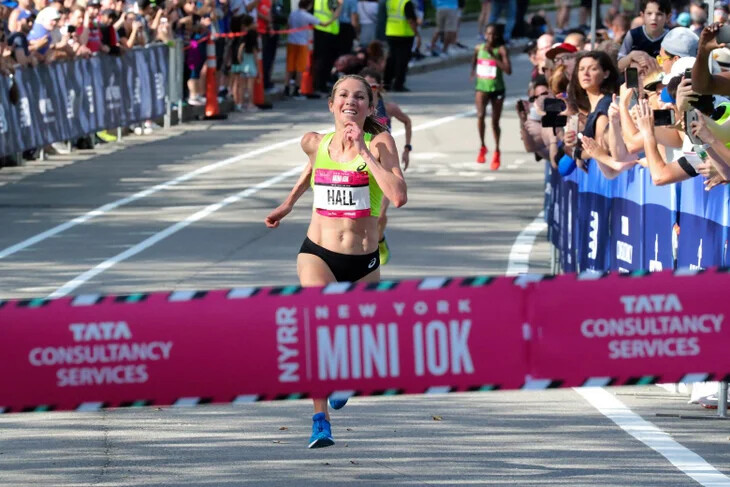
Teferi, of Ethiopia, is a two-time Olympian, two-time world championships silver medalist, and the 5K world-record holder. Earlier this year, she set both the course and event records at the United Airlines NYC Half, finishing in a time of 1:07:35 to win the race. She followed that up a month later by winning the B.A.A. 5K in a course-record time of 14:49. In her NYRR race debut, Teferi won the 2019 UAE Healthy Kidney 10K with a time of 30:59, breaking the previous course record set in 2014 by Joyce Chepkirui.
“My first race in the United States was in New York City in 2019, and I broke the event record at the Healthy Kidney 10K in Central Park,” Teferi said. “Then, earlier this spring, I broke the event record at the United Airlines NYC Half, again crossing the finish line in Central Park. I cannot promise another record on June 11, but I am happy to return to Central Park for my first Mini 10K, and look forward to be joined by thousands of my sisters-in-running.”
Hall, of the United States, who has 10 national titles to her name, ran what was then an American record-breaking 1:07:15 half marathon at the Houston Half Marathon in January. She was the runner-up at the 2020 London Marathon and that same year clocked what was then the second-fastest marathon ever by an American woman at The Marathon Project. She is the two-time reigning champion of the Mastercard® New York Mini 10K, having won the 2019 event that also served as the USATF 10 km championships and then following it up in 2021 with another victory.
“My three races at the Mini have all aligned with big important milestones in the history of the event: The first time hosting the USA Championships in 2019, the first big NYRR race coming out of the pandemic in 2021, and now the 50th anniversary in 2022,” Hall said. “I’m very aware that many of the opportunities I’ve had as an athlete are because of the groundbreaking work of the women who came before me, and of my duty to inspire the young women who will follow me, including my daughters. I will do everything I can to honor all of them with another top finish on June 11.”
The Mastercard® New York Mini 10K will offer $45,000 in total prize money, including $10,000 to the winner of the open division and $2,500 to the winner of the wheelchair division. The professional athlete races will be streamed live on USATF.TV beginning at 7:40 a.m. ET. Mastercard® will serve as title sponsor of the event for the second time, and as part of its on-going partnership with NYRR will also serve as the presenting sponsor of professional women’s athlete field.
To mark the 50th anniversary, several legends and pioneers of the sport will also be joining the Mastercard® New York Mini 10K race weekend festivities this year, including Jacki Marsh-Dixon, the first Mini 10K champion; Kathrine Switzer, the 1974 New York City Marathon champion who also ran the first Mini 10K; Deena Kastor, Olympic medalist and 2004 Mini 10K champion; and Lynn Blackstone, Pat Barrett, Jane Muhrcke, and Nina Kuscsik, four of the “Six Who Sat” at the 1972 New York City Marathon. Both Switzer and Blackstone will run the Mini 10K again this year.
(05/12/2022) ⚡AMPby Letsrun
New York Mini 10K
Join us for the NYRR New York Mini 10K, a race just for women. This race was made for you! It’s the world’s original women-only road race, founded in 1972 and named for the miniskirt, and it empowers women of all ages and fitness levels to be active and to look and feel great on the run. Every woman who...
more...71-year-old Jo Schoonbroodt ran 2:54:19 at Maasmarathon in Belgium to break the M70+ world record by 29 seconds
Over the weekend (May 8, 2022) at the Maasmarathon of Visé in Belboom, Belgium, Jo Schoonbroodt of the Netherlands broke Ed Whitlock’s M70+ marathon world record of 2:54:48 by 29 seconds. Schoonbroodt ran 2:54:19 to win the men’s 70-74 age category (by an hour and a half) and also set the M70+ world record.
Schoonbroodt set out with the a goal of running under three hours to complete the 75th marathon he has run under the three-hour barrier, but he had a slight tailwind in the first half of the course, covering it in 1:26:18. The second half was into the wind, but Schoonbroodt tucked in behind another runner to help mitigate the effect.
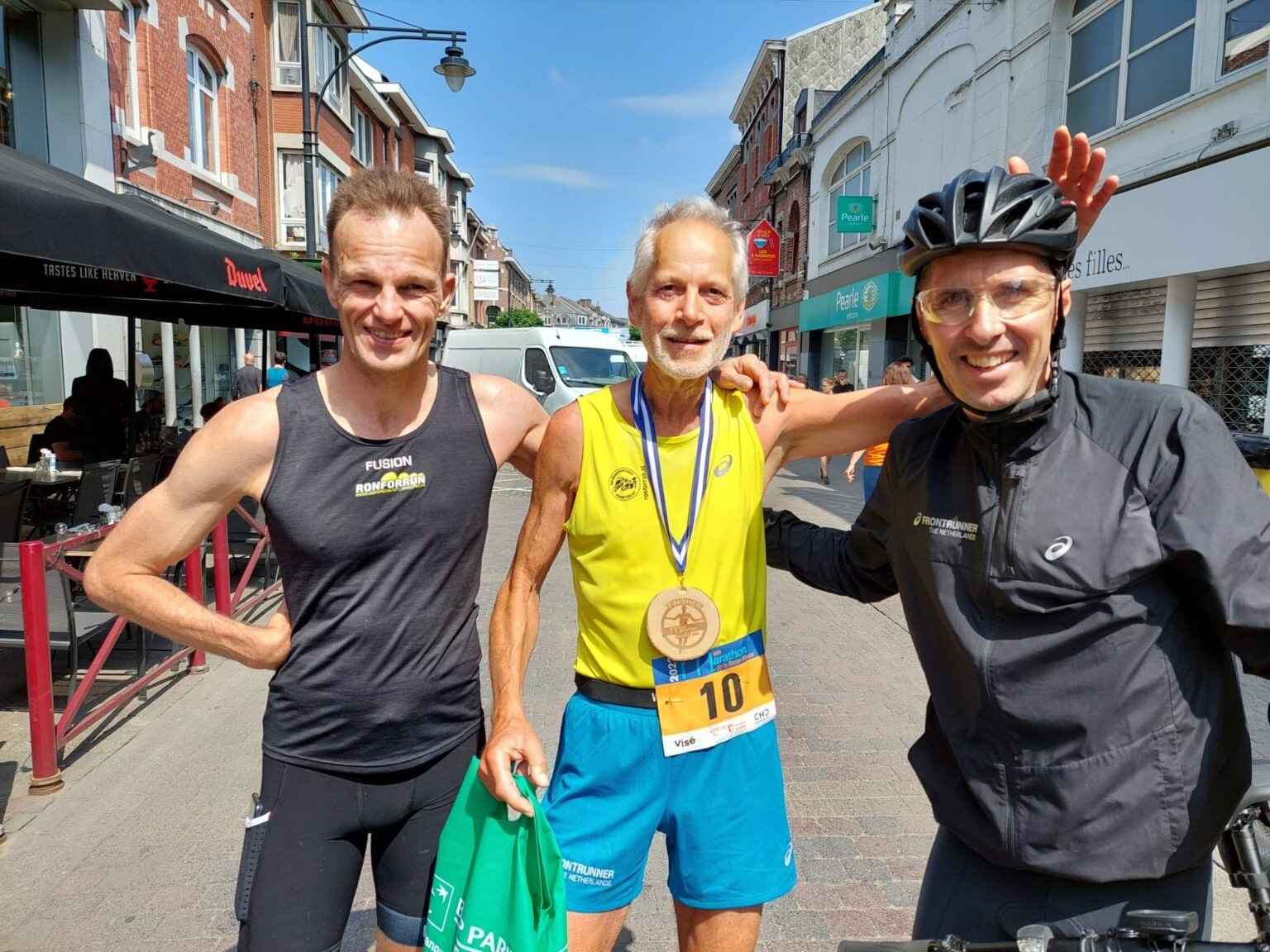
His time not only beat Whitlock’s official record of 2:54:48, but also U.S. masters runner Gene Dykes unofficial record time of 2:54:23 by four seconds; Dykes ran this time at the Jacksonville Marathon in 2018, only to discover the course was not sanctioned by USATF.
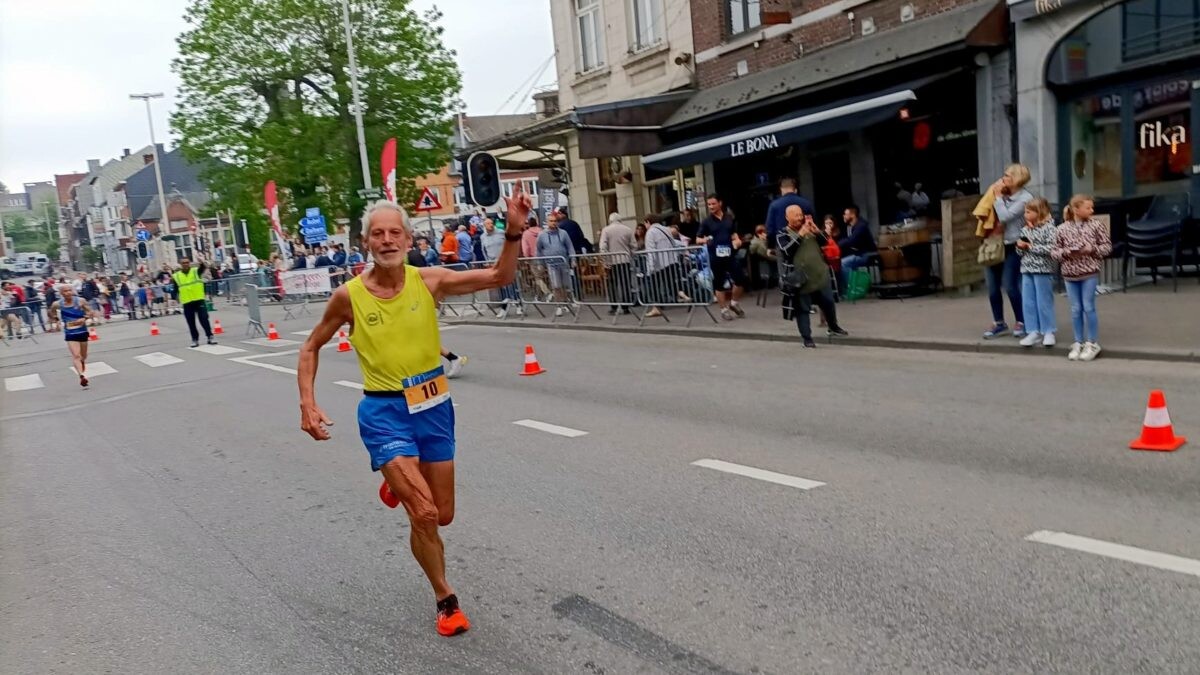
We reached Dykes for a comment: “I’ve been watching with anticipation for Jo to break the record!” he told us in a Facebook message. “My odds of retaking the lead this fall are extremely long–I’m looking forward to tussling with Ed at M75 next year. It would appear that Jacob Nuris going to wipe out the M70 records three years from now.”
According to Strava, Nur is a runner from Elk Grove, Calif. He is 66. And according to USATF, he broke the M65-69 American record in the 10K in November in Sacramento (35:42), as well as the 10-mile American record in 59:11 at the NorCal John Frank Memorial 10-Mile in March.
Schoonbroodt said on his Instagram page that he was not fixated on breaking the record before the race. “A time under three hours was my goal, but I am now happy I can call myself the fastest 70+ runner on the planet.”
This record is not Schoonbroodt’s first, as the Maastrict, Netherlands, resident ran the M60+ six-hour world record in 2012, covering almost 79 kilometres. “I have always been inspired to run by others,” Schoonbroodt says. “Hopefully this record inspires others around my age to start running.”
When the 71-year-old marathoner isn’t running, he is usually playing with his grandkids or hiking in the Dutch countryside. According to his website, he likes to live according to the motto of enjoying every day and being present in the moment.
(05/11/2022) ⚡AMPby Running Magazine
Maas Marathon De La Basse-Meuse
Ever since the initial steps, in 1999, all the organizers, the towns, cities and municipalities involved in this 26.2 mile challenge have constantly been expressing their delight at their investment. Over the years, we have noticed the marathon participants looking for races that are able to offer an extra and original dimension in terms of the circuit and activities. We...
more...Why you should run on the treadmill when coming back from an injury
Getting back into running can be difficult when you are coming off a serious injury. When you are given the green light to start running again, it’s crucial to be cautious to prevent your injury from flaring up. Most runners will choose to run outside because it is more effective than using a treadmill, but from an injury prevention standpoint, you may be surprised that the treadmill is the best place to start.
It’s easier to maintain your pace and effort on a treadmill than running outdoors. Outdoors, you are usually going by feel or your heart rate monitor, whereas on the treadmill, you can control the pace and the gradient to make sure you are taking it easy. The treadmill allows you to work on your form, cadence and pace, which is harder to do outdoors. For example, if you have been told that you are overstriding and were given tips to lean a bit more forward in your stride to solve the issue, the treadmill is a great place to practise.

Although the treadmill doesn’t have the same fresh scents as running outdoors, it is easier on joints. Running outdoors can result in a lot of impact on your joints when coming back from an injury, and most treadmills have a built-in shock absorbency to cushion your impact. Besides the speed and the ramp (both of which you can control), a treadmill doesn’t have any unforeseen obstacles.
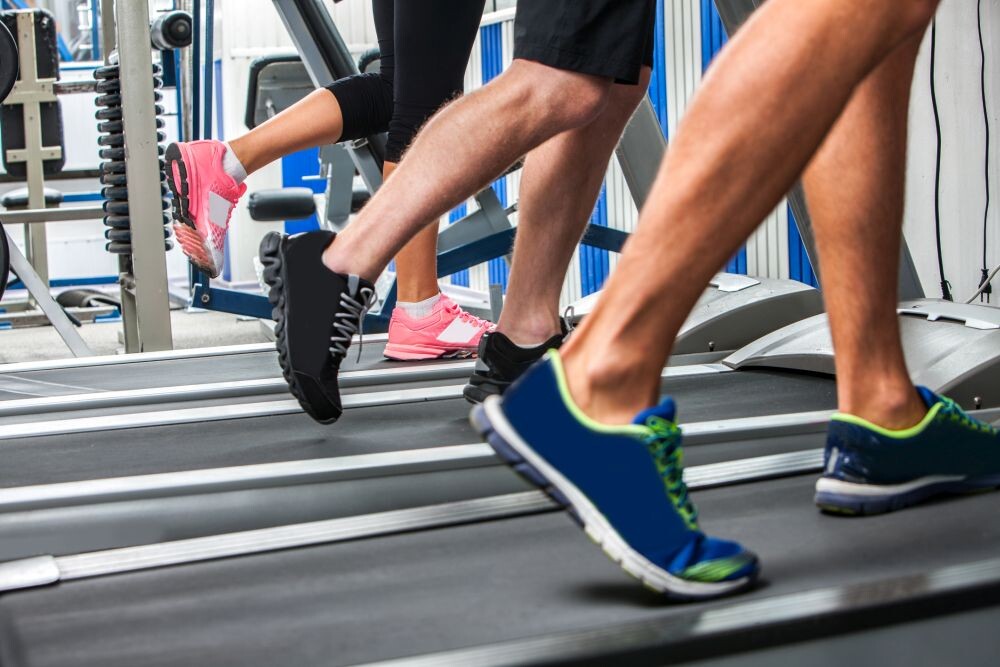
There are no unexpected hills, ice, or rain on a treadmill, so there’s no need to worry about slipping and flaring up your injury on a day of inclement weather.
After you build up the strength and confidence, you can return to training outdoors. If you are training for a race, it’s best to acclimatize your muscles to the environment on race day. Relying on treadmill runs for all your workouts leading up to a spring race might not be the best idea for acclimatization.
(05/11/2022) ⚡AMPby Running Magazine
2022 Cellcom Green Bay Marathon returns in person
The 23rd Cellcom Green Bay Marathon is set for Sunday, May 15th, in person finally.
For runners completing the full marathon, it’ll be the first time they’ll hit the course together since 2018.
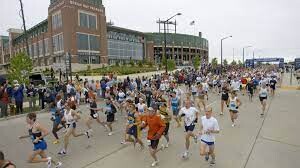
“I can’t wait. This is our hometown event. We put so much effort into making this event as amazing as it can be for everyone, so our pace team is going to be out there helping everyone. It’s going to be a party atmosphere,” says Carrie Miller, runner and founder of On Pace Race.
COVID-19 forced the races to go virtual the past two years, and the year before that, flooding on the course prompted the cancellation of the full marathon at the last minute on race morning.
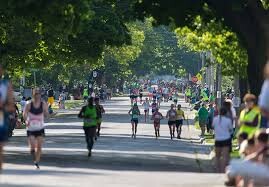
“I think it’s just a sense of normalcy just getting to be back together,” says Cellcom Green Bay Marathon spokesperson Tammy VanDenBush. “There’s something about chasing goals together. You get that energy from other runners.”
With the return comes a lot of change.
All the running events will be held Sunday morning, with staggered start times.
There’s no expo or kids’ run this year as organizers work to ramp events back up.
All the festivities, including packet pickup and the post-race party, will take place outside The Bar on Holmgren Way.
“The Stadium District, as you know on game day, is so fun and we’re really excited to bring that to race day and bring that energy down to the Stadium District, but the course is really our biggest change for the year,” says VanDenBush.
That includes the start and finish lines.
“The marathon is using Mason Street for the first time, so that’s where they’ll be crossing the Fox River both directions,” says VanDenBush. “A lot of it is the same... Ashwaubenon, north of the stadium Green Bay neighborhoods, but then the marathon goes over Mason Street, having some miles in Allouez, which we haven’t had before, and then they’ll be hopping on the trail.”
She says the portion of the Fox River Trail that flooded in 2019 is no longer part of the course.
Carrie Miller, who started pacing runners at the Cellcom Green Bay Marathon five years ago, says the excitement of a return to normal at their signature race is drawing in double her normal number of pacers.
(05/11/2022) ⚡AMPby Sarah Thomsen
Cellcom Green Bay Marathon
The Cellcom Green Bay Marathon and Half Marathon courses are considered to be fast and flat, by race industry comparisons. The courses finish with a “tailgate” themed party in the Lambeau Field parking lot! The marathon starts in front of Lambeau Field and pass along tree-lined streets in west Green Bay and the village of Ashwaubenon. Then the marathoners head...
more...Seven secrets to Prevent Running Injuries
More than half of all runners deal with at least one injury per year. There's really no good reason for this phenomenon. But it's constant, mostly because runners don't train intelligently or they follow programs that are faulty in design. Injuries happen because the physical stress from running is too much for your body to handle at that time. The human body is great at adapting to stress, but only when you apply that stress in small doses. When you apply the stress too quickly for your body to adapt, something breaks down.
Every time your foot lands on the ground, your leg absorbs two to three times your body weight. Multiply that by the number of steps you take to run five miles, and multiply that by how many times you run each week, and you can see how much stress your legs have to deal with to be a runner.
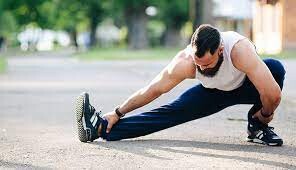
The main predictors of running injuries are:
Mileage: How many miles you run per week is the greatest predictor of injury risk. It's hard to say exactly how many miles per week increases the risk of injury because that's an individual matter. You may be able to handle 50 miles per week and your running partner may get injured with 30. Some runners (called Olympians) can run more than 100 miles per week and not get injured. On average, the risk of getting injured is two to three times greater when running at least 40 miles per week.
Previous injury: If you've had an injury in the past, you're at an increased risk for another one. A previous injury makes that body part more vulnerable.
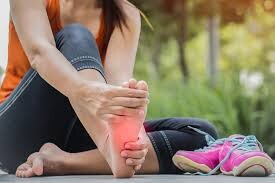
Lack of running experience: If you're a new runner, you have a greater risk for injuries because you're not yet used to the stress of running.
So, do you want to stop getting injured? Follow these seven training secrets:
1. Train smart.
To train smart, train at more effective levels of effort to get the best results. The goal of training is to obtain the greatest benefit while incurring the least amount of stress. That means you want to run as slow as you can while still meeting the purpose of the workout and obtaining the desired result. Follow a systematic and progressive training plan, with each cycle of training building on what came before to create a seamless and safe program. Better yet, consult a coach to get a training program customized for you.
2. Increase your weekly running mileage very slowly and spread it out over the whole week.
How quickly you increase your weekly mileage probably has the greatest impact on whether you get injured. The slower you increase your weekly mileage, the less chance you'll get injured.
When you increase your mileage, add only about a mile per day of running so that you spread the stress around. For example, if you run 20 miles over four days in a week, run no more than 24 miles next week by adding one mile to each of the four days. Don't run 24 miles next week by adding all four miles to only one day of running.
Many books and articles quote the 10 percent rule of increasing mileage, but there's nothing special about 10 percent, and you can often increase by more than that if you're smart about how you do it.
If you're a highly trained runner, you may be able to get away with adding more miles more quickly, especially if you have experience running longer distances. For example, if you've run 60 miles per week in the recent past and now you're training for your fifth marathon and building your mileage, you don't necessarily have to go from 40 to 45 to 50 to 55 to 60 miles per week over a couple of months. You may be able to make bigger jumps in mileage because your legs already have experience running 60 miles per week. However, if 60 miles per week is brand new territory for you, then you need to increase your mileage in smaller increments. If you're a new runner, an older runner or are prone to injury, run the same mileage for three to four weeks before increasing it.
3. Don't increase your running mileage every week.
Run the same mileage for two to four weeks before increasing it. Give your legs a chance to fully absorb and adapt to the workload. You want 30 miles per week to be a normal experience for your body before increasing to 35 miles per week. And that takes time.
4. Don't increase the distance of your long run every week.
This is especially important if you're entering unchartered territory with your long runs (i.e., you've never run that distance before). Repeat the same long run for a few weeks before running longer. You want a 9-mile run to become normal before you try to run 10 miles. Most marathon and half-marathon training groups make the costly mistake of ramping up the long run too quickly because their training programs are only five to six months long, so they increase the distance of the long run every week throughout their programs until it's time to taper two to three weeks before the race. That's a good way for new or recreational runners to get injured because the stress increases week after week without a break. If you're running your first marathon or half-marathon and you're starting from a short(ish) long run, you need to give yourself much longer than five or six months to prepare without risk of injury.
5. Don't make the long run so long.
To avoid injury, don't make your long run such a large percentage of your weekly running. Ideally, your long run shouldn't be more than about a third of your weekly mileage. So, if your long run is 10 miles, you should run at least 30 miles per week. If your long run is 20 miles, you should run at least 60 miles per week. The majority of runners don't run that much, so you need to be creative when training so that you don't accumulate so much stress in one run.
Don't misunderstand--the long run should be stressful. After all, you're running for a long time and trying to make yourself exhausted so your body adapts. However, you don't want the long run to be so much more stressful than any other run during the week. It's always better to spread the stress around. Complete a medium-long run mid-week that's about 65 to 75 percent of the length or duration of your long run. This strategy helps to ameliorate the potential damage of your long run being more than a third of your weekly mileage.
Read More: 8 Baby Steps to the Marathon for Beginners
6. Run EASY on your easy days.
The biggest mistake runners make is running too fast on easy days. This adds unnecessary stress to your legs without any extra benefit and will make it more difficult to complete a quality run on your harder days. Easy runs should feel gentle and allow you to hold a conversation (about 70-75 percent max heart rate).
7. Never increase your weekly mileage and the intensity of your workouts at the same time.
When you begin to include interval training and speed work into your program, either reduce the overall mileage for the week or maintain your mileage from where it was before you added the extra intensity. Your legs can handle only so much stress at once. Trying to increase your running volume while also increasing the intensity of your workouts is too much for most runners to handle.
(05/11/2022) ⚡AMPby Jason R. Karp, Ph.D.
Letesenbet Gidey chooses Valencia for debut marathon
The 42nd Valencia Marathon Trinidad Alfonso is the stage that the NN Running Team athlete Letesenbet Gidey has chosen to debut at the distance of 42,195 meters.
Valencia has become the Ethiopian runner’s favorite city as she has achieved two of her four world records in the city of running. In fact, in both her two performances in Valencia she has come away with a world record.
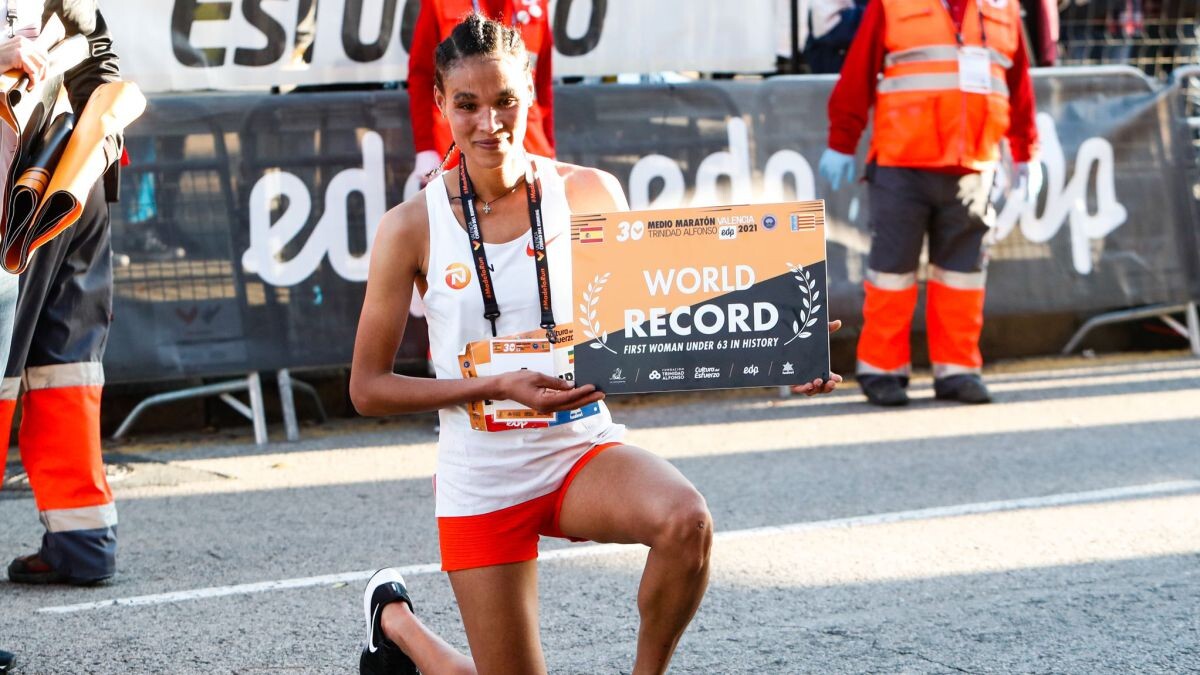
On December 4, the athlete will return to the streets of Valencia to take part in the Valencia Marathon with the aim of continuing to make athletics history. This will come just a few months after another great event, the World Athletics Championships in Oregon (USA), where she will probably compete in the 10,000m race.
“I am happy to share that I will make my marathon debut in Valencia on 4th of December. I have a special relation with Valencia. In 2020 I broke the World Record in 5.000m. In 2021 I broke the World Record in Half Marathon. Now in 2022, I hope to run a great first marathon”, said Gidey.
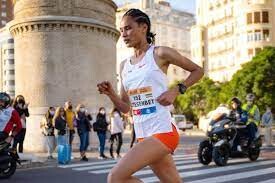
For the race’s international elite coach Marc Roig, Gidey’s participation confirms “Valencia’s position as a world running venue, as well as its long-term link with one of the best athletes, if not the best, in the world”. “Knowing that many marathons wanted her to debut in their cities, we are proud that Letesenbet Gidey has chosen Valencia. It demonstrates that we offer what athletes want”, he explained.
Gidey began her love affair with Valencia in 2020 during the NN Valencia WR Day, when she set a world record in the 5000m with 14:06.62. In October 2021, she took part in the Valencia Half Marathon Trinidad Alfonso Zurich, where she achieved her second world record in what was her debut over the distance with a stratospheric 1:02:52. Her other two WRs came in the Netherlands, in 2019 in Nijmegen in the 15K road race, which she completed in 44:20, and last year in Hengelo in the 10,000m with a time of 29:01.03.
Letesenbet Gidey is the first of the big names that the Valencia Marathon Organizing Committee has confirmed among the elite athletes who will participate in the 42nd edition of the race, which wants to continue fighting to climb positions in the world marathon ranking.
(05/11/2022) ⚡AMPby AIMS
VALENCIA TRINIDAD ALFONSO
The Trinidad Alfonso EDP Valencia Marathon is held annually in the historic city of Valencia which, with its entirely flat circuit and perfect November temperature, averaging between 12-17 degrees, represents the ideal setting for hosting such a long-distance sporting challenge. This, coupled with the most incomparable of settings, makes the Valencia Marathon, Valencia, one of the most important events in...
more...Only three men in the world over the age of 70 have run a marathon in under three hours
History was made at the 2021 London Marathon held in October. Mike Sheridan became the first British runner over the age of 70 to complete the race in under three hours.
The 72-year-old finished the 26.2 mile course in an official time of 2:59.37, to write his name into the history books.
Mike Sheridan (first photo) also became only the third person in the world to achieve this feat.
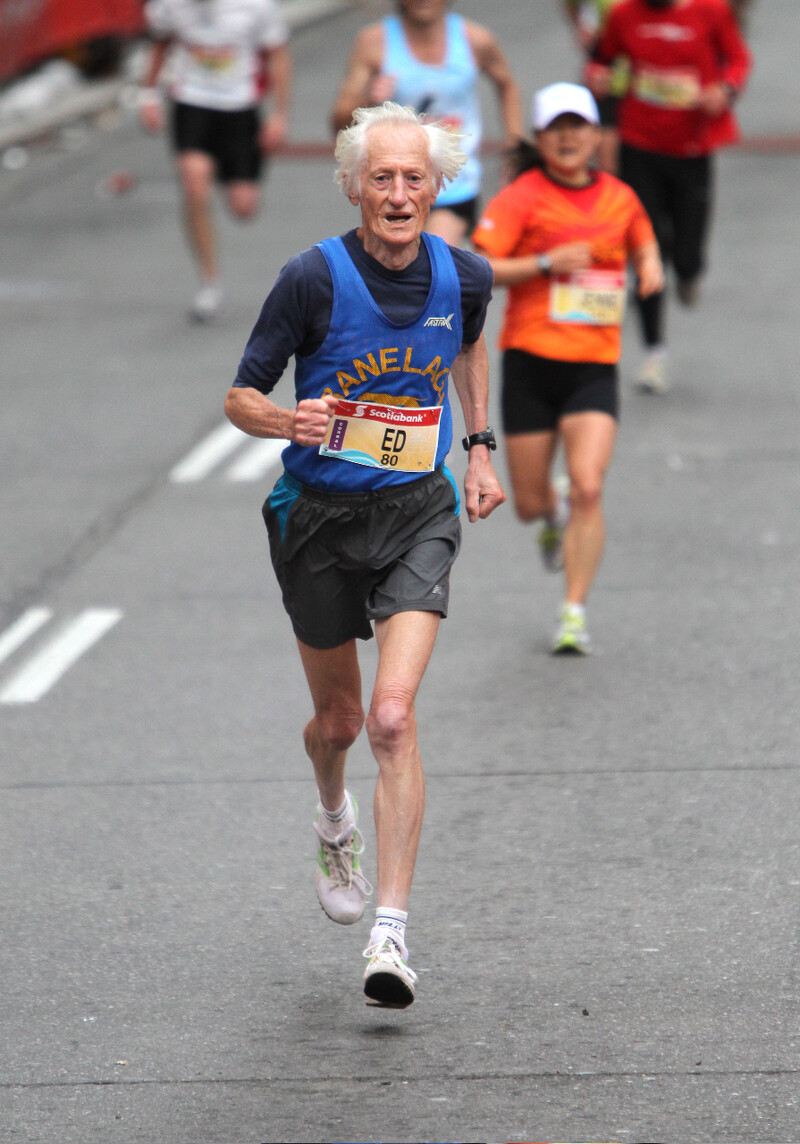
Ed Whitlock (second photo), who died in 2017, and Gene Dykes are the only other two who are on the list of runners over 70 to have completed a marathon in under three hours.
Ed Whitlock was an English-born Canadian long-distance runner, and the first person over 70 years old to run a marathon in less than three hours, with a time of 2:59:10 in 2003.
Whitlock, who ran as a teenager and took up the sport again in his forties, first became the oldest person to run a marathon in less than three hours in 2000, at the age of 69, with a time of 2:52:47. He later extended this record, running a time of 2:58:40 at the age of 74. At 73, he set a world record in the marathon for men 70 to 74, running a 2:54:48, his fastest time after turning 70.
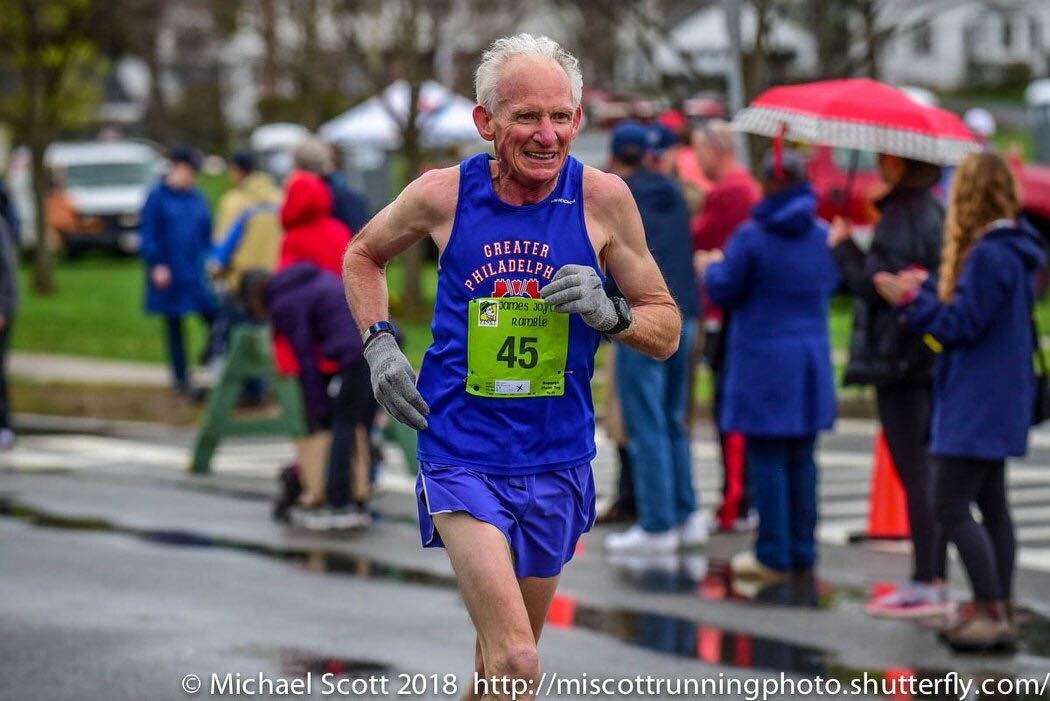
Gene Dykes (third photo) ran his best race, by his own estimation, on December 15, 2018, when he clocked a 2:54:23 at the Jacksonville Marathon. That gave Dykes, then 70, the fastest marathon ever by a 70+ runner. While his time can not be ratified as an official record, because the Jacksonville race was not USATF sanctioned, no one has questioned the legitimacy of the flat, certified, out-and-back course.
Dykes, from suburban Philadelphia, also ran two other sub-3:00s after turning 70 in April, 2018 — Rotterdam and Toronto.
The new member of the 70 plus sub three hour club, Mike Sheridan hit halfway in London in 1:30:16, but got quicker over the second half and his fastest 5km split of 20:41 came from 35km to 40km. He picked up an even faster pace over the last 2km.
The 72-year-old compared running a marathon to ‘physical chess’ as there is a lot you have to take into account.
“A marathon is physical chess,” he said. “You start on the start line, you know you have 26.2 miles to do, but you also know that the human body does not have enough reserves to run the whole thing flat out.
“You have to manage the conditions, other runners, the wind and the rain sometimes.
“You have to manage your own fuel sources and you have to carry gels and you have to top up at the right time.
“You have to eat properly and all of these things come into it and that’s why I call it physical chess.
“You can plan it very well, but if you get a headwind in the last 10 miles then you have a battle on your hands and you have to adapt. It’s why I love it, it is a brilliant distance really.”
(05/10/2022) ⚡AMPTCS London Marathon
The London Marathon was first run on March 29, 1981 and has been held in the spring of every year since 2010. It is sponsored by Virgin Money and was founded by the former Olympic champion and journalist Chris Brasher and Welsh athlete John Disley. It is organized by Hugh Brasher (son of Chris) as Race Director and Nick Bitel...
more...Mastering the easy run isn’t as easy as it sounds
It’s easy to get caught up in the pace, the nice weather or how great your legs are feeling on that particular day. A reason runners don’t run hard on every run is that it increases the body’s chance of getting an injury. Pushing your body to its threshold does not allow the muscles to recover, which will ultimately hinder your performance. There are a few approaches out there that you can use to make sure your easy days don’t become hard.
The most useful non-scientific approach is to ignore all of it and go at a pace where you can easily talk/hold a conversation. This doesn’t mean you should be able to recite a short story, but you should be able to chat with your running partner without gasping for air. If you can do this, you’re not overextending yourself aerobically. If you can’t say more than a few words without losing your breath, you’re running too hard to call it an easy run.
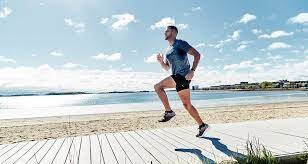
There is a more scientific approach: you can use a heart rate monitor. The idea here is to keep your heart rate in aerobic zones to enhance your recovery from high-intensity exercise through increased aerobic response, which helps remove built-up lactic acid from the muscles. Going by your heart rate on recovery runs is the easiest way to make sure you’re keeping the effort controlled.
We aren’t asking for you to look at your heart rate for every second of your run, but start at an easy conversational pace and see where your heart rate is at every kilometer or so, to ensure you are staying within the aerobic HR zones.
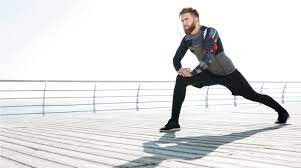
If you are unsure of your aerobic heart rate zones (which can vary on age and health condition), subtract your age from 220. For example, a 30-year-old will generally have a max heart rate of around 190 beats per minute (bpm). Your aerobic HR zone is 65 to 80 percent of your max heart rate. Therefore the aerobic heart rate zone of a 30-year-old is between 120 and 150bpm.
Another thing to consider when going for a recovery run is footwear. You want to wear the most comfortable pair of running shoes that you own. There’s no need to go fast when you’re running easy, therefore wear something that feels amazing on your feet. Having shoes that can get you from point A to point B without pain or discomfort helps the miles go by in a leisurely way.
Some other tips to keep your easy run easy are to avoid hilly routes and to put on a playlist or podcast to help you zen out.
(05/10/2022) ⚡AMPDublin Marathon will hit the streets again after an absence of two years
After an absence of two years due to Covid-19, the Dublin City Marathon returns to the streets of Dublin on October 30.
The event faces two significant challenges, according to long-time race director Jim Aughney. The cost of running the race has risen considerably, but the organizers are dependent on the entry fees paid by participants for the 2020 race.
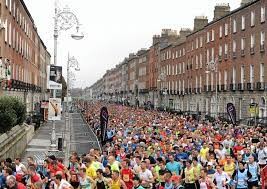
“We are honoring all the entries, but some of the quotes (for services) have risen between 15 and 20pc.”
Aughney acknowledged that securing a new title sponsor was crucial for the race’s future. “The period between KBC announcing they were leaving and Irish Life coming on board was very worrying.
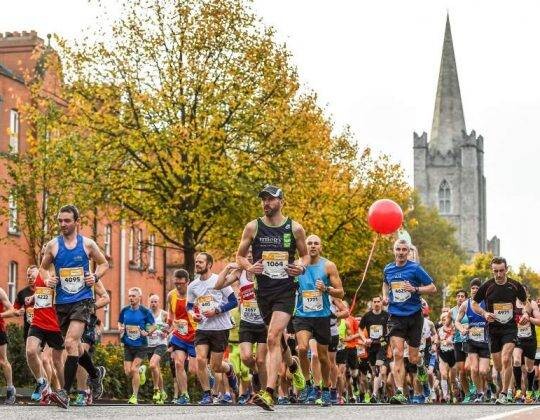
Not having a sponsor would have put a lot of things in jeopardy, according to Aughney, who added:
“We would have gone ahead but might not have been able to do things we would normally do with a good sponsor behind us.”
Today, the race organizers announced Olympians Catherina McKiernan and Mick Clohisey as the coaching team for the event and the race series.
The Olympic duo have developed training plans for all races in the series and the marathon using their vast expertise and knowledge.
They are part of the overall Runners’ Support Squad to help runners harness the power of support to achieve their goals, whether they aim to run sub 60 minutes for the 10km, complete the half marathon distance, or run sub 3 hours for the marathon.
Irish Marathon record holder and former London Marathon winner Catherina McKiernan said: “I am delighted to be part of the Irish Life Dublin Marathon and Race Series team to help runners realize their race goals.
"We all run on support when taking on the challenge of training for a marathon, from emotional encouragement right the way through to the more specialist advice from professional experts.”
There is also an opportunity for two runners who have secured a place in the sold-out Irish Life Dublin Marathon to win one-to-one coaching and mentoring from either Catherina or Mick.
To be in with a chance to win, all runners need to do is share why they have signed up to race the Irish Life Dublin Marathon, whether that be to raise funds for a cause close to their heart or a personal journey to prove something to themselves.
Entries can be made at IrishLifeDublinMarathon.ie.
(05/10/2022) ⚡AMPby Sean McGoldrick
KBC Dublin Marathon
The KBC Dublin Marathon, which is run through the historic Georgian streets of Dublin, Ireland's largest and capital city.The course is largely flat and is a single lap, starting and finishing close to the City Centre. Conditions formarathon running are ideal....
more...Durban Marathon winner disqualified for only wearing one bib number
On Sunday at the South African Marathon Championships in Durban, Zimbabwe’s Isaac Mpofu won the race in a personal best time of 2:10:04, but was later stripped of his title for only wearing one bib number. Athletics South Africa (ASA) competition rules stipulate that “all runners should have two bib numbers, one at the front and another on the back.” His mistake cost him $4,000 in prize money and qualification for the world championships in July.
Mpofu was told by race officials that he was in violation of the rule sometime after he crossed the finish line in first place. “We were given our race packs by the organizers and they were sealed, and we were told that everything was in there, and in the morning we discovered that there was only one bib number, and we informed the officials, and they informed the race judge, who said we can compete like that and we were surprised to be stripped of the title, because we had confirmed before the race and it was not our fault,” Mpofu explained to a local Zimbabwe paper.
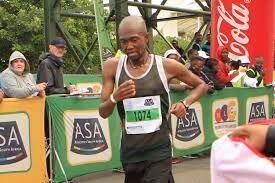
The National Athletics Association of Zimbabwe (NAAZ) announced they have lodged an appeal with the ASA following Mpofu’s disqualification.
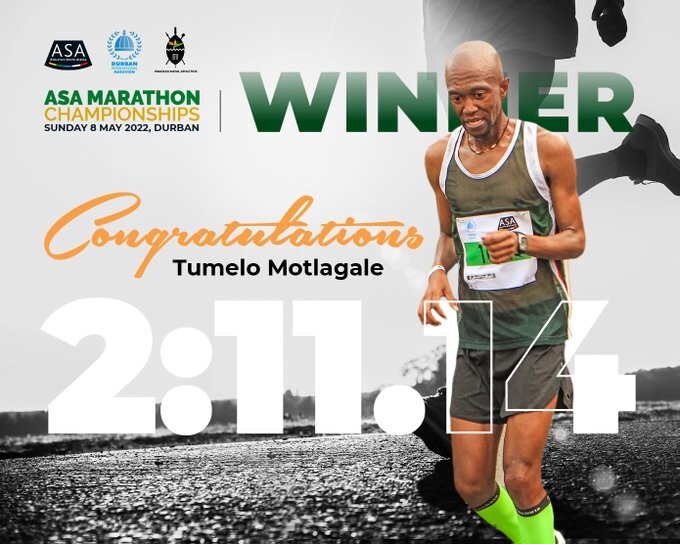
The 33-year-old Zimbabwean runner, who represented his nation at the 2019 World Championships in Doha, forfeited $4,000 in prize money, which was awarded to the winner. South Africa’s Tumelo Motlagale was given first place in light of Mpofu’s disqualification, covering the distance in 2:11:14.
The disqualification leaves Mpofu’s qualification for the World Athletics Championships in July up in the air despite the Zimbabwean bettering the qualification standard time of 2:11:30 during the Durban race.
Mpofu and the NAAZ are still waiting for a response to their appeal from the ASA.
(05/10/2022) ⚡AMPby Running Magazine
Durban International 10k
The 10K is firmly cemented as one of Durban´s and South Africa´s must do events! Although there is no lack in excitement in the elite race, the 10K is a mass participation road run that grants all entrants the unique opportunity to explore their city on foot....
more...95-year-old Colleen Milliman sets one-mile age group world record
On Saturday afternoon at the Masters Hayward Classic, held at Oregon’s Hayward Field, 95-year-old Oregon resident Colleen Milliman,set a new 95+ age group world record in the mile clocking 13:46.13 (8:34/km).
Milliman doesn’t let her age slow her down her love for running. Like any grandmother, she loves keeping up with her grandkids and making them laugh. So when her grandson challenged her to get on a track in 2017, Milliman bought a stopwatch and surprised herself.
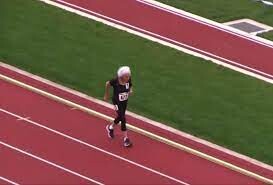
In 2018, she signed up for the Masters Hayward Classic in Eugene, where she ended up setting a world record in the 90+ 800m of 5:44.50 (one minute off the previous record).
“I had no idea I would set a record,” Milliman said in an interview with a Eugene newspaper. “The first time I ran a mile at Hayward Field and it turned out to be a record.”
After breaking her first world record, Milliman joined a masters training group inside of Oregon Track Club. This mile record is her third masters WR, as she also has 90+ age-group world records in the 800m as will as the mile.
(05/10/2022) ⚡AMPby Marley Dickinson
TCSW10K Bengaluru 2022 elite fields packed with talent
The 14th edition of one of the world’s top road races over this distance will be held this coming Sunday 15 May.
Prestigious additions to those already named – Muktar Edris, Kibiwott Kandie and Tadese Worku in the men’s race; Hellen Obiri, Irene Cheptai and Joyce Tele in the women’s race – include Kenya’s Rio 2016 Olympic Games 10,000m silver medallist Paul Tanui and his compatriot Nicolas Kipkorir Kimeli, who was fourth in the 5000m at the Olympic Games in Tokyo last summer.
Tanui’s road racing record is rather modest, his personal best of 28:39 was when he finished sixth in the 2019 TCSW10K, but on the track the Japan-based runner has an outstanding record and has a best of 26:49.41. In addition to his Rio silver medal, Tanui has three World Athletics Championships 10,000m bronze medals to his name as well as a World Cross Country Championships silver medal.
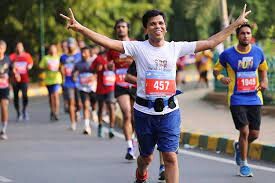
His younger compatriot Kipkorir Kimeli was the 2017 African U20 10,000m champion on the track and will arrive in Bengaluru in very good shape after running 12:55 for 5km on the road last month.
Fellow Kenyan Bravin Kipkogei succeeded Kipkorir Kimeli as the African U20 10,000m champion in 2019 and made a big impression when he finished sixth in the famous 2020 Valencia Half Marathon, in which Kandie set a world record of 57:32, despite having been originally employed as a pacemaker.
Kipkogei has raced sparingly in 2021 and 2022 but has the pedigree to make an impact in Bengaluru.
A third notable Kenyan addition to the men’s field is Matthew Kimeli, who ran 58:43 for the half marathon last year and has already had three outings over that distance in 2022, culminating in a win in Herzogenaurach, Germany in 59:30 just nine days ago
Another man in great shape at the moment is the 2015 world U20 cross country champion Yasin Haji, from Ethiopia who has twice run 27:00 for 10km in recent weeks, firstly in the French city of Lille in March and then in Herzogenaurach.
In total eight men in this year’s TCSW10K have run faster – either on the track or the roads – than Kenya’s Geoffrey Kamworor course record of 27:44 that dates from in 2014
In the women’s race, a number of young and very talented road runners from Kenya and Ethiopia have been added to the elite field to challenge the three well-known names that have already been announced.
Faith Cherono, from Kenya is just 19 and had a sensational international debut less than two months ago when she stunned onlookers with a superb win over 10km in Lille in 31:06. She followed that up by improving to 30:50 in Herzogenaurach.
Ethiopia’s Tesfaye Nigsti is only two seconds slower than Cherono over 10km and has been in good form in half marathons recently, clocking a personal best of 1:06:17 in Valencia last October and going close to that mark twice in March, her only two races in 2022 before the TCSW10K.
Seven women in this year’s TCSW10K have personal bests quicker than the course record of 31:19 set by Kenya’s Agnes Tirop in 2018.
The TCS World 10K Bengaluru 2022 has a total prize fund of US$210,000, with the men’s and women’s winners taking home US$26,000 and course record bonuses of an additional US$8,000 on offer. “The world has had to wait three years because of the pandemic since the last TCS World 10K. This is the 14th edition of this fantastic race, and I am feeling very honoured because many of the world’s best distance runners have committed to coming back to India to make this one of the best events in the world over this distance,” commented Vivek Singh, joint managing director of race promoters Procam International.
TCSW10K Bengaluru 2022 elite fields (with 10km personal best times) Men Muktar Edris (ETH) 27:17 Paul Tanui (KEN) 26:49 (10,000m on the track) Kibiwott Kandie (KEN) 26:50 Tadese Worku (ETH) 26:56 Nicholas Kipkorir Kimeli (KEN) 26:58 Yasin Haji (ETH) 27:00 Bravin Kipkogei (KEN) 27:12 Mathew Kimeli (KEN) 27:11 Abel Sikowo (UGA) 27.47 Telahun Bekele (ETH) 27:53 Reynold Kipkorir (KEN) debut Emmanuel Kiprop (KEN) debut
Women Hellen Obiri (KEN) 30:24 Irene Cheptai (KEN) 30:44 Faith Cherono (KEN) 30:50 Tesfaye Nigsti (ETH) 30:52 Joyce Tele (KEN) 30:59 Esther Borura (KEN) 31:02 Faith Chepkoech (KEN) 31:03 Pauline Esikon (KEN) 32:17 Lomi Muleta (ETH) debut Tariku Alemitu (ETH) debut Yitayish Mekonene (ETH) debut
In addition to the TCS World 10K for elite runners, there is an Open 10K, the Majja Run (5km) the Senior Citizens’ Race and the Champions with Disability Race (both 4.2km).
(05/09/2022) ⚡AMP
TCS WORLD 10K BENGALURU
The TCS World 10k Bengaluru has always excelled in ways beyond running. It has opened new doors for people to reach out to the less privileged of the society and encourages them to do their bit. The TCS World 10K event is the world’s richest 10 Km run and has seen participation from top elite athletes in the world. ...
more...Ethiopian Tsehay Gemechu outkicked Brigid Kosgei to retain her title in Lisbon
Tsehay Gemechu outkicked Brigid Kosgei to retain her title, while Keneth Kiprop Renju claimed a clear men’s race win at the EDP Lisbon Half Marathon, a World Athletics Elite Label event, on Sunday (8).
Ethiopia’s world 5000m fourth-place finisher Gemechu ran 1:06:44 to win by two seconds ahead of Kenya’s world marathon record-holder Kosgei, while Kosgei’s compatriot Renju ran solo to a time of 1:00:13, 47 seconds ahead of Ethiopia’s Mohamed Esa.

Gemechu, Kosgei and Ethiopia’s Gotytom Gebreslase had remained together until the closing kilometres, passing 10km in 31:37 and 15km in 47:25. Before they reached 20km in 1:03:27, Gemechu and Kosgei had managed to drop Gebreslase and the leading pair were seven seconds ahead at that point.
Their advantage only grew and as they kicked in battle it was Gemechu who had the best closing strength, winning in a sprint finish. The race came a couple of months after Kosgei’s Tokyo Marathon victory in 2:16:02, with Gebreslase third on that occasion.
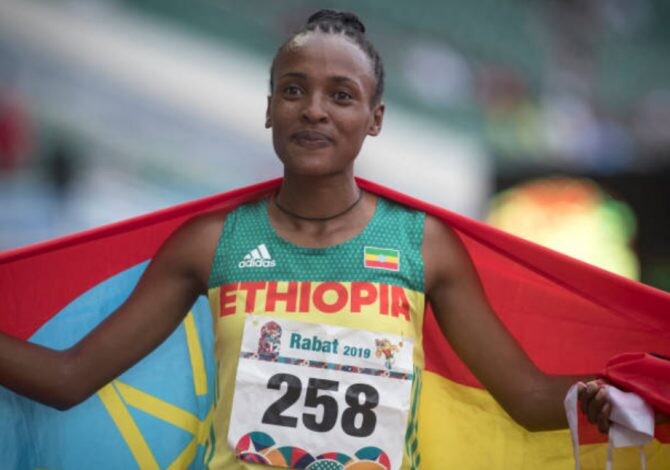
“I am so happy for my win,” said Gemechu, who finished second in the Istanbul Half Marathon in April. “The weather is very hot. I am happy to win against a strong athlete like Brigid Kosgei.”
Israel’s Lonah Chemtai Salpeter finished fourth in 1:08:33 and Italy’s Sofiia Yaremchuk fifth in 1:10:35.
Renju, meanwhile, passed 10km in 28:11 and 15km in 42:15 in the men’s race before clocking 57:02 at 20km and continuing on untroubled to triumph.
The battle for the runner-up spot was much closer and Esa ran 1:01:00 to beat Kenya’s Elvis Kipchoge Cheboi by three seconds, with his compatriot Kipkemoi Kiprono another five seconds back.
(05/09/2022) ⚡AMPby World Athletics
EDP HALF MARATHON OF LISBON
EDP Lisbon Half Marathonis an annual internationalhalf marathoncompetition which is contested every March inLisbon,Portugal. It carries World Athletics Gold Label Road Racestatus. The men's course record of 57:31 was set byJacob Kiplimoin 2021, which was the world record at the time. Kenyanrunners have been very successful in the competition, accounting for over half of the total winners, withTegla Loroupetaking the...
more...Ethiopians Adane and Dekebo break Barcelona Marathon records
Yihunilign Adane led the top two under the previous men’s course record, while Meseret Gebre Dekebo also ran the fastest ever women’s race at the Zurich Barcelona Marathon, a World Athletics Elite Label road race, on Sunday (8).
Achieving an Ethiopian double, Adane ran 2:05:53 to finish ahead of his compatriots Gebru Redahgne (2:05:58) and Kabede Wami, who matched the course record from last year with 2:06:03, while Dekebo also topped an Ethiopian 1-2-3, running 2:23:11 to beat Ayantu Kumela (2:25:00) and Zenebu Fikadu (2:25:11).

Adane, who finished third at last year’s Lisbon Marathon, took half a minute off his PB to win a close race and beat the course record set by Kenya’s Samuel Kosgei last year.
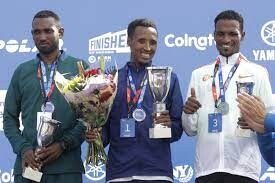
Dekebo’s time, meanwhile, takes more than four minutes off her previous best recorded when winning the Zurich Maraton Donostia-San Sebastian in November. It also improves the women’s course record set by Ethiopia’s Tadu Teshome last year by 42 seconds.
(05/09/2022) ⚡AMPby World Athletics
Zurich Marato Barcelona
The race is a favorite among both professional athletes and amateur runners, offering a unique running experience in and around Zurich. The scenic course follows the shores of Lake Zurich for much of the route, making it not only a thrilling sports event but also a visually stunning one. The start and finish lines are located at the upper lake...
more...The Wanda Diamond League Final to alternate between Zurich and Brussels in 2024-27
The Wanda Diamond League Final will be held alternately in Zurich and Brussels between 2024 and 2027, following a decision by the Diamond League Association’s General Assembly in March.
Hosting rights for the two-day season finale – at which all 32 Diamond League champions are crowned – have been awarded to the Allianz Memorial van Damme meeting in Brussels for 2024 and 2026, and to Weltklasse Zurich for 2025 and 2027.
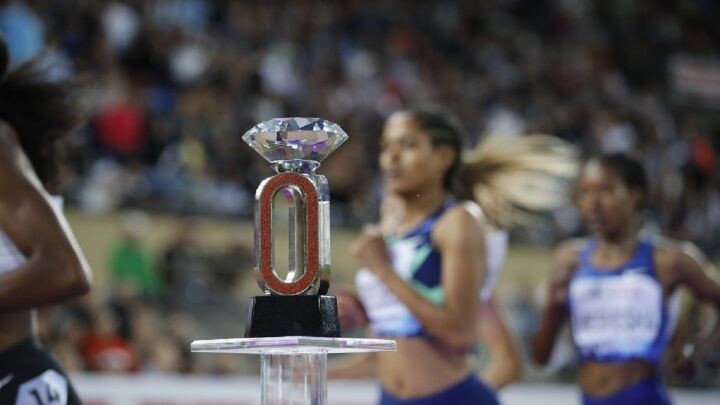
The General Assembly made the decision on the recommendation of the Quality Commission, which reviews applications to host the final.
The host city is now confirmed for each of the next five Wanda Diamond League seasons, ensuring all stakeholders are able to plan beyond the short-term.

The final will be held in Zurich on September 7-8, this season, before moving out of Europe, for the first time in the series’ history, to the Prefontaine Classic in Eugene in 2023. Zurich was also the host in 2021, becoming the first city to hold the final as a two-day event featuring all 32 Diamond Disciplines.
As in 2021, future finals held in Zurich will be split between city and stadium. Day one will see selected Diamond League champions crowned at the iconic Sechselautenplatz in Zurich city center, while the remaining disciplines will be held as part of a bumper programme at the Letzigrund Stadium on day two.
In both Eugene and Brussels, both decisive days will take place at the stadium, the former at the newly renovated Hayward Field, and the latter at the Belgian capital’s King Baudouin II Stadium.
Memorial Van Damme will celebrate its 50th anniversary when it hosts the final in 2026.
The Wanda Diamond League Final is the showpiece event of track and field’s premier international one-day circuit and features the biggest stars of the sport.
Athletes compete for points at Wanda Diamond League meetings throughout the season, with the most successful qualifying for a place in the final and a shot at the iconic Diamond Trophy, the most prestigious title in athletics beyond the major championships.
Both the Brussels and the Zurich meetings have a wealth of experience in hosting the showcase event, having been joint hosts between 2010 and 2019, when the final was split between two separate meetings.
Both have also played host to some of the most memorable moments in Diamond League history.
(05/09/2022) ⚡AMPby World Athletics
Prefontaine Classic
The Pre Classic, part of the Diamond League series of international meets featuring Olympic-level athletes, is scheduled to be held at the new Hayward Field in Eugene. The Prefontaine Classicis the longest-running outdoor invitational track & field meet in America and is part of the elite Wanda Diamond League of meets held worldwide annually. The Pre Classic’s results score has...
more...The road to running a 2:59 marathon was certainly not easy for Elaina Raponi
For Elaina Raponi of Kingston, Ont., breaking three hours in the marathon meant everything. At the 2022 Boston Marathon, Raponi knocked off her goal as she sprinted down Bolyston Street with 32 seconds to spare for a personal best of 2:59:28.
The road to 2:59 was certainly not easy for Raponi, as the sport had plenty to teach her over the past five years. She began running casually after she graduated from McMaster University in 2013. She started to take things seriously in the lead-up to her first half-marathon in 2017.

“Running at the time was accessible,” Raponi says. “The low cost/no membership attracted me to the sport, but I never thought how much I would love it.”
Working full-time in communications at a Kingston hospital, Raponi, 31, has always relied on gratitude as something that has kept her motivated. In 2019, her life quickly changed when her father, Tony, was put on life support after quadruple heart bypass surgery. Raponi spent three months visiting him in three different hospitals in two different cities.
“My dad is my best friend and my biggest inspiration,” she says. “When you get close to losing a loved one, it changes your entire perspective on things.”
In 2021, Raponi began taking her training more seriously, and she knew she needed a coach to reach her goals. “Truthfully, I didn’t know what my potential was, and thought having a coach might change my relationship with the sport,” she says.
She began training with a group called the Kingston Run Scene, under coach Brant Stachel. She broke 20 minutes for 5K in her first couple of months under his wing, but was unable to test her fitness in a race environment due to the pandemic.
Raponi found herself at the start line of the Erie Marathon, where she ran 3:33 and finished three minutes shy of the Boston qualifying time of 3:30:00. She felt defeated, but she knew she was capable of more.
Raponi kept showing up, and found herself on another start line at the Georgina Marathon last October. This time she was going to Boston, achieving a 30-minute personal best for a time of 3:03.
“I was dealing with an Achilles injury going into Boston, but I kept telling myself to go after things because life is too short,” Raponi says.
Even though there was doubt going into the race, Raponi’s secret was to remind herself to be grateful for what she has: a loving family, a supportive coach and great friends.
Raponi’s next goal is to work toward a 1:20 at the TCS Toronto Waterfront Half in October.
(05/08/2022) ⚡AMPby Running Magazine
Kenya’s Kigen, Ethiopia’s Borecha win Prague marathon
Nobert Kigen of Kenya won the men's title at the Prague international marathon on Sunday while Bekelech Borecha of Ethiopia was the fastest woman in the race. Kigen crossed the finish line in 2 hours, 7 minutes and 54 seconds, beating a pair of Ethiopian runners.
Kelkile Woldaregay finished second in 2:08:30 with Yitayal Zerihun another 14 seconds back in third. Borecha clocked her personal best of 2:22:56.
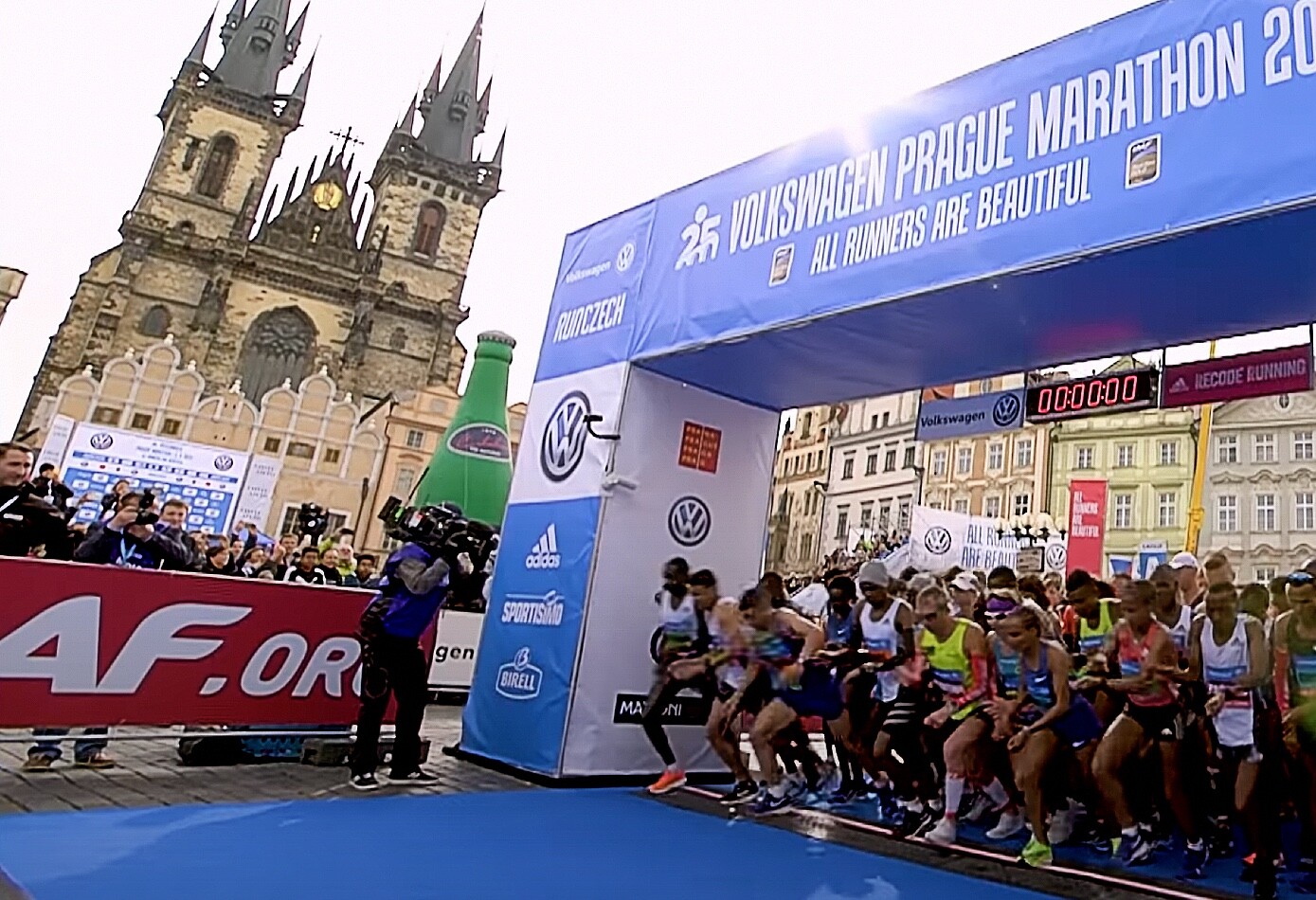
More that 10,000 runners participated in the race that had two editions cancelled due to the coronavirus pandemic.
(05/08/2022) ⚡AMPEmily Sisson breaks the American Women half marathon record
Fifteen years after she won a national junior title in Indianapolis on the track, Emily Sisson returned here to set an American record in the women’s half-marathon on the road.
Sisson finished in 1 hour, 7 minutes, 11 seconds in the OneAmerica 500 Festival Mini-Marathon on Saturday.
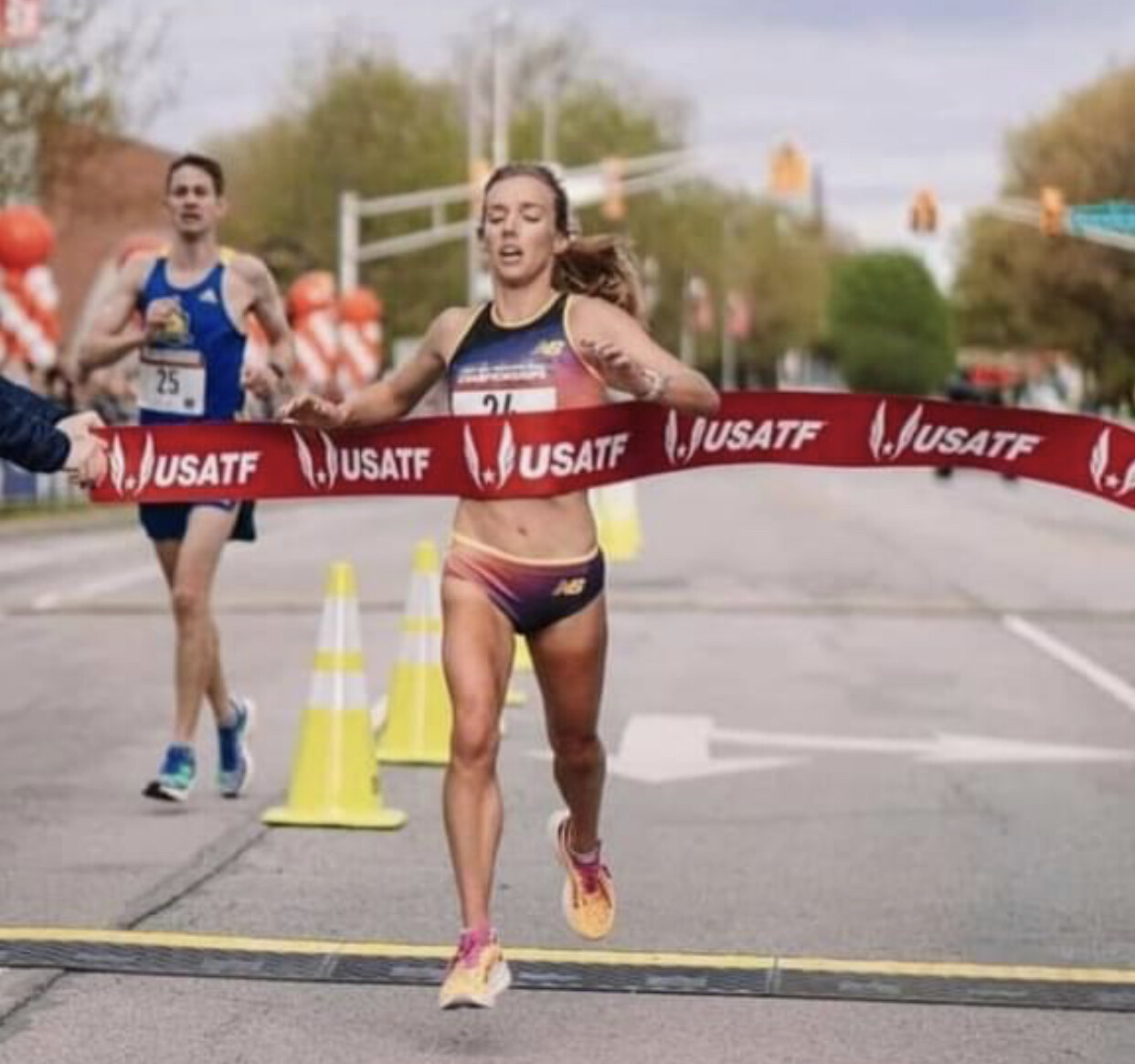
The 30-year-old runner broke the American record of 1:07:15 set by Sara Hall on Jan. 16.
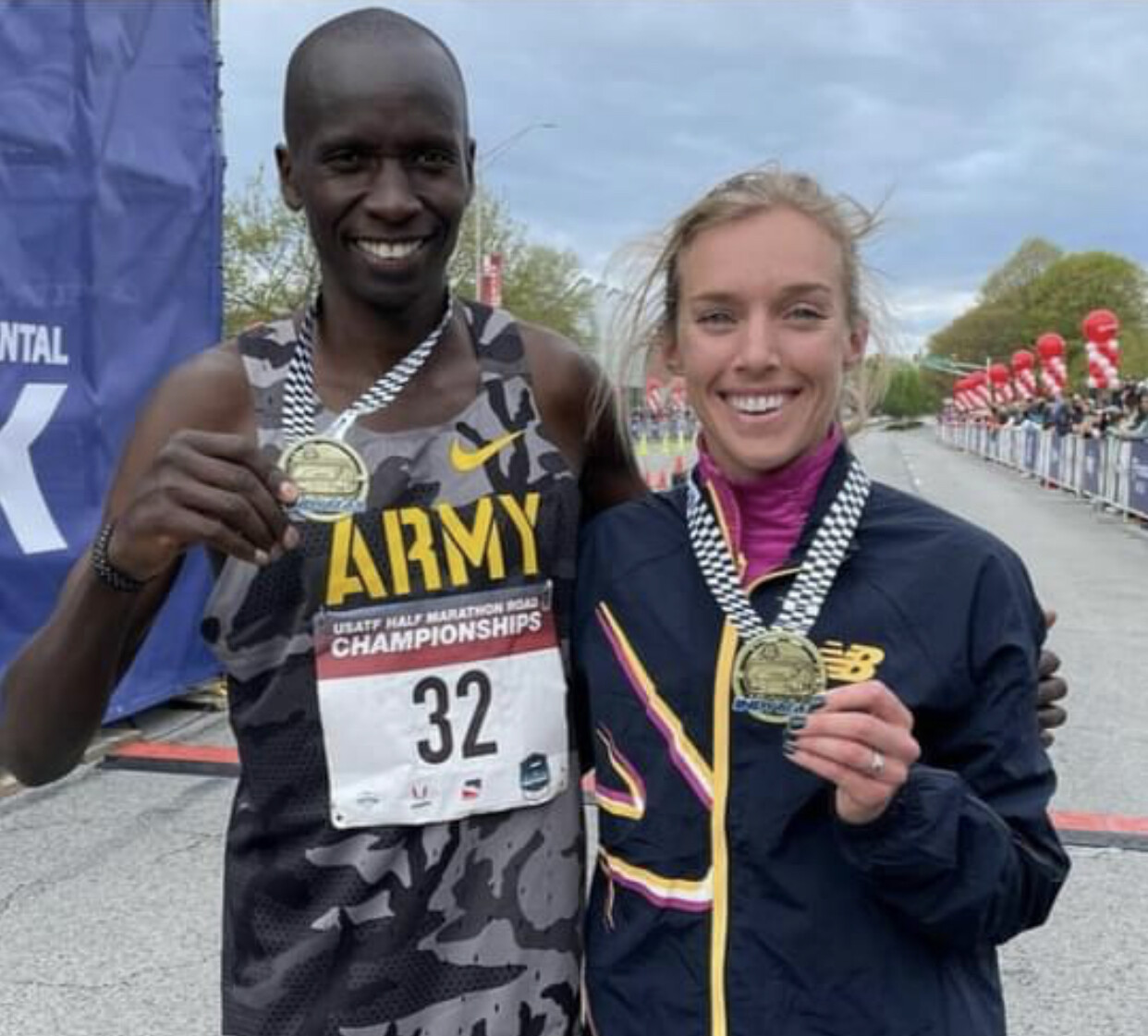
Sisson was paced throughout by male runner Brian Harvey, who finished in 1:07:12.
It was the first in-person Mini since 2019 after the annual race was twice canceled during the pandemic.
Hall’s time had broken the American record of 1:07:25 set by Notre Dame graduate Molly Huddle in 2018. Sisson twice nearly bettered that – clocking 1:07:30 in 2019 and 1:07:26 in 2020 – and finally secured the record on a breezy morning with temperatures in the low 50s.
Sisson, an NCAA and Big East champion while representing Providence, won the U.S. Olympic Trials at 10,000 meters last year and finished 10th at Tokyo.
In 2007, she won a USA junior title in the 5,000 meters at IUPUI’s Carroll Stadium, just a few blocks from where the Mini finished at Military Park.
Andrew (Kremer) Pomaranski, a Bishop Chatard graduate, finished second to Sisson in 1:13:12.
Pomaranski, 39, a mother of three who now lives in Michigan, broke a 10-year-old personal best. She was 10th in January’s Houston Marathon in 2:33:35, third-fastest ever by a native Hoosier. While at Miami (Ohio) in college, she set an American junior (under-20) record in the steeplechase.
(05/07/2022) ⚡AMPOneAmerica 500 Festival Mini-Marathon
The mission of the 500 Festival is to produce life-enriching events and programs while celebrating the spirit and legacy of the Indianapolis 500 and fostering positive impact on the city of Indianapolis and state of Indiana. As an organization providing multiple events and programs, many of which are free to attend and impact over 500,000 people annually, our mission to...
more...The Best Running Tips We've Ever Heard
Whether you've been running for a year or a decade, sometimes you hear a tip that makes you say, "Why didn't I think of that?!" We could always use a good hack, so read up on our list and see if there's something that can improve your running routine for the better.
Just Run for 10 Minutes
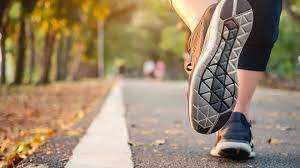
This one is an oldie but goodie. Not feeling your usual run? Aim to log just 10 minutes (or 1 mile, whichever you prefer). If the issue is inertia, most of the time you'll feel better after a warmup and want to keep going.
Make a Plan
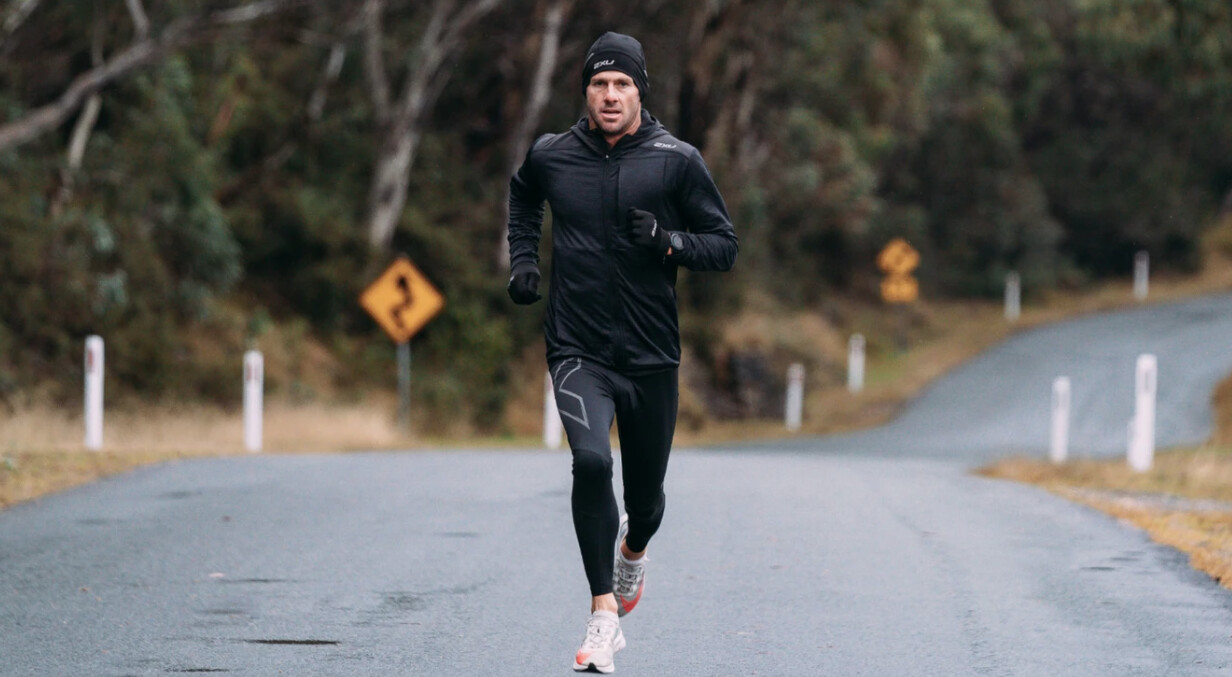
Even if you're running casually, if you want to make sure your runs happen, schedule them out in advance. Look at the week (or month) ahead and decide when you'll be able to run and when it's better to focus on other things.
Better to Be Undercooked Than Overcooked
We'd never suggest toeing the starting line without proper training, but there's a fine line between being prepared and getting burnt out. As you get closer to a goal race, resist the urge to pile on more and more miles. And if you have any nagging aches or pains, a few days off can help get you to the starting line healthy.
Always End a Workout Feeling Like You Could Do a Little More
Whether you have an easy run or an interval workout on tap, it's generally a good idea to leave some in the tank. Giving 110% is a great strategy for race day, but not every day.
Humidity Is the Poor Man's Altitude Training
If you live in an area with warm weather humidity (we see you gulf coast!), your runs are going to feel a lot harder than they would in drier weather. There are plenty of online charts that can help you adjust pace based on the dew point, but keep in mind that if the weather changes later on (and especially on race day), all of that humid training will pay off. Your body has to work harder to cool itself when it's humid, so those physical adaptations (e.g. higher core body temperature and subsequent increased heart rate) will ultimately make you a stronger runner.
Don't Try Anything New on Race Day
You've heard it before, but race day (and the days leading up to it) are the time to stick with your tried-and-true routine. Practice everything from your outfit and your pre-run breakfast to your shoes well in advance. The last thing you need mid-race is an urgent porta potty stop or blisters!
Prioritize Refueling
What happens after a run is almost as important as the run itself. Aim to refuel with a mix of carbohydrates and protein within 30 mins after finishing up your workout. Skimping on post-run fuel can hinder muscle recovery, so it's important not to overlook this step!
Don't Waste Energy up Top
Rather than clenching your fists together, lightly cup your hands (imagine you're holding a handful of potato chips that you don't want to crush!).
Make Every Run Have a Purpose
If you're training for a race, identifying the goal for each day is key. Sometimes the goal will be dialing in on race pace while other days it will simply be recovery. Knowing why you're doing each run can help prevent running unnecessary junk miles or on the flip side, skipping runs.
(05/07/2022) ⚡AMPby Megan Harrington
Follow these steps to fix Plantar Fasciitis foot issues
Plantar fasciitis is a painful injury that not only affects your ability to run, but can even make walking a challenge. It’s a very common issue among runners and can be difficult to get rid of, but not impossible. In the following video, runner, sports rehabilitation therapist and coach, James Dunne, shares three ingredients to successfully treat plantar fasciitis so you can get back on the road pain-free.
What causes plantar fasciitis?

Your plantar fascia is the ligament that connects your heel to the front of your foot, which absorbs the stress and strain you put on your feet on a day-to-day basis. Too much pressure on the plantar fascia can result in tears in the ligament, which causes inflammation and pain.
In many cases, plantar fasciitis pain occurs in the morning when you take your first steps of the day, and then decreases as you move around. It can return, however, after long periods of standing, during or after a run or when you stand up after a long period of sitting.
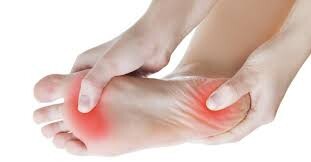
The keys to fixing plantar fasciitis
According to Dunne, the three most important aspects of plantar fasciitis treatment include plantar fasciitis stretches, strengthening for plantar fasciitis and loading your plantar fascia to promote recovery and long-term function. If you’re struggling with plantar fasciitis, check out the video to learn what you can do every day to resolve the issue and get back to running (and living) pain-free.
(05/07/2022) ⚡AMP
by Running Magazine
Meet the famous duck who ran the Long Island Marathon
In case you forgot about the famous duck, Wrinkle, who made an appearance on the course at the 2021 New York Marathon, he made another appearance at the Long Island Marathon in New York on May 7, in the kids 1K marathon, where Wrinkle clocked a world duck record of 18 minutes and eight seconds.
Wrinkle, who is known as ‘@seducktive’ on Instagram, posted to his 500,000 followers that the race was a lot of fun but hard, and he has no idea whether his time is good or bad.
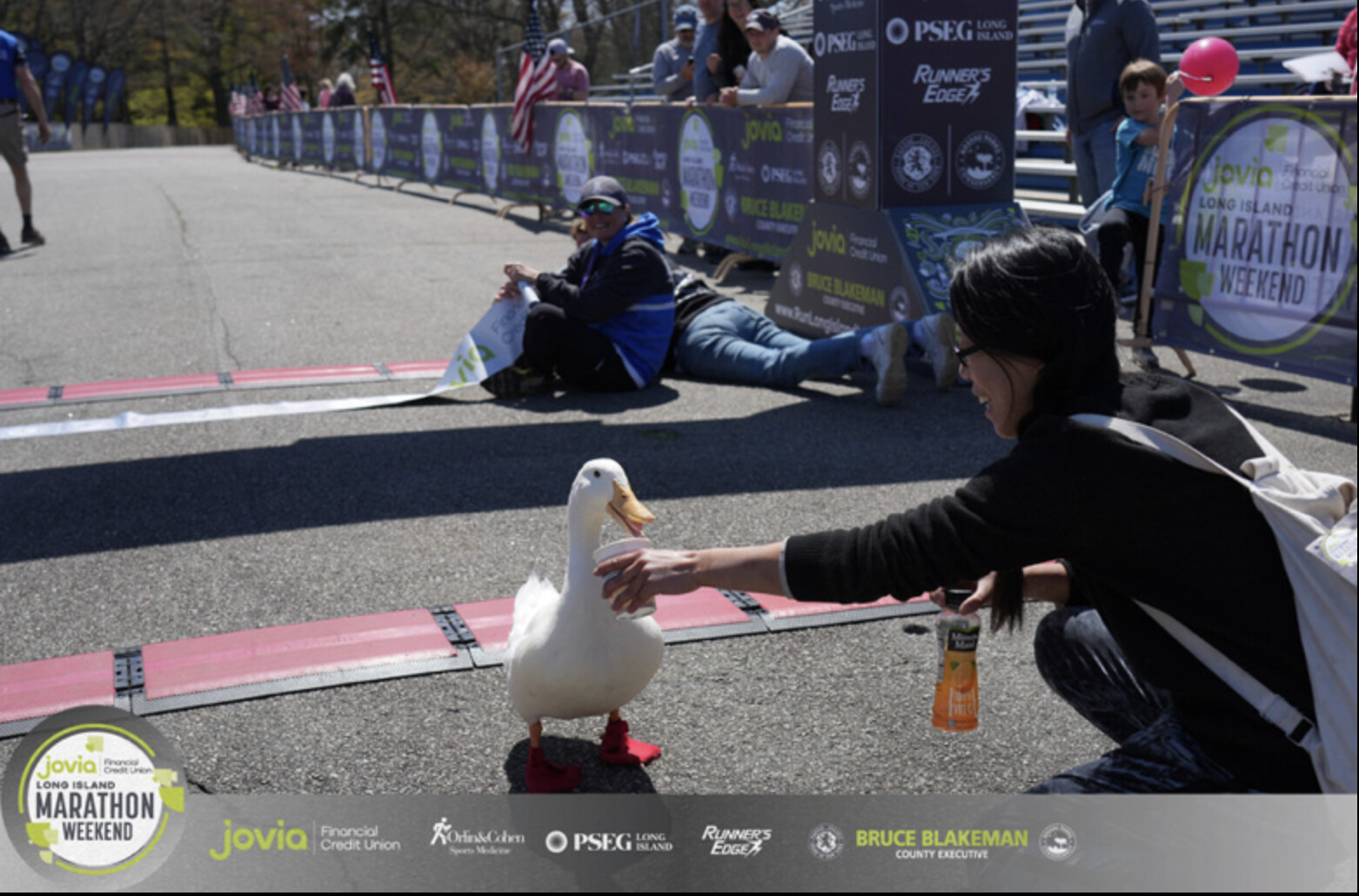
Before we get into this duck’s performance-enhancing diet, many fans have been speculating about the benefits of wearing webbed-foot shoes. Wrinkle sports customized booties made by his mom and dad to give him a little extra cushioning while he’s out for a waddle.
Wrinkle first gained attention at last November’s NYC Marathon, when he was spotted waddling on the course. Since then, he has been spotted cheering on marathoners in Boston and hanging out with other ducks at the local park
Upon further investigation into duck world records, Wrinkle might be the first to waddle 1,000m and do it at such a blazing speed of 3.31 km/h.
The record is still under ratification, according to the non-existent World Duck Athletics panel.
(05/07/2022) ⚡AMPby Running Magazine
2022 Cocodona 250 Mile Women’s Race
There’s just something about Leadville, Colorado, legend Annie Hughes. With just 71:10:22 down, the 24-year-old claimed first in the women’s race. She led the women all race, and did so with nearly no sleep — only a few catnaps along the way. This is Hughes’ second 200-plus-mile race in seven months, as she won the 2021 Moab 240 Mile last October.
Second in the women’s race belonged to Lauren Jones, whose steady pace throughout delivered her to the finish line at 78:34:16.
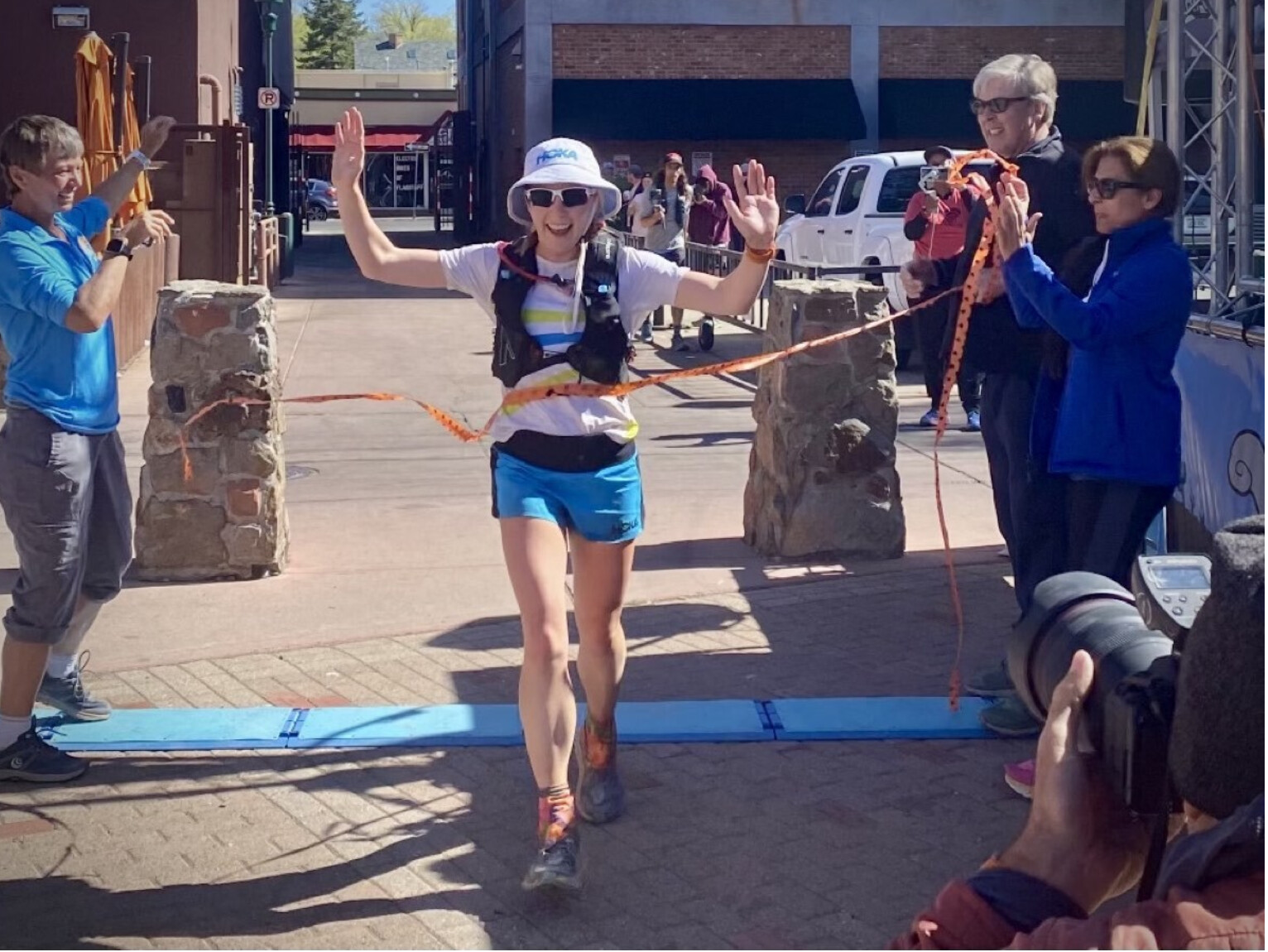
Some five hours later, Aravaipa’s own Sarah Ostaszewski landed the final podium spot, with an official time of 84:21:24. Notably, Ostaszewski finished fifth in last year’s Cocodona showdown and looked pleased to have bested her previous performance by two spots.
2022 Cocodona 250 Mile Women’s Results
Annie Hughes (Hoka) – 71:10:22
Lauren Jones – 78:34:16
Sarah Ostaszewski (Aravaipa Running) – 84:21:24
Rhoda Smoker – 89:06:50
Stephanie Simpson – 89:46:29
(05/07/2022) ⚡AMPby I Run Far
2022 Cocodona 250 Mile Men’s Race
The second annual Cocodona 250 Mile began at 10 a.m. U.S. Mountain Time on Tuesday, May 2, in Prescott, Arizona. Runners endured scenic but brutal terrain over the 254-mile course and climbed more than 30,000 feet to arrive in the northern city of Flagstaff.
This year’s course was heavily modified from its intended route due to wildfires. The official cutoff time for the race is 125 hours, and it ends on Saturday, May 7.
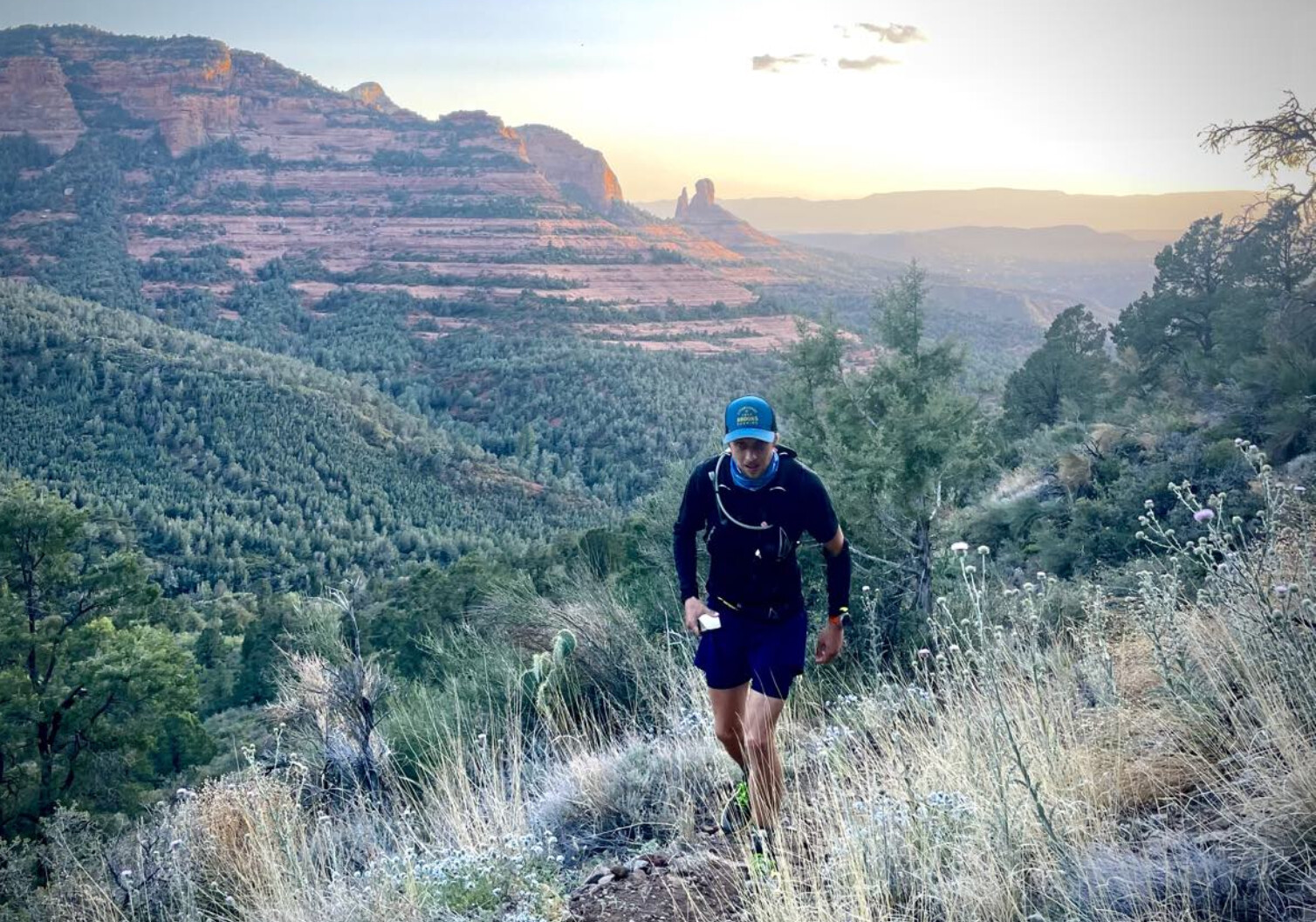
This year’s event, put on by Aravaipa Running, did not disappoint and saw some impressive times set by those earliest to the finish line.
Thru-hiker and ultrarunner Joe McConaughy and young phenom Annie Hughes clinched the men’s and women’s top spots on Wednesday night and Thursday morning, respectively. At the time of publication, runners continue to trickle across the finish line, totally worked but generally beaming.
2022 Cocodona 250 Mile Men’s Race
Joe McConaughy, aka Stringbean (his trail name in the thru-hiking community), ran the entirety of the race in absolutely stellar form and broke the tape in a diminutive 59:28:54. That signified a more than six-hour lead over the rest of the field.
Michael McKnight picked up the pace in the back half of the race to close that gap. At 65:39:16, McKnight crossed the threshold at Heritage Square, claiming second place in the men’s race.
United States Marine veteran Matt Smith gained steady momentum, moving from the middle of the pack to round out the men’s podium late in the race. He finished in 73:01:19.
2022 Cocodona 250 Mile Men’s Results
Joe McConaughy (Brooks) – 59:28:54
Michael McKnight (Salomon) – 65:39:16
Matt Smith – 73:01:19
Kevin Goldberg– 74:24:58
Jason Koop – 75:47:25
(05/07/2022) ⚡AMPby I Run Far
Running Home: Michael Wardian Begins His Run Across America
Michael Wardian is running across America to raise money for World Vision.
On Sunday, May 1, from City Hall in San Francisco, California, runner Michael Wardian set off on his latest adventure — a run the whole way across the United States, ending at Rehoboth Beach, Delaware, to raise money for World Vision’s clean water projects around the world. He will be following Route 50, America’s loneliest highway, through some of the remotest parts of the country, and will travel through 13 states, covering over 3,200 miles.Wardian has a host of wild and wonderful running accomplishments to his name, and this latest challenge seems fitting for the runner, who holds the Guinness World Record for the fastest marathon run in Antarctica — 2:54:54, run on January 23, 2017.
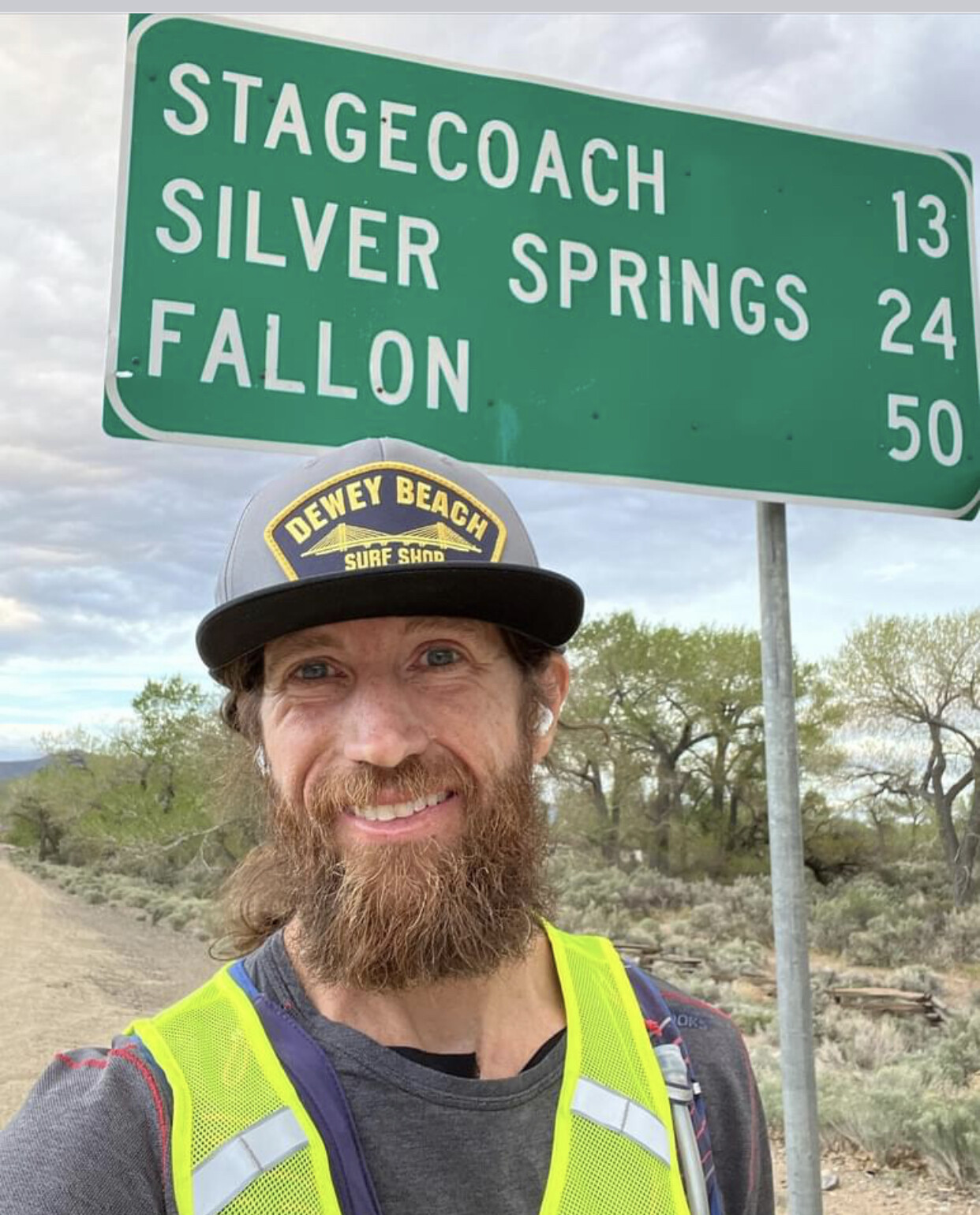
This was the first leg of his World Marathon Challenge, consisting of seven marathons on seven continents in seven days. Wardian holds the fastest cumulative time for the event at 19 hours, 21 minutes, and 36 seconds, averaging 2:45:57 per marathon. His Antarctica run is believed to be the only sub-three-hour marathon run on the ice-covered continent.
Wardian also previously held the record for the fastest marathon pushing a stroller, which he set with the help of his then 10-month-old son Pierce, at the Frederick Marathon in 2007, in a time of 2:42:21.
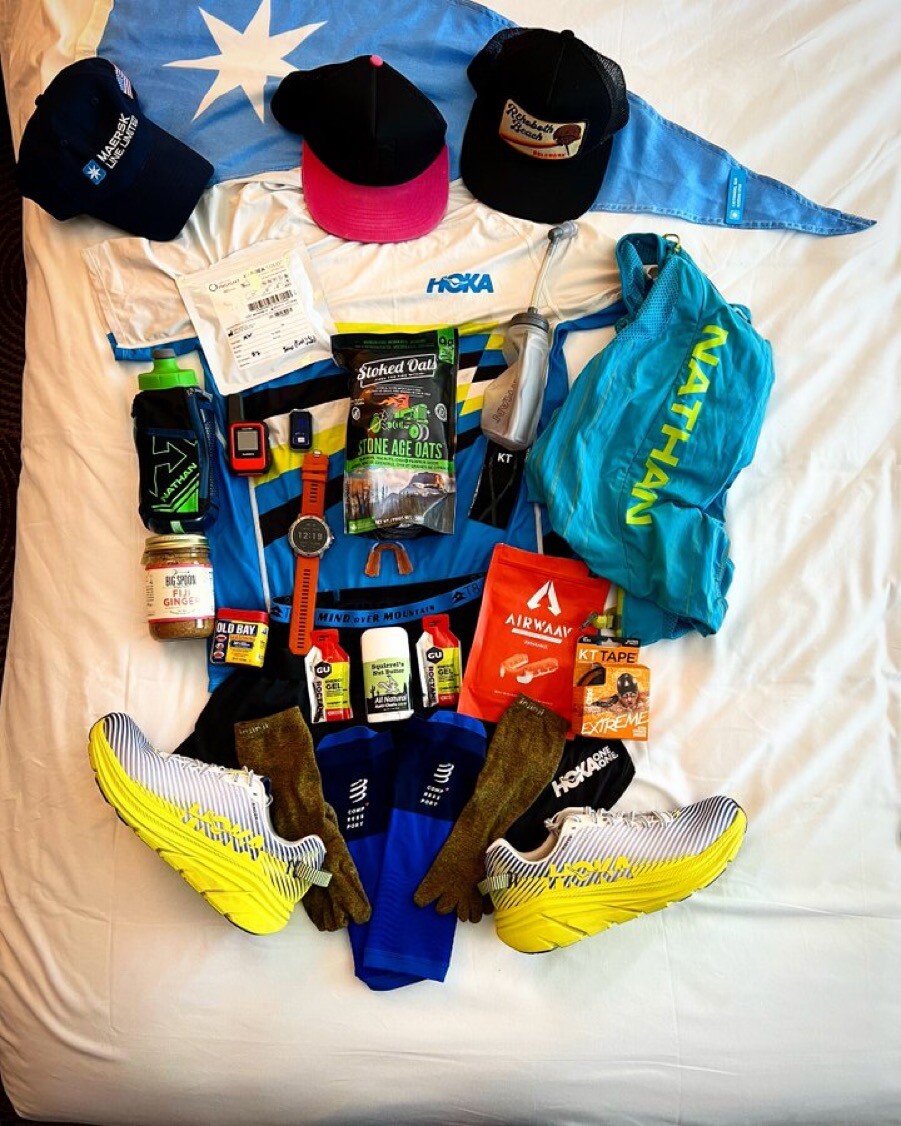
More recently, in 2020, Wardian won the Quarantine Backyard Ultra, completing 262.5 miles, or 63 laps, in a tight circuit around his local neighborhood in Arlington, Virginia, to abide by social distancing requirements during the COVID-19 pandemic.
For the first day of his latest challenge, which is called Running Home because he’s running in the direction of his home, the public was invited to share in Wardian’s send-off and to run a few miles with him.
He told iRunFar he had 20 to 30 people accompany him for the first part of his run from City Hall to Ocean Beach. There he dipped his toes in the Pacific Ocean before heading east on his quest toward the Atlantic, covering 57.97 miles on the first day.
All going well, Wardian’s schedule will see him averaging just over 50 miles per day to finish the traverse, appropriately, on July 4.
When asked about his motivation, he told iRunFar: “I’m trying to raise $100,000 for World Vision for clean water projects. I think right now we’re 14% of the way, so hopefully each day we get a little more and change a lot of lives. I think right now we’ve already impacted [about] 350 lives. It’s so cool, every day I get texts saying that somebody donated five bucks, and imagine if everybody donated just five bucks!”
You can follow Wardian’s run on the live tracker and send him a supportive message, make a donation to his World Vision fund, and help him reach his goal of raising $100,000 for this most worthy cause.
Update: Michael has crossed California and is now in Nevada.
(05/07/2022) ⚡AMPby I Run Far
Timothy Cheruiyot and Jakob Ingebrigtsen will resume rivalry in Eugene Mile
Reigning Wanda Diamond League champion Timothy Cheruiyot and Olympic champion Jakob Ingebrigtsen will resume their rivalry in the men's 1500m when they go head to head in the prestigious Bowerman Mile at the Prefontaine Classic in Eugene on May 28th.
Cheruiyot claimed his fourth career Diamond Trophy when he edged out Ingebrigtsen in the final in Zurich last year, just weeks after the Norwegian had beaten him to the gold medal in Tokyo.
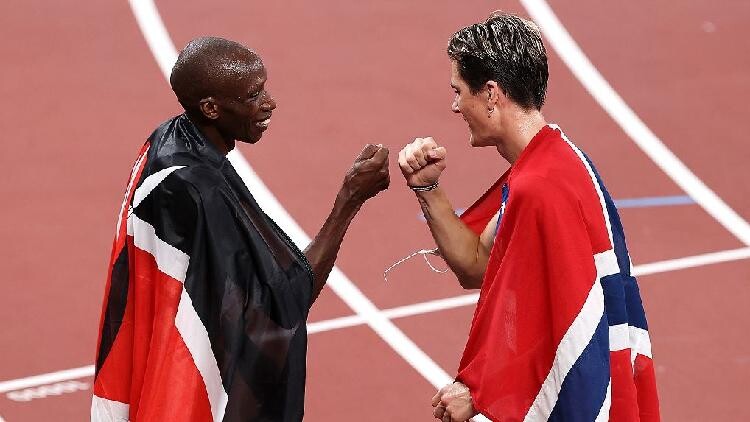
Ingebrigtsen, 21, already has a rich history of success in the Bowerman Mile. At the 2017 Pre Classic Ingebrigtsen became the youngest to ever break the four minute barrier, running 3:58.07 at the age of 16. One year later he would lower his time to 3:52.28 and come back again in 2019 with a 3:51.30. In last year’s race, Ingebrigtsen captured his first Bowerman Mile victory, running the fastest time ever on U.S. soil, 3:47.24. After breaking the Olympic record in Tokyo last summer and taking down the indoor 1500 meter world record earlier this year, it’s clear the Norwegian is ready to cement himself further in the record books.
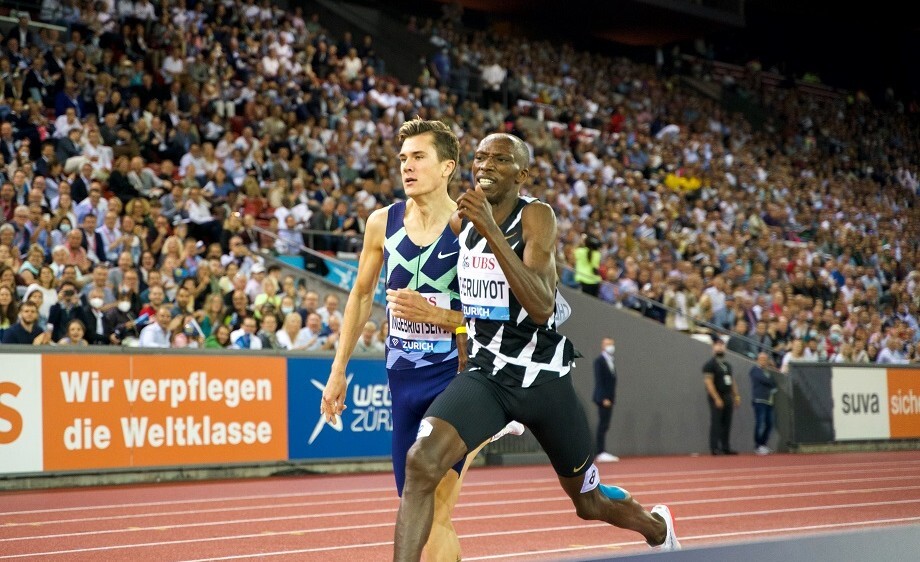
The budding rivalry between Ingebrigtsen and Cheruiyot will add another chapter at the Pre Classic in 2022. After winning the Bowerman Mile and claiming gold at the World Championships in 2019, Cheruiyot took silver at the Olympic games last year. He would ultimately bounce back to beat the Norwegian in Zurich.
The third Wanda Diamond League meeting of the season will also feature a strong field in the men's 5000m, with Canada's Olympic silver medallist Mo Ahmed taking on home hero Paul Chelimo and 2018 Diamond League champion Selemon Barega of Ethiopia.
In the women's discus, meanwhile, 2021 Diamond League champion Valarie Allman will be looking to use home advantage to get valuable points on the board in her bid to defend her title, going up against the likes of Olympic silver medallist Kristin Prudenz and six-time Diamond League champion Sandra Perkovic.
(05/06/2022) ⚡AMPPrefontaine Classic
The Pre Classic, part of the Diamond League series of international meets featuring Olympic-level athletes, is scheduled to be held at the new Hayward Field in Eugene. The Prefontaine Classicis the longest-running outdoor invitational track & field meet in America and is part of the elite Wanda Diamond League of meets held worldwide annually. The Pre Classic’s results score has...
more...Betty Deer, 80, has been running in marathons across the country since 1986, the Indianapolis Mini Marathon this Saturday will be her last
The running began 48 years ago in a modest neighborhood in New Palestine. Betty Deer was a 32-year-old mother of two girls, a mother who, if truth be told, hoped a jog after dinner might keep those nagging extra five pounds away.
She set out from her driveway that first evening in 1974 and started jogging. A couple of neighbors spotted her and stopped Betty.
"Hey, we'd like to try running, too," they told her.
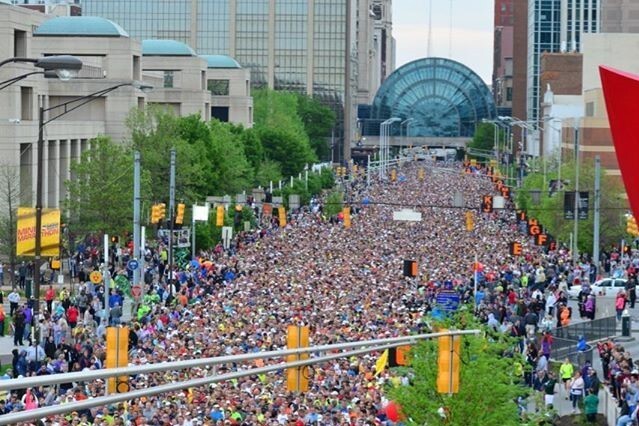
At first, they kept it short, about a mile and a half from the end of the street down to Sugar Creek.
"And then we'd get down there and it was like, 'Well now, you've got to figure out how to get back,'" said Betty. "How do we get back that mile and a half?"

That was Betty Deer at 32. On Saturday, she will run her 34th Mini-Marathon at 80, a race she has finished in the top three in her age division the past 13 years.
It will be a bittersweet day, an end of an era. Betty has run more than 12 full marathons and too many half marathons and shorter distance races to count.
More than 50 medals hang in the den of her Greenfield home. Others are on the desk still wrapped in plastic. Many have been donated to sick kids at Riley Hospital for Children. Some have gone to Goodwill.
But on Saturday, Betty says she will cross the Mini-Marathon finish line one final time.
"I wouldn't count on it," her husband Larry Deer quickly chimes in. He can hardly believe his wife of 61 years would really give up marathoning. "I don't think so. She might have another in her."
No, Betty says adamantly. When she runs long distances, right hip pain nags at her. The foot pain is there, too, and even the Asics shoes she has sworn by for decades aren't giving her relief.
"This will be my last," she said. "It really will be my last."
The neighborhood jogs turned to running with co-workers after Betty clocked out at Community Hospital East, where she was a patient representative before going back to school to get a degree in social work.
"One of the ladies there said, 'You know Shirley runs the Mini. Why don't you do that?'" Betty said. "That's how it began."
It was 58 degrees, drizzling and overcast in May 1986. Betty drove to Indianapolis Motor Speedway where buses picked up runners and shuttled them downtown for the start of the race.
This was the 10th Mini-Marathon; the race began in 1977. It was Betty's first. She finished that race with the best time of her 33 runs: One hour and 59 minutes.
She was hooked.
In the early days of the Mini, Betty ran the entire race.
"It was a mental thing in the beginning. I thought you had to run it," she said. The only time she would walk was to grab a paper cup of water, drink it quickly, and then start running again.
"But now I find out that I do just as well if I walk some of it," she said. On Saturday, she plans to run five minutes, walk 30 seconds, run five minutes, walk 30 seconds the entire race.
Her times have slowed as the years have passed. But it's all relative. Betty remains at the top of her age group. At 64 years old, she finished fourth in her age group, running the Mini in 2:07. Every Mini-Marathon since, she has finished in the top 3.
In 2019, Betty placed first in the 75-79 age group with a time of 2:41:27, beating the next closest competitor by a full six minutes and the fifth place finisher by 32 minutes.
"But I'm not fast. I'm not fast," she said. "See, I don't consider myself a competitive runner."
If not that, then what is she?
As running goes, Betty has been lucky. At 80, she hasn't had to have surgery on her knees or hip. She did have a thyroid issue and a couple of bouts with cataracts.
In the hundreds of races she has competed in, Betty has crossed the finish line every single time, though there was one Mini where she almost didn't.
It was the 10th mile of the race when she broke the third metatarsal bone in her foot.
"I didn't know what to do and I started walking, but it was painful," she said. "And I decided, 'Well, I might as well finish it.' And so I started running and actually it felt better after I started running. And I finished that race."
Betty doesn't have any rituals for the Mini-Marathon, no carb-loaded spaghetti dinners with garlic bread the night before. "It just depends what I feel like eating that night," she said.
In the morning, she usually has half a bagel with a smidge of peanut butter on the way to the race.
Her training consists of some type of workout six days a week. She runs three days, does spin classes and Pilates classes on two days and walks with a neighbor one day.
Betty saves her long runs for Sundays. To prepare for the Mini this year, she ran eight miles on Sundays in January, nine miles in February, 10 miles in March and 11 or 12 miles in April.
This week leading up to the Mini, she ran nine miles on Sunday, took a spin class and a Pilates class Monday and ran three miles Tuesday. She will rest until Saturday.
Now to run her final Mini-Marathon.
"The thing I've enjoyed most is running with my friends," Betty said. "If I'd stop running with them that would be devastating to me. So I'm going to keep running, just not to this level."
(05/06/2022) ⚡AMPby Dana Husinger Benbow
OneAmerica 500 Festival Mini-Marathon
The mission of the 500 Festival is to produce life-enriching events and programs while celebrating the spirit and legacy of the Indianapolis 500 and fostering positive impact on the city of Indianapolis and state of Indiana. As an organization providing multiple events and programs, many of which are free to attend and impact over 500,000 people annually, our mission to...
more...Six-year-old’s marathon sparks controversy on social media
On Sunday at the Flying Pig Marathon in Cincinnati, Ohio, a family of eight from Bellevue, Ky., all completed the 42.2 km together in eight hours and 35 minutes. Since then, their family marathon outing has sparked controversy online as two of the children are under 12, and one is only six.
Ben Crawford‘s Facebook post about his family’s marathon finish sparked criticism over the advisability of allowing his six-year-old son, Rainier, to cover the marathon distance. Many experienced marathoners and coaches, including Lee Troop and Kara Goucher, have weighed in online, stating that six is too young for the marathon.
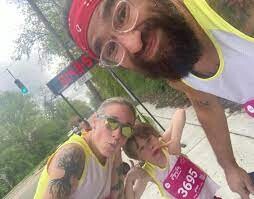
Most experts advise against heavy training for children, whose bones are still developing. Even at 11, growth plate development is not complete; children who run marathons before puberty may be at risk of future musculoskeletal issues. Also, extreme training may also reduce levels of serum HGH (human growth hormone) and testosterone in children who have not yet gone through puberty. Many commenters question whether, even in the absence of long-term physical effects, so much training at such a young age could possibly lead to a lifelong love of the sport. It’s for these reasons that marathons have rules that entrants must be 18 or older.
Crawford posted that “On the marathon course, Rainier knew they usually hand out Pringles around mile 20. He was struggling physically and wanted to take a break and sit every three minutes. After 7 hours, we finally got to mile 20 and only to find an abandoned table and empty boxes. He was crying and we were moving slow so I told him I’d buy him two sleeves if he kept moving. I had to promise him another sleeve to get him in the family pic at the finish line. Today I paid him off.”
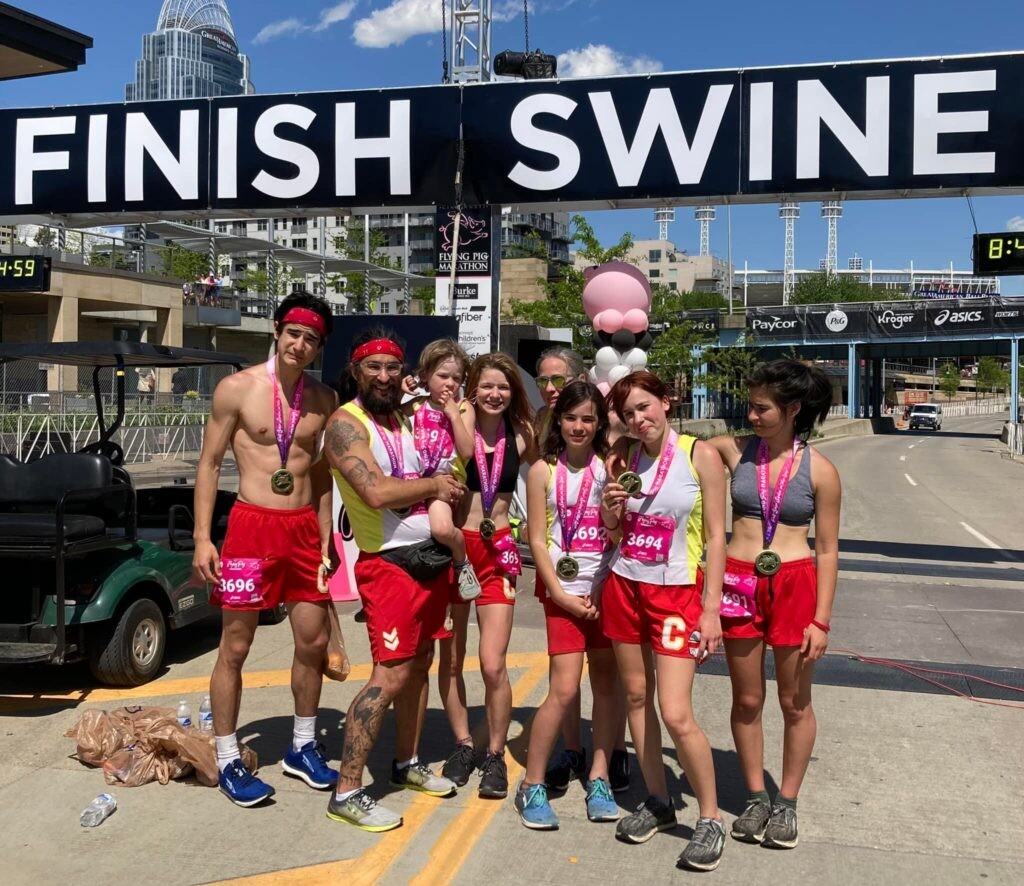
Crawford also has a YouTube channel that includes multiple posts with titles like “6 Year Old Runs 6 Miles–NO PROBLEM” and “5-Year-Old Trains for Marathon.”
In their defence, parents Ben and Kami Crawford say they have never forced their children to run and that Rainier begged to join them at this race. “We gave him a 50/50 chance of completing it and were ready to pull the plug at any moment if he requested it,” Crawford says on his Facebook page. “Yes there were tears, and yes he had a fall but every single member of our family has cried during a marathon.
“We go to great lengths to prioritize our kids’ health and experience of the day over sharing it with anyone else. Communicating these stories is a passion project that we do with our children’s co-operation and permission.”
This isn’t the first time the Crawford family has embarked on what some would see as a questionable challenge for a family with a young child; in 2019, he published a book called 2,000 miles Together: The Story of the Largest Family to Hike the Appalachian Trail. (Rainier was three at the time.)
The Flying Pig Marathon issued the following statement:
“Our marathon takes the safety and security of all participants very seriously. We receive numerous requests for special accommodations each year and carefully evaluate each one. Our goal is to provide a positive race experience for all participants while supporting them along the course. The Flying Pig Marathon was founded on the idea of hosting a world-class road race experience and will always strive to do so.”
(05/06/2022) ⚡AMPCincinnati Flying Pig Marathon
This beloved race found it's name from Cincinnati's pork history which dates back to the early 1800's. Cincinnati is also known as "Porkopolis."Our weekend line up of events are designed to welcome athletes of all abilities from the Diaper Dash to the full Marathon and everything in-between, we truly have something for everyone. We even added a dog race several...
more...Five excuses for when it’s OK to skip your run
You know the feeling–your run has turned into a slog. You’re underslept, underfuelled, and something hurts (more likely, multiple things hurt). Do you call it a day and go home?
If it’s an easy run, long run or a workout, in most cases you’re better off just gutting it out and finishing. Even if you don’t accomplish what you set out for, the effort you put in is still valuable and will contribute to your mental strength and fitness down the road. But sometimes, bailing on a run can be for the better. Here are a few examples of times when it’s more than OK to cut your run short.

1.- If you have an injury
This is a no-brainer, but you’d be surprised how many athletes push themselves through an injury when they shouldn’t be exercising at all. If you’re injured, try to resist the urge to run until the issue is under control (no pain). If the injury gets worse while you’re running, you need to stop immediately, as pushing yourself through the last few intervals or kilometres could potentially set you back more weeks or even months.
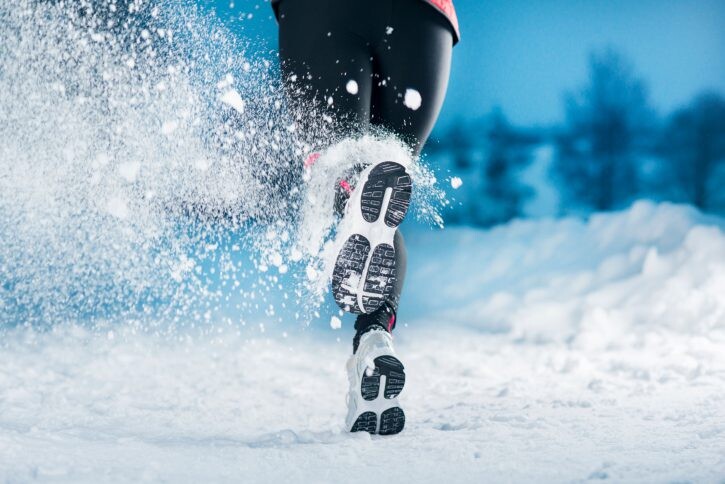
Try to distinguish between the pain associated with an injury and common aches and soreness from running. It’s better to be safe than sorry.
2.- If you are sick
If you have the flu, infection or a virus, take a break from hard training and let your body recover. Hard or long efforts can damage an already weak immune system and open the door for further sickness or delayed recovery. If you insist on running, keep it short and easy. The rule of thumb is that if what ails you is above the neck (such as a sore throat or headache), you can still run, but be cautious. If it’s below the neck (such as in the chest/lungs), you should completely avoid hard training until things clear up.
3.- Mental and physical exhaustion
Running through a bit of physical fatigue is common, especially when you are training for longer distances. The first couple of kilometres are tough on tired legs, but you can shake off a bit of exertion after a few clicks. If you’re drained and lack energy or enthusiasm, it may be necessary to cut the workout short or reschedule the run to another day. Mental stress can carry over, leaving you unmotivated or unable to complete a workout.
Be honest with yourself and evaluate how you feel mentally and physically. If you are struggling and/or are completely exhausted, you might want to push your run to another day.
4.- Emergencies
This is obnious. Some things in life are bigger than you training to lower your marathon PB. In the case of an emergency, you shouldn’t even think about getting mileage in. Whether it’s a family or personal emergency, making sure you are following your training plan should be low on your priority list.
5.- A severe weather warning or natural disaster
Although the weather is usually beyond our control, runners are the first to blame the external conditions. Many old-school coaches will say there’s no such thing as bad weather, just a bad attitude (or bad clothing), but that’s not necessarily true. If there are high wind warnings or a tornado brewing, you may be able to finally use the weather as an excuse. Treadmills were invented for a reason.
(05/06/2022) ⚡AMPby Marley Dickinson
The USATF Half Marathon Championships hosted by the OneAmerica 500 Festival Mini-Marathon are the fourth stop on the 2022 USATF Running Circuit
With $40,000 of prize money on the line and course conditions ideal for fast times, Olympians Leonard Korir and Emily Sisson headline the men’s and women’s field for Saturday’s USATF Half Marathon Championships in downtown Indianapolis, in what promises to be an exciting morning of racing.
Korir (Colorado Springs, Colorado/USATF Colorado) leads a talented men’s field to the start line in Indianapolis. The two-time USATF Half Marathon champion is having a strong start to his 2022 season, with a runner-up effort at the USATF 15 km Championships and a fourth-place finish at the USATF Cross Country Championships, which puts him atop of the USATF Running Circuit overall standings with 19 points, four points ahead of Shadrack Kipchirchir, who is not racing Saturday.
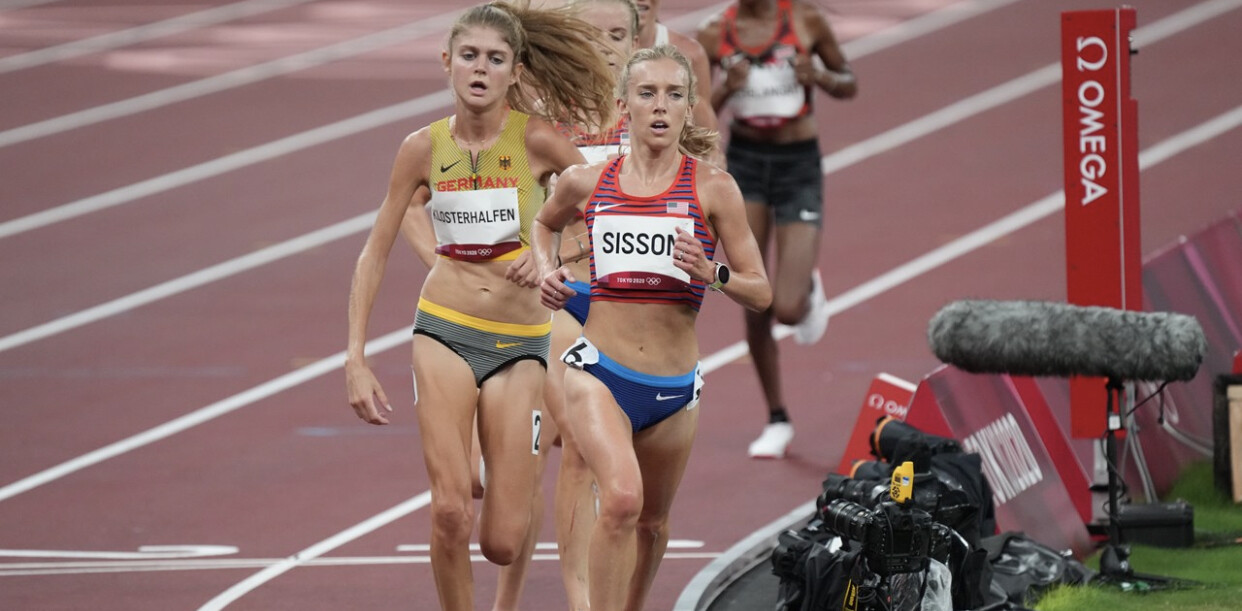
Korir will be joined up front by Futsum Zienasellassie (Flagstaff, Arizona/USATF Arizona), who finished sixth at the USATF 15 km Championships and ninth at the USATF Cross Country Championships. Zienasellassie beat Korir at the 2021 USATF Half Marathon Championships, placing fifth to Korir’s seventh.
At the Credit Union Cherry Blossom Ten Mile Run early last month, Zienasellassie placed an impressive fourth against strong competition, finishing four seconds up on fifth place Reid Buchanan, as well as besting sixth place finisher Lawi Lalang.
Both Buchanan (San Diego, California/USATF Southern California) and Lalang (Colorado Springs, Colorado/USATF Colorado) are entered in Saturday’s contest and will vie for top three finishes. Jacob Thomson (Flagstaff, Arizona/USATF Arizona), who placed tenth at the USATF 15 km Championships, leads the rest of the field, which includes notable road race standouts Noah Droddy (Boulder, Colorado), Sid Vaughn (Flagstaff, Arizona), and Caleb Kerr (Zionsville, Indiana/USATF Indiana). Leading the women’s field, Sisson (Flagstaff, Arizona/USATF New England) seeks to continue her dominance on the roads.
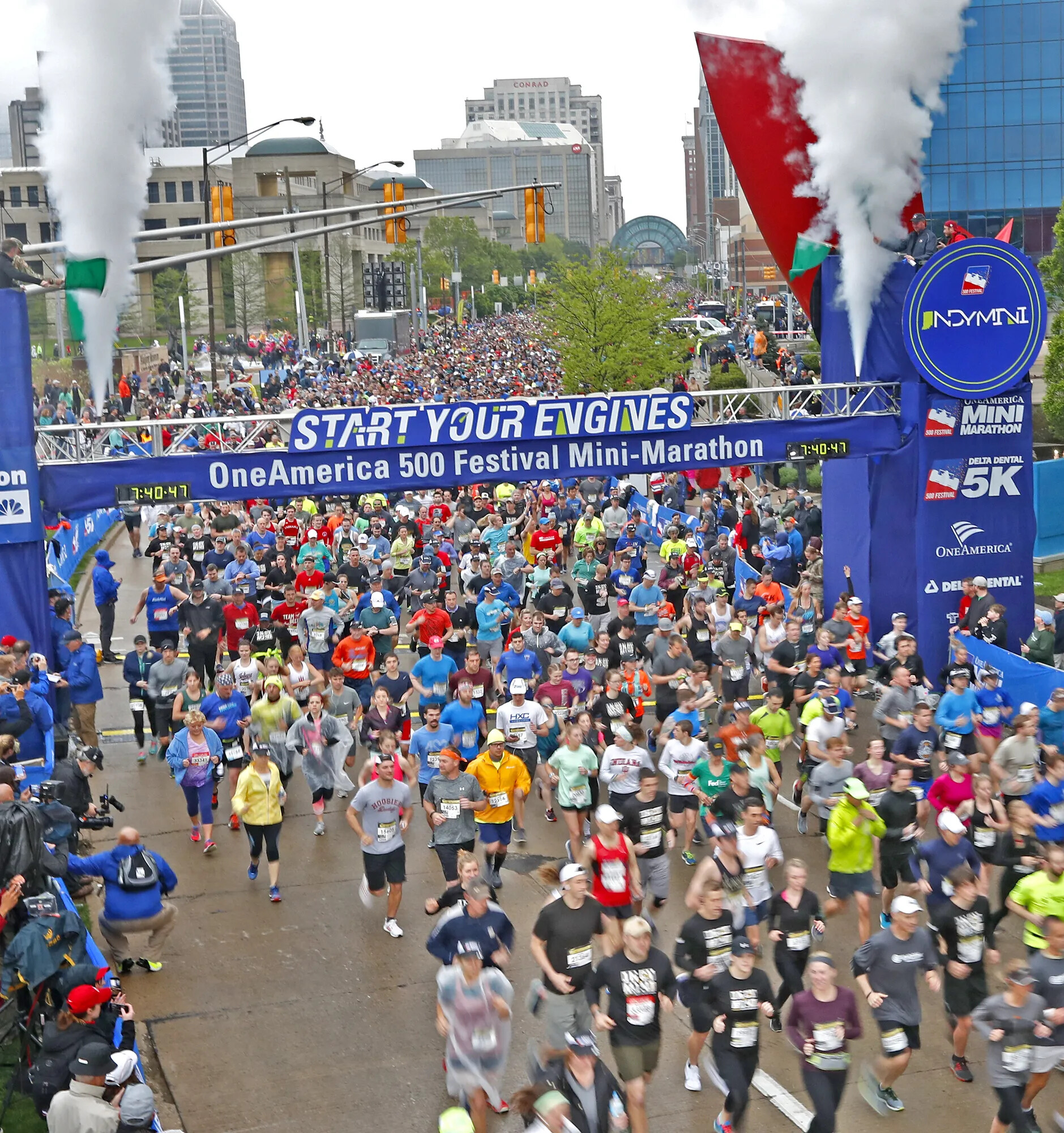
The Providence-based standout has had a quiet start to her 2022, only racing once. That one race though was one to remember, winning the USATF 15 km Championships by nearly two minutes. Sisson currently sits tied for third in the USATF Running Circuit standings with 15 points, only behind Emily Infeld and Emily Durgin, who have 20 and 19 points respectively.
Behind Sisson, notable veteran Allie Kieffer (West Islip, New York/USATF New York) resumes her racing in the United States. Kieffer has raced twice in 2022, once in Great Britain and again in Italy. Her performance at the Roma Ostia Half Marathon in early March was impressive, as she finished fourth in 1:09:17 on the fast Italian course. Kieffer placed fourth in the 2021 USATF Half Marathon Championships in 1:10:44 and will look to improve on that performance on Saturday.
Another top three contender is Tayler Tuttle (Boulder, Colorado/USATF Colorado). Tuttle placed eighth at the Credit Union Cherry Blossom Ten Mile Run last month, while finishing tenth at the USATF 15 km Championships. A top three performance in Indianapolis would move Tuttle into top five on the USATF Running Circuit.
Other key entries include Jane Bareikis (Crestwood, Illinois/USATF Illinois), who has run 1:14 for the half marathon distance twice this year, along with Madison Offstein (Chicago, Illinois/USATF Illinois).
(05/05/2022) ⚡AMPOneAmerica 500 Festival Mini-Marathon
The mission of the 500 Festival is to produce life-enriching events and programs while celebrating the spirit and legacy of the Indianapolis 500 and fostering positive impact on the city of Indianapolis and state of Indiana. As an organization providing multiple events and programs, many of which are free to attend and impact over 500,000 people annually, our mission to...
more...Ethiopians will be vying for course records at 2022 Tartan Ottawa International Marathon
Ethiopia will again be favored to win when the Ottawa International Marathon returns to an in-person event on Sunday, May 29th.
Indeed, the Ethiopian women are expected to extend their 10-year winning streak as they vye to break the course record (CR) of 2:22:17, set in 2018 by returning champion Geleta Burka. Burka will be challenged by the 2019 defending champion, Tigist Girma, who has since run twice under 2:20
These blistering fast women will be challenged by countrywoman Bruktayit Eshetu who finished 2nd in the 2019 Toronto Waterfront Marathon with a personal best of 2:22:40 and Juliet Chekwel of Uganda, who recorded a national record of 2:23:13 in her marathon debut two years ago.
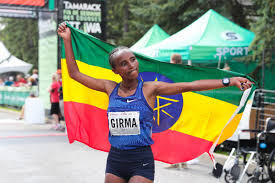
Returning to Ottawa will be Lanni Marchant who broke the 28-year-old national record in 2013 by running it in exactly 2:28:00. Marchant will be heading off against Dayna Pidhoreski, the 2019 Canadian marathon champion with a personal best of 2:29:03.
Unprecedented depth of field in the men’s event

On the men’s side, Ottawa’s new Elite Athlete Coordinator Dylan Wykes, a 2012 Canadian Olympian, has assembled an unprecedented depth of field on Canadian soil. No fewer than eight of the men lining up on the start line will be boasting personal bests under 2:08, with three of them having recently run 2:06 or faster. The course record, set by fellow Ethiopian Yemane Tsegaye in 2014 is 2:06:54.
Wykes will be looking for return competitor Adugna Takele (2:05:57) and his fellow Ethiopian competitors Tsegaye Getachew Kebede (2:05:11) and Andualem Belay Shiferaw (2:05:52) to compete for that CR. The Ethiopians could see a fight from Kenyan Alex Kibet who recently won the Berlin Half Marathon with a personal best of 58:55, indicating his preparations are going well.
“It’s been an interesting challenge to build this start list with so little in-person competition over the past two years,” said Dylan Wykes, the Elite Athlete Coordinator. “Based on what we’ve seen recently with these athletes, and with how fast road races have been generally, I think we are quite likely to see some very fast times on May 29th. I can’t wait.”
The top Canadian in the men’s field is Tristan Woodfine, who was 10th in the 2018 Ottawa Marathon and will be seeking a top 10 finish.
(05/05/2022) ⚡AMPby Paul Gains
Ottawa Marathon
As one of two IAAF Gold Label marathon events in Canada, the race attracts Canada’s largest marathon field (7,000 participants) as well as a world-class contingent of elite athletes every year. Featuring the beautiful scenery of Canada’s capital, the top-notch organization of an IAAF event, the atmosphere of hundreds of thousands of spectators, and a fast course perfect both...
more...The best steps to a faster post-run recovery, as soon as you finish a run, start preparing your body for the next one
Recovery starts as soon as your run is done, and the faster you can recover, the sooner you can get out for your next session. No matter if you were doing an easy 5K or a gut-busting interval session, what you do in the minutes and hours afterward is crucial if you want to set yourself up for success for the next day’s session. Follow these steps to become a master at recovery so you can run well and hit your goals all year long.
Cooldown
Every run should be followed by a cooldown, but exactly how intensive that cooldown is will depend on how intense your run was that day. Even after a short recovery run, you should finish the session with a very light jog or walk for about five or 10 minutes. After a hard interval session, your cooldown will need to be a little longer, since it will take your body longer to come back down “normal” status.

Hydrate
Whether it’s 30 degrees or below zero, re-hydrating after a run is important. You should aim to be drinking water (or an electrolyte beverage) within 10-15 minutes after your run and cooldown are complete. Being properly hydrated maximizes recovery, lowers your risk for cramping and injuries and will help you perform better on your next run.

Stretch
Once your cooldown is done and you’ve drunk some water, take five or 10 minutes to do some active stretching. This doesn’t have to be a full-blown yoga session, but stretching and restoring blood flow to the muscles that likely tightened up during your run will speed up your recovery and keep you feeling loose and comfortable throughout the rest of your day.
Take off your wet clothes
As much as you can, try to take your sweaty clothes off as soon as possible after your run, particularly if it’s wet or cold outside. Wet clothing can cool you off too quickly after a run, and by putting on warm, dry clothes, you are keeping your muscles warm to promote recovery and aid in blood circulation. Circulation is important following a run because good blood flow brings much-needed nutrients to your muscles while shuttling waste away.
Eat
Many experts argue your post-run nutrition is the most important factor in jump-starting the recovery process. Ideally, you want to eat something within the first 30 minutes after your run that has a good mixture of protein and carbohydrates. Good examples are yogurt with fruit and granola, a smoothie with protein powder, a banana with peanut butter or the runner’s classic, chocolate milk.
If you find it difficult to eat anything substantial immediately after a run, have something small right away, then wait until your stomach settles to have a full meal.
Nap (if you have the time)
Most runners don’t have time in their day to schedule a nap, but after a long run or hard workout, even a quick 15-20 minutes can really ramp up your recovery. If a nap isn’t in the cards for you, make sure you’re getting seven to eight hours of quality sleep most nights. Sleep is the ultimate version of rest and provides your body with the best opportunity to rebuild, repair and recover.
Stay mobile throughout the day
If you’re running in the morning and then heading to a desk job for the rest of the day, make sure you take a few minutes periodically throughout your day to get up and move around. Sitting for too long after a run can make your body stiffen up, which could set you back before your next run, so get up, do a few light stretches and walk around a bit to keep the blood flowing.
(05/05/2022) ⚡AMPby Running Magazine
Useful tips on how to build the ultimate running body
They say that the one who falls in love with running once remains forever faithful to that passion. And those who practice running regularly, whether it is only recreational, or those runners who will not miss a single half-marathon or marathon, confirm that.
We all strive for the ultimate running body, and in order to get as close to it as possible, it is necessary to break it down into segments and pay enough attention to each of them. In the text below, you will find useful tips on how to improve your running technique and build an extreme running body.
Go Gradually
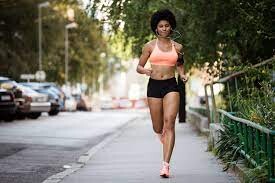
The first and basic rule is that you cannot expect miracles in the beginning, especially if you have been physically inactive for a long time, and if you have not practiced other types of training. In this regard, you should not worry too much if you lose your breath after the first kilometer, for it takes some time to get accustomed to this type of activity.
Perhaps it would be best to actually practice fast walking before you start running, or to alternately jog and walk fast at certain intervals, which you can measure by distance or running time. If you measure by time, let it be a shift of at least 2 minutes, and if you measure by a distance, let it be half a mile.
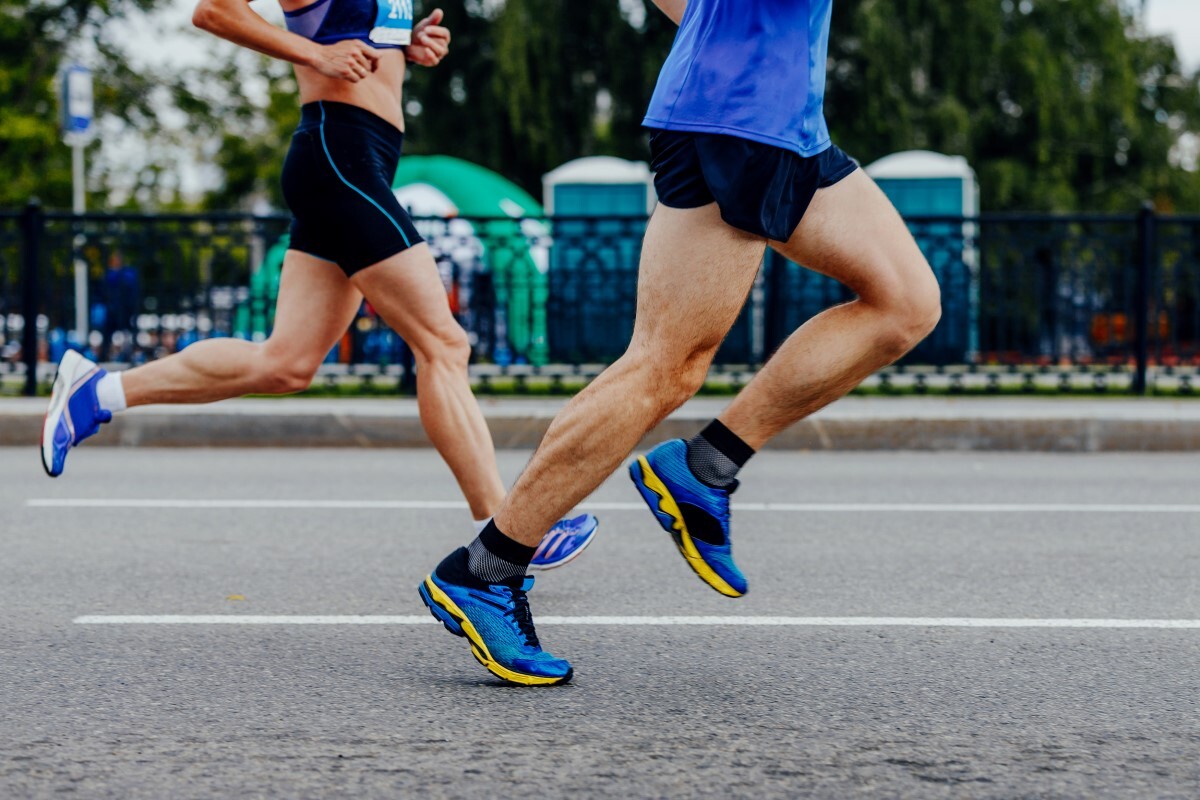
If you plan to run at home and not outside, you can follow the same rules. According to the folks at yanrefitness.com, you can find a variety of running equipment, if you want to have some additional help in your running adventure. The fact that you are not running outside does not make any difference, because modern treadmills are made so well that you will have complete enjoyment of running.
Decrease your brisk walking intervals over time, and increase those when you run, until you run continuously. The pace is less important, it all comes down to continuity – do not skip training. It would be best to run 4 times a week.
At no point should you feel like you are going to collapse, but at the end of the workout, you should feel that you may have been able to do a little more. Let that be your guide. So, slow down in the beginning, then gradually speed up.
We also mentioned the frequency of 4 times a week, which turned out to be the best. In that respect, it is better to run less mileage and run 4 times, than to run only 2 times a week with significantly more mileage.
Set New Goals
This is very important. When you manage to run 5 miles effortlessly, then try to set new criteria for yourself – maybe to run that distance in a much shorter time, or to run a few more miles. This makes your muscles reactivate over and over again, which means you become stronger and burn more calories.
Of course, don’t be too hasty in setting goals.
Keep a Run Log
To make it easier to track your progress, we suggest keeping a running diary where you will enter mileage and other parameters. In fact, it might be best to use one of the mobile running apps, which are very practical. They give you more information, and one of them is the average speed, i.e. how many minutes it took you for one mile.
Monitor Your Pulse
Running is defined as cardio training, which means that it affects the greater blood flow to the body, and the more you are in shape, the slower your heart rate will be. So this is another parameter through which you can monitor your progress.
Don’t Forget Warm-ups!
And finally, something that you probably already know. Under no circumstances should you skip a warm-up of at least 5 minutes, during which you should activate all muscle groups, as well as stretching, which helps your body to cool down gradually and your muscles to recover more easily after physical activity.
Warming up makes the whole process much easier. It is not just improving the blood flow that is important for the work of the muscles, it is also accelerating the nervous-muscular system by which our brain sends an impulse to the muscles to contract. Fat-burning enzymes are secreted, which helps our aerobic system to increase the efficiency of exercise.
After all, running should be fun, and we’ve given you a few tips to inspire you and guide you on what you need to know before you get onto it. Hopefully, this guide will help you on that road!
(05/05/2022) ⚡AMPby Colorado Runner
100-year-old Lester Wright clocks 26 seconds in 100m
Lester Wright, a WWII veteran and recent centenarian, has broken the M100+ world record in the 100m, clocking 26.34 at Penn Relays last weekend in Philadelphia. He erased the previous record of 26.99 seconds, set by fellow American Donald Pellmann at age 100 in 2015. Wright had just turned 100 the day before the race.
Wright served in the U.S. military during WWII in Normandy and the Battle of the Bulge in 1944.
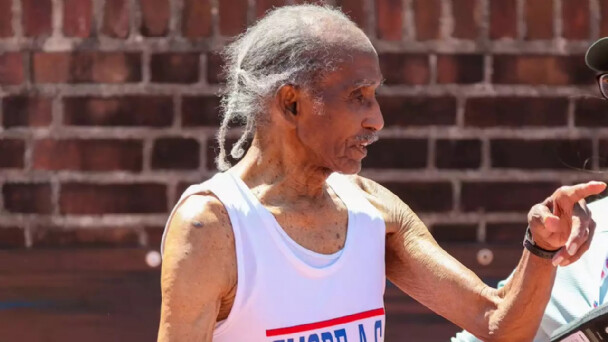
Wright said to the media post-race that he was inspired by having his wife, children, great-grandchildren and great-great-grandchildren in the stands to watch. This world masters record is not Wright’s first; 24 years ago, he broke the M75+ world 200m record at age 76.
The newly crowned world’s fastest 100-year-old man still competes for his hometown Shore Athletic Club, a community athletics organization out of Spring Lake, N.J.
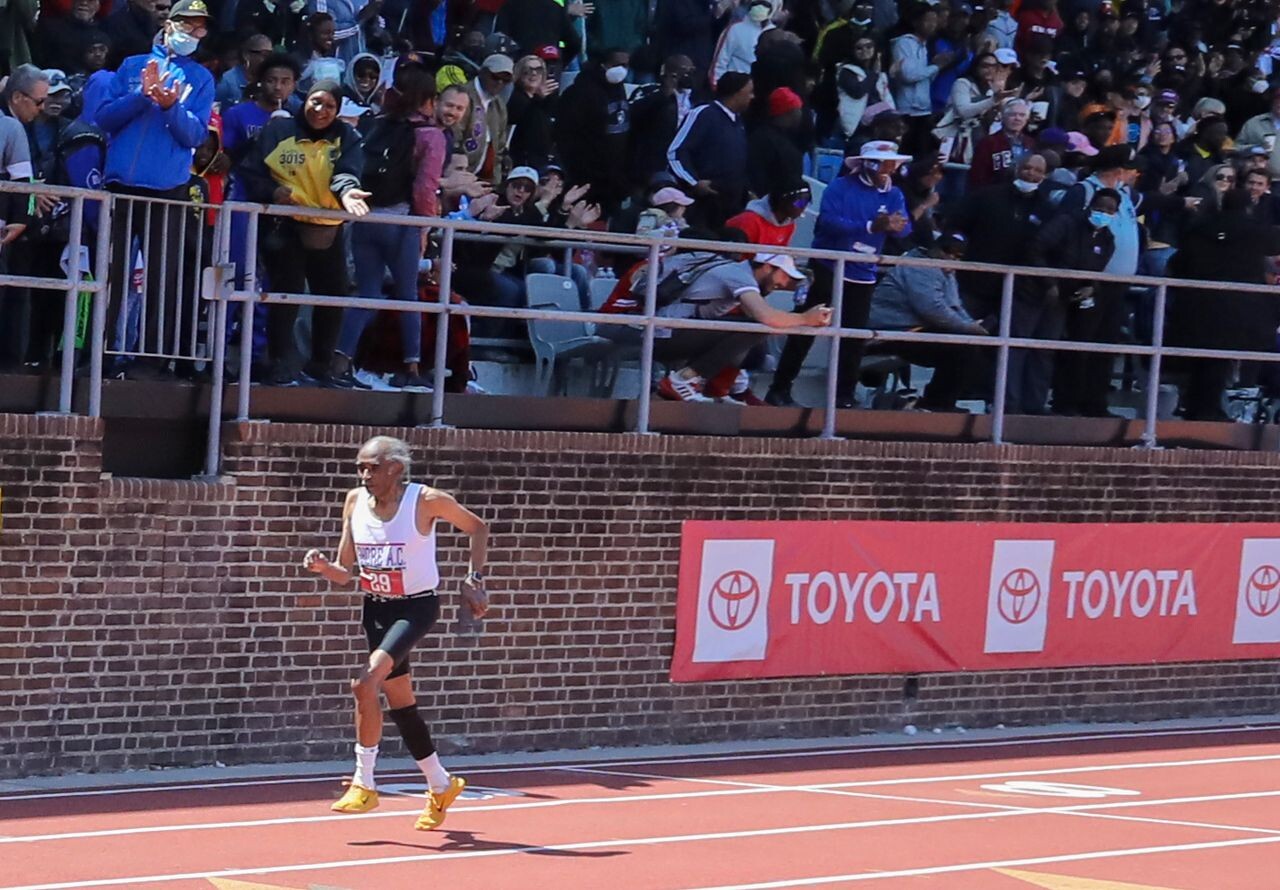
Wright and his wife Adele have been married for 81 years, raising four children, who gave them six grandchildren, 14 great-grandchildren and 11 great-great-grandchildren.
Wright became a centenarian on April 29 and then on April 30, he celebrated in style, running a new age-group world record in front of thousands of track fans. He crossed the line to a standing ovation, finishing seventh out of nine runners, beating an 86-year-old and 92-year-old.
(05/05/2022) ⚡AMPby Marley Dickinson
Kenny Moore one of the great story tellers of American sport for decades has died
Kenny Moore, a former University of Oregon distance runner, two-time Olympian, journalist and author, died Wednesday in Kailua, Hawaii. He was 78.
Kenny's wife, Connie Johnston Moore, would like to share this message with you and with others, written from their long-time Hawaiian home:

"Kenny found his opening this morning. It was about 7. He was already pretty distant and peaceful and then his breathing stopped. It was a very loving time for me with him. I think he knew he could leave with this morning being our last sunrise. I know you are sad but be grateful for him. It was his time and it was a relatively easy letting go I think for him. I hope you can spread the word for me. Take your time. Just love Kenny, love love love him. We were all privileged to know him and have him in our life. Peace and Love to you and everyone in Eugene."
From his 2019 Induction into the Oregon Sports Hall of Fame and Museum
As an athlete, Kenny Moore found himself right in the middle of some of those great stories while putting his own stamp on running and track and field greatness.
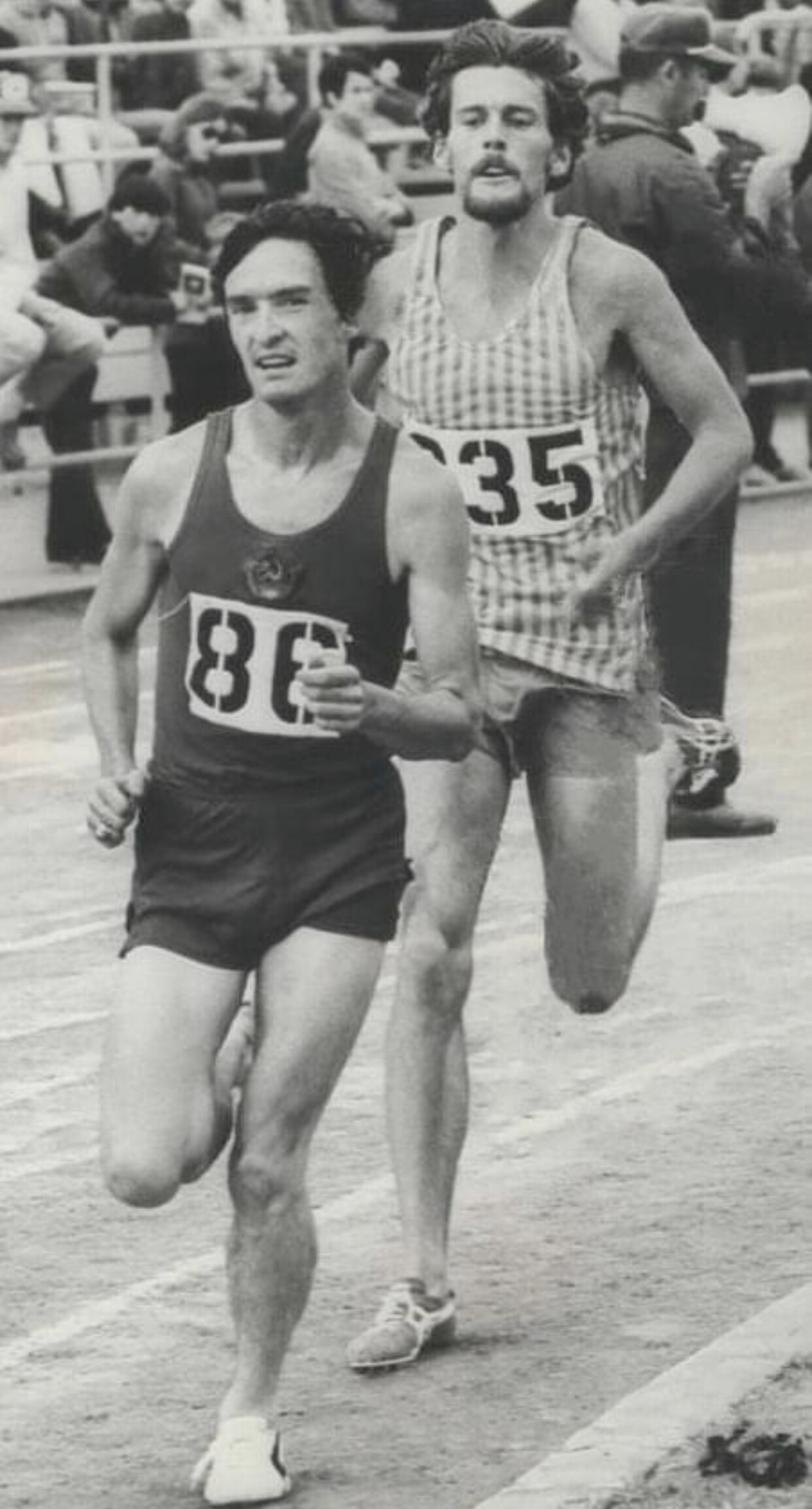
He was known as ‘Ken’ Moore when he graduated North Eugene high school and arrived at the University of Oregon. He would letter three years each in track and cross country.
Always a versatile distance runner, Ken was a three time All-American on the track, with three more top national finishes in the 3-mile, 5,000 meters and the steeplechase. Moore was a 1963 cross country All-American and was part of back-to-back teams that finished 2nd in the nation.
As a post-collegiate racer, he flexed his muscle at greater distances, winning the 1967 US Cross Country Championship and dominating the demanding Bay to Breakers road race in San Francisco. Ken won the 12K monster six consecutive years from 1968-1973.
In 1970, Moore placed second in the prestigious Fukuoka International Marathon with a loop-course American record and personal best time of 2:11.36.
Moore competed on the biggest stage of all twice. He finished 14th in the marathon at the Mexico City Olympics then qualified again in 1972, finishing dead even with training partner Frank Shorter. Shorter would take the gold and glory on the final day of the Munich games in the shadow of the terrorist attacks. Moore just missed the podium, finishing 4th.
These experiences and these times provided extensive material for the writer who would become known as Kenny Moore. In 25 years at Sports Illustrated, Moore told the big stories, championed the protection of amateur athletes and co-wrote the definitive biography of the enigmatic Steve Prefontaine that inspired the film “Without Limits”. Moore has also written a biography of his Oregon coach, the legendary Bill Bowerman.
His activism helped win the freedom of imprisoned Ethiopian marathon champion Mamo Wolde.
KENNY MOORE - Athlete and Writer R.I.P.
(December 1, 1943 to May 4, 2022)
(05/04/2022) ⚡AMPBest ways to prepare for an evening race, habitual morning runners, this one is for you
Dear morning runners: evening races are not that common, but they are out there. One of the advantages of an evening race is you don’t have to wake up at the crack of dawn to prepare. But there are pitfalls, as you need to watch what you eat and do during the day to ensure your body has enough energy for your race.
Preparing for an evening race can be difficult to grasp, and eating too close to the start or a long, stressful day at work can easily mess it up. Here are some ways to prepare yourself.
Take it easy
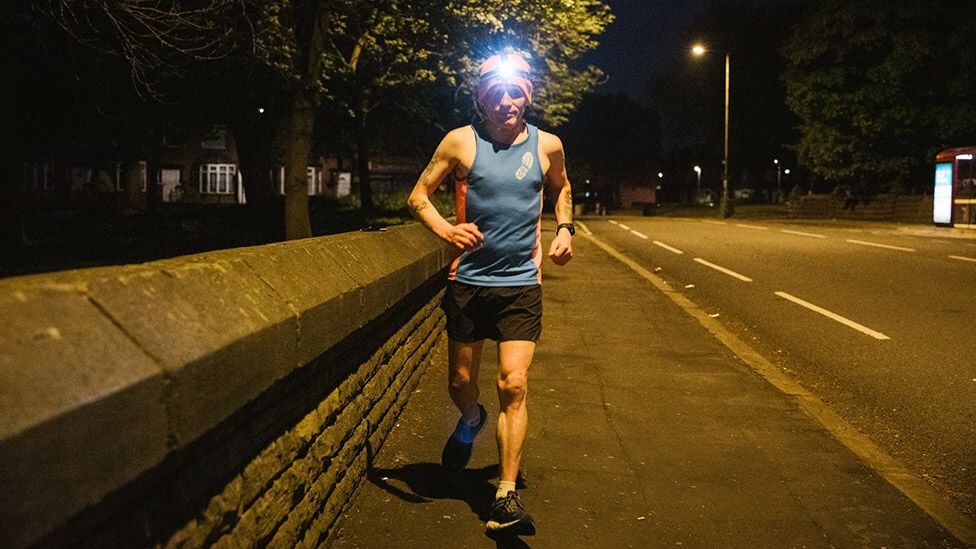
Try to get plenty of sleep the night before, and sleep in the morning of if you can. If you are working, try to have a light activity day, and avoid standing on your feet for prolonged periods.
Practice training at night
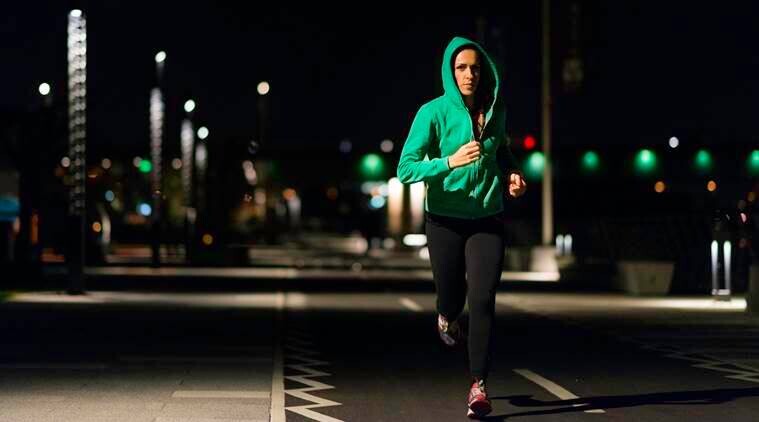
The best way to prep for an evening race is by training in the evening to simulate the conditions you’ll be racing in. In the two to three weeks leading up to the event, try to train at the same time as the start. This will also allow you to practice your pre-race fuelling and figure out which foods work and which don’t. Most important, you’ll get a sense of what it feels like to run in the evening.
Fuel and hydrate
Since the race is later in the day, it’s important to make sure your body has enough gas in the tank to perform. Make sure you have a solid breakfast and lunch, then have something small an hour or two before your race–something similar to what you’d have if you were racing in the morning. If conditions are warm, try to sip at least a litre of water throughout the day. It also doesn’t hurt to consume electrolytes to keep your sodium and carbohydrate levels high during the race, especially for races longer than 5K.
Don’t do anything vigorous
Besides a light walk or some fresh air, there’s no need to run or play sports on the day of your race. Throw on a movie and kick your feet up and relax–you’ll want to save your energy for the race.
(05/04/2022) ⚡AMPby Marley Dickinson
New study finds exercise improves heart health even more for those with anxiety and depression, just another reason to lace up for your run today
A new study from the American College of Cardiology suggests that regular exercise can decrease the likelihood of heart complications by 22 per cent in individuals with anxiety and depression, compared to 10 per cent in those who don’t. Put simply, exercise seems to have stronger benefits for the heart health of those who struggle with stress-related conditions.
Researchers believe this is because of exercise’s ability to help counteract the negative effects of stress. “The effect of physical activity on the brain’s stress response may be particularly relevant in those with stress-related psychiatric conditions,” said the study’s lead author, Hadil Zureigat. “This is not to suggest that exercise is only effective in those with depression or anxiety, but we found that these patients seem to derive a greater cardiovascular benefit from physical activity.”
Heart attack remains among the leading causes of death in North America, and as anxiety and depression rates have risen throughout the pandemic, these findings couldn’t come at a better time.

Researchers considered ‘adequate’ weekly exercise as 150 minutes of moderate-intensity movement.
How to get back into running

While there are many ways to get 150 minutes of exercise in a week, or roughly 20 minutes a day, running is among the easiest. Beyond a pair of running shoes, there’s really no equipment needed.
If you’ve taken a hiatus from running, or looking to get started for the first time, here are a few tips.
Start with a 20 minute walk/run, and over time, decrease the time spent walking and increase the time spent running. Start with one minute running, one minute walking.
Don’t run every day when you’re getting started; it’s best to alternate between a running day and a strength-training or cross-training day. Having some diversity in your exercise routine keeps things interesting and keeps injuries at bay.
Don’t worry about pace when you’re getting started–focus on consistency, and your pace will improve over time.
Running doesn’t feel good when you’re getting started (or restarted in some cases), but don’t let this discourage you. With every run, it’ll feel a little better.
(05/04/2022) ⚡AMPby Running Magazine
Seven tips for beginners for surviving your first race
So you did it – you just signed up for your first race. Congratulations! Training for and completing your first race is one of the most exciting, challenging and rewarding processes. There is nothing like trying something new and finishing it on a high.
But now that you’ve signed up, how do you prepare for your first race?
Training for your first race involves so much more than actually running. You’ll need to avoid to injuries, plan a mental strategy, incorporate recovery, learn time management, and adapt your training for your specific race.

Whether you’ve signed up to run a 5k, 10k, half marathon, full marathon, or anything in between, the journey has only just begun. By the time race week arrives you’ll likely be full of nerves, excitement, questions and uncertainty – but it’ll all be worth it.
Here are 7 crucial times for your first race.
Everything you need to know for running a race, getting ready, and arriving feeling confident on race day.
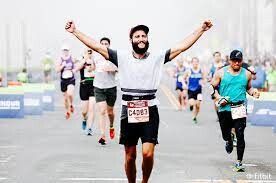
1.- Don’t skimp out on training.
While it’s tempting to assume that the energy on race day will be enough to push you through those miles, skimping out on training certainly won’t set you up for an enjoyable run.
If you’ve signed up for your very first race – congratulations! Now is the time to put in the hard work, venture outside your comfort zone, and really prepare for race day. While the crowds and atmosphere certainly give you an extra boost on the big day, they can’t help your body complete a distance it’s not prepared for.
Stay motivated during training and remind yourself why you chose this goal to begin with. Sure, it’s going to be hard. Many moments will feel downright uncomfortable. But how will you know what you’re capable of if you only give it half your effort? Take the time to train before your race to set yourself up for a successful, enjoyable race day.
2.- Practice fueling and drinking ahead of time.
If you’re running a 5k or even 10k, you likely won’t need much fuel along the way. But if your first race is a half marathon or marathon – there’s no getting around the fact that you’ll need to fuel and hydrate on the run.
3.- Pick up your gear the day before.
The events that take place during your first race week are exciting, nerve wracking and stressful, all at the same time. There’s no need to add to the stress by rushing around on race morning trying to pick up your bib and find a place for that tshirt they just handed you.
4.- Get all your things out the night before.
Unless you’re running a themed race, you’re probably going to have to wake up early on race day. Waking up earlier than you ever have before may leave you questioning your sanity when you chose to sign up for the race.
5.- Assume that sleep will be tough.
Heading to bed knowing that you’ll be waking up before the sun means that you’ll feel more motivated than ever to get your best night’s sleep. But unfortunately, this hardly ever happens.
Between the nerves, excitement and uncertainties as you mentally prepare for your first race, you’ll likely find yourself tossing and turning throughout the night.
Accept the fact that you’ll probably not get the best sleep the night before your race, which will take some pressure off and help you relax when you find yourself wide awake at 2 am. The most important night of sleep before a race is actually two nights before, so make a point of hitting the hay early during race week and you’ll be all set for race day – even if you missed a few z’s the night before.
6.- Line up behind your pace group.
When you’ve been training at a specific pace or have a lofty goal in mind, it’s tempting to line up just a bit ahead of your goal pace to ensure you don’t fall behind.
However, lining up ahead of the pace for which you’ve trained usually means that people will be passing you left and right at the start of the race. You’ll be lined up with a group of runners that plan to run faster than you, which can feel awfully intimidating before your first race.
7.- Don’t go out too fast.
There is hardly anything that compares to the excitement on race day, whether it’s your first race or your fiftieth. But especially if it’s your first race, it’s easy to get swept up in the excitement and start out much faster than you had planned.
Make a point to hold yourself back in the beginning, running slightly slower than your goal pace. It will be tough not to get caught up in the excitement, but starting out too fast usually means that you’ll pay for it by struggling near the end.
Once you’ve gotten into a groove and are a few miles into the race, you’ll be able to pick up the pace and really give it your all without having burned yourself out in the beginning.
(05/04/2022) ⚡AMPJoin Andre De Grasse in Race With Me! virtual challenge
Canada’s Andre De Grasse is not only known for being quick on his feet, but also for working to empower youth through the Andre De Grasse Family Foundation. Last year, Canada’s fastest man co-authored a children’s picture book titled RACE WITH ME! to inspire youth through his story. And now, kids across the country can join the Olympic sprinter in an eight-week running challenge designed to encourage young Canadians to get moving.
Last year, thousands of kids across Canada participated in the first-ever Race With Me! challenge. This powerful movement helped fuel the Olympic spirit, propelling De Grasse to Olympic gold in the 200m in Tokyo. The Race with Me! challenge raised over $25,000 for Kids Help Phone and made a difference in the lives of many families.
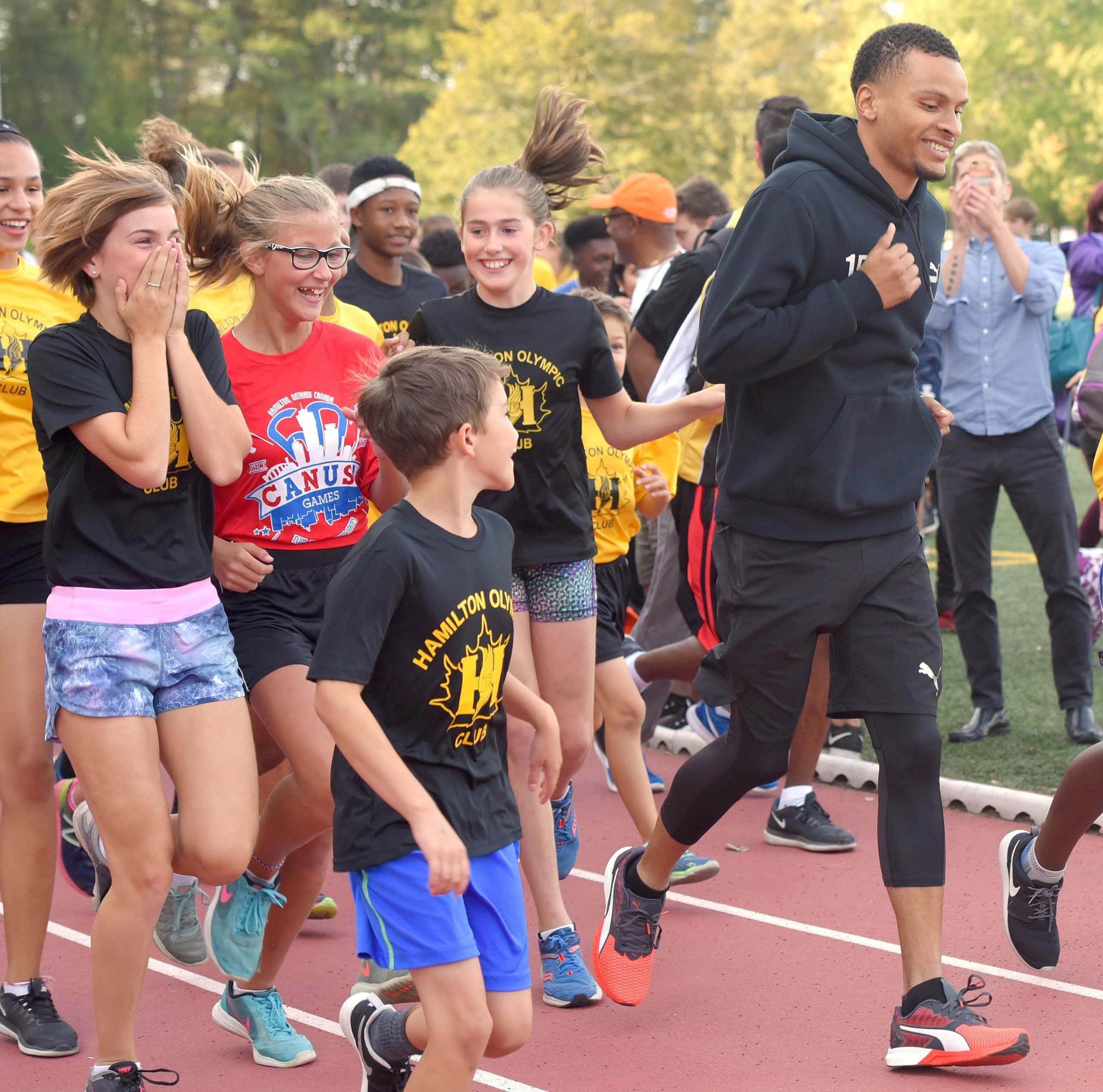
The challenge was created by the 15-year-old Jesse Briscoe of Montreal, Que. After his sports clubs were cancelled during the pandemic, the teenager grew tired of sitting at home and playing video games. Briscoe was inspired by the Olympic champion and his dedication to encouraging young Canadians, so he contacted De Grasse’s management team, and the RACE WITH ME! virtual challenge came to fruition. Briscoe says the challenge has inspired him and his whole family to get out and run or exercise.
How does the challenge work?
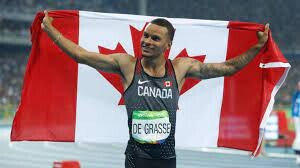
The challenge started on May 1 and continues until June 25. During that time, Canadian kids can run 400m at their local track or measure it out on a sidewalk, road, park or other green space. Children and parents are then encouraged to record their times and videos from their races and upload them to www.racewithme.ca, where they will find leaderboards, prizing and other interactive content.
Throughout the challenge, De Grasse and his other Olympic-bound teammates will be sharing tips and words of encouragement through the challenge’s social channels and on the website. Registration is free, and the first 1,000 participants to sign up will receive a free challenge T-shirt. Families may also donate to the challenge, with the proceeds going to youth mental health charities, such as the Kids Help Phone, through the Andre De Grasse Family Foundation.
(05/04/2022) ⚡AMPby Running Magazine
Indian sprinter Dutee Chand is set to hang up her spikes after competing at the Paris 2024 Olympics
Dutee Chand, who has represented India at Rio 2016 and Tokyo 2020 Olympics, announced her decision to retire in an interview with ESPN after losing the 200m race to teen sprinter Priya Mohan at the Khelo India University Games.
“I'm growing old, I'm not as fast as I used to be,” the 26-year-old Dutee Chand, who won silver medals in 100m and 200m races at the Asian Games in 2018, admitted. “I'll pull along for two-three more years if my body cooperates.”
Despite losing the 200m sprint to the 19-year-old Priya Mohan, Dutee Chand managed to win two medals at the Khelo India University Games. She successfully defended her title in the 100m sprint earlier in the Games.
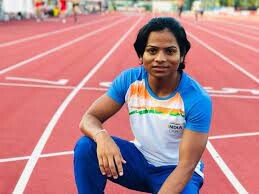
However, Dutee Chand clocked only 11.68 seconds in the 100m, far from her personal best and national record of 11.17 seconds she achieved at the Indian Grand Prix in Patiala last year.
“My body is becoming slower and I began training quite late this season,” Dutee Chand reasoned.
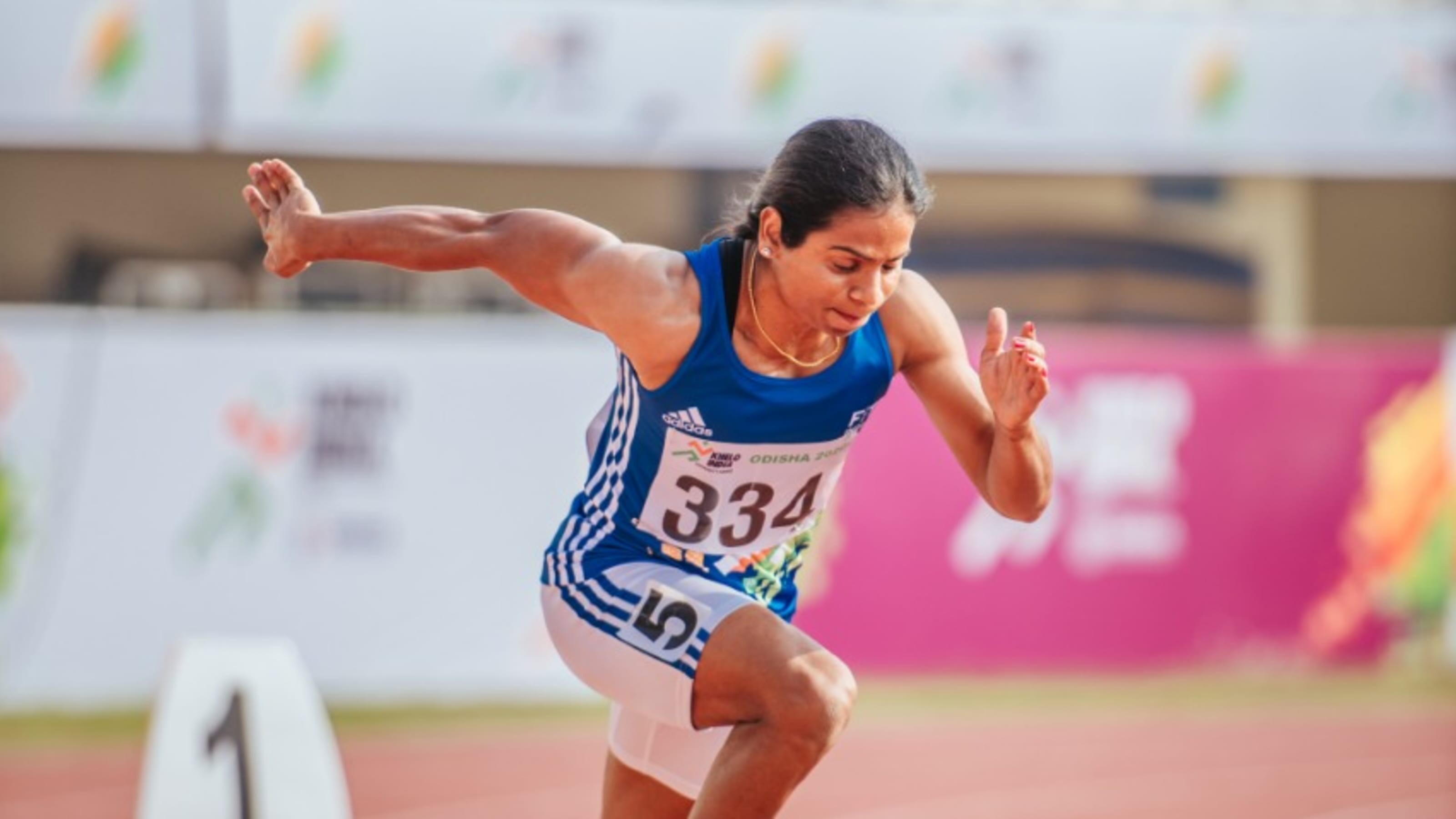
Dutee Chand is also yet to meet the qualification standards set by the Athletics Federation of India (AFI) for the Commonwealth Games (11.31s) and the Asian Games (11.36s), scheduled to be held later this year.
For qualifying for the World Athletics Championships in July, Dutee Chand will need to better her personal best and clock 11.15s to make the cut in the 100m event.
“I've already participated in five events this year to make the cut for these international events… I'm confident of hitting my peak in June-July before the international circuit begins,” Dutee Chand reckoned.
Dutee Chand, who shot to fame after winning the 100m under-18 nationals in 2012, went on to become one of India’s most successful sprinters after PT Usha.
In 2014, Dutee Chand won the 200m gold medal at Asian Junior Athletics Championships and in 2016, she set a 60m national record (7.28 seconds) at the Asian Indoor Championships to clinch the bronze medal.
After winning two silver medals at the Asian Games in 2018, Dutee Chand became the only Indian to win the gold medal at World University Games in 2019.
Dutee Chand’s 200m silver medal at the Asian Games was also the first Indian medal in the category since PT Usha’s gold medal in 1986.
In 2022 so far, Dutee Chand won her 100m run at the national inter-university championships in 11.44 seconds in February followed by gold at the Federation Cup in 11.49 seconds in March.
Dutee Chand also made clear her plans to open up 'Dutee Chand Athletics Speed Academy' in Odisha after her retirement to train aspiring sprinters.
(05/04/2022) ⚡AMPParis 2024 Olympic Games
For this historic event, the City of Light is thinking big! Visitors will be able to watch events at top sporting venues in Paris and the Paris region, as well as at emblematic monuments in the capital visited by several millions of tourists each year. The promise of exceptional moments to experience in an exceptional setting! A great way to...
more...BMO Vancouver Marathon delayed by ‘suspicious device’ on course
Vancouver’s 50th BMO Marathon got off to a rocky start Sunday morning when the event was delayed due to a suspicious device found along the course near Science World. CTV News reports that Vancouver police feel “the device was ‘strategically placed’ to disrupt the BMO Vancouver Marathon Sunday morning, but has been ‘rendered inert.'” Due to the incident, the race started an hour behind schedule.
Police think the device, which was spotted just after 5 a.m. by a volunteer, was planted to cause panic and disrupt the event.

Thankfully, it was a false alarm and the 18,500 runners were able to race safely.
In elite results, Chris Balestrini took the win for the men in 2:23:56. On the women’s side, 2020 Olympian Dayna Pidhoresky won in a new course record of 2:34:30, surpassing Kim Doerksen’s 2:37:00 from 2014. Also under the former record was 2016 Olympian Lanni Marchant, who was second in 2:36:42. Post-race, Pidhoresky said, “It was a bit of a rollercoaster, mentally. Lanni and I were together for most of the first half of the race. She’s a tough competitor, so in no way did I ever think that I had it in the bag. I was working hard the whole time.”
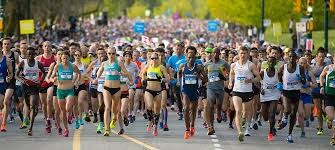
Of his win, Balestrini mentioned the incredible views: “It’s so scenic and so fun. Going along the seawall is just amazing.”
In the half-marathon, Justin Kent and Olympian Ben Preisner crossed the finish line together in 1:04:54. Preisner, who was the top Canadian performer in the men’s marathon in Tokyo, has run consistently well since his first Games.
Post-race, Kent said he’s thrilled to see the running community back together: “It’s always a top-notch event. I heard that there are 3,000 volunteers–it’s amazing–we are super appreciative just to be here.”
In the women’s race, 2:28 marathoner Leslie Sexton continued her winning streak, taking the title in 1:14:56. Sexton, who has currently run the fastest marathon time within the qualifying period, has her eye on the World Championships marathon this summer. Olympian Natasha Wodak was also entered in the half on Sunday, but this time in the role of pacer. She helped her friend Julie Pelly to a personal best of 1:30.
(05/03/2022) ⚡AMPBMO Vancouver Marathon
The BMO Vancouver Marathon is one of Vancouver’s most iconic marathon events. The event features a full marathon, marathon relay, half marathon, 8k run, and streets lined with thousands of spectators. Runners can expect to experience a little bit of everything that Vancouver has to offer as they run a straight course that starts at Queen Elizabeth Park, and finishes...
more...Flying Pig Marathon Weekend Celebrates Hometown Marathon Winners
The 24th running of the Cincinnati Flying Pig Marathon powered by P&G celebrated two Greater Cincinnati runners earning their first Flying Pig marathon wins.
The men’s division winner was 29-year-old Zac Holtkamp of Alexandria, Kentucky, in a time of 2:27:18. Holtkamp won this year’s Heart Half Marathon and in 2020 finished second in the Mesa Marathon with a time of 2:22:29. “I waited until after the Heart Half to sign up for the Flying Pig,” said Holtkamp. “After the Heart Half I thought, OK I can do it.”

This was Holtkamp’s first Flying Pig after moving back to the area from Arizona. “I held off for years doing the Flying Pig,” he said. “So many people out there cheering me on, people that I knew, people that I didn’t know at all. For me, personally, that’s what keeps me going, every person who cheers for me, it’s like a mini aid station, it keeps me going.”
Second in the men’s division was 24-year-old Will Cadwell of Covington, in a time of 2:28:11. Cadwell won last October’s Fall Flying Pig Toyota 10K and also won the FCC 3 in July 2021. Third was 37-year-old Jeremy Wysocki of Miamisburg, Ohio with a time of 2:35:19.
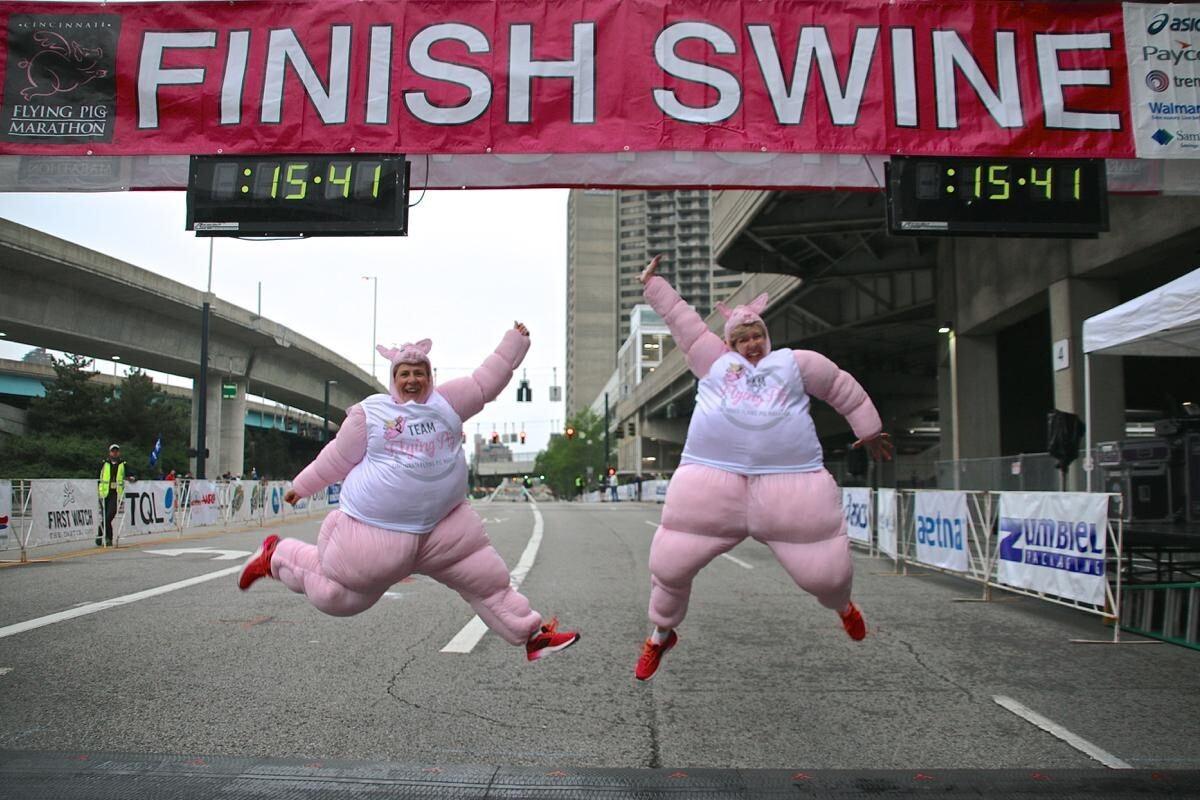
In the women’s division, 34-year-old Grace McCarron of Loveland, Ohio won with a time of 2:50:00 in her first Flying Pig. McCarron won the Glass City Marathon in Toledo, Ohio in 2021. “The atmosphere, the crowd, is just amazing. Often when you do a marathon there are some quiet spots, but here people are cheering all the time,” she said. “You’re out there, you’re working so hard, and to hear those cheers makes all the difference.”
Second in the women’s division was 26-year-old Madeline Dawson, who won the Heart Half Marathon earlier this year. Her time in the marathon was 2:52:51. Pacing third was two-time Flying Pig Marathon winner Anne Flower of Covington, who finished in 2:54:04. Flower won the Big Sur Marathon in California just last weekend.
In the Paycor Half Marathon, Cincinnati native Caitlin Keen, a two-time winner of the Cincinnati Flying Pig Marathon (2018, 2021), won her first Paycor Half Marathon in a time of 1:21:08. The 29-year-old ran a half marathon in Waco, Texas, near her home in Fort Worth, last weekend, but because of a wrong turn, the course was shortened by two miles for the leaders. She made a last minute decision to return to Cincinnati this weekend for the half.
“The experience here is something I never expected. People stop me on the street here and say, ‘You’re Caitlin, I know you, congratulations on winning the Pig.’ I want to be here because that’s how much the people here mean to me.”
Second in the women’s division was 28-year-old Katarina Smiljanec from Covington in a time of 1:24:57. She also placed second in Friday night’s Fifty West Mile elite division. Third in the half was 24-year-old Aimee Piercy from Cincinnati in 1:25:53, who was third in Friday’s Fifty West Mile.
On the men’s side of the Paycor Half Marathon, 43-year-old Josh Whitehead from Huntsville, Alabama, won in a time of 1:12:14. Whitehead has made a remarkable recovery from a bicycle accident in 2020, when he was hit by a car and suffered a broken back, dislocated shoulder and partially collapsed lung.
Second in the men’s division was 30-year-old Eric Gruenbacher of Loveland, Ohio in 1:12:56 and third was 28-year-old Kyle Klingler of Cincinnati in 1:13:14.
The 24th annual Cincinnati Flying Pig Marathon weekend powered by P&G began Friday night with sub 5:00 miles in the newly-configured Fifty West Mile, part of the TQL Beer Series.
This year the elite “dash for cash” mile started inside Cincinnati’s Transit Tunnel off Pete Rose Way and ended at the traditional finish line on Mehring Way. The fastest male among the elites was 22-year-old Andrew Taylor of Hilliard, Ohio, in 4:23. In a near photo finish, second place was 23-year-old Jack Cordonnier from Morrow, Ohio, in 4:25 and third was 28-year-old Charlie Michel of Cincinnati in 4:26.
Among the female elites, 27-year-old Gina McNamara from Washington D.C. won in a time of 4:59. Second among the elites was 28-year-old Katarina Smiljanec from Covington, Kentucky in 5:04 and third was 24-year-old Aimee Piercy from Cincinnati in 5:11.
Saturday’s slate of events began with the Toyota 10K, won by two-time Cincinnati Flying Pig Marathon winner Jack Randall of Cincinnati. The 27-year-old won in a time of 31:45. In another close finish, second place was 29-year-old Logan Barrett of Jeffersonville, Kentucky, just one second behind at 31:46. Third was 23-year-old Walter Ramsey of East Lake Center, Georgia, in 35:46.
In the women’s division of the Toyota 10K, 42-year-old Shawanna White of Columbia, South Carolina, won in a time of 39:35. Second was 31-year-old Ashley Case of Angola, Indiana, in 40:45 and third was 31-year-old Kaitlin Budke from Blue Ash, Ohio in 40:51.
In the sold-out Tri State Running Company 5K, 24-year-old Jakob Mueller from Monroe, Ohio, was the winner in 16:07, with 31-year-old Anders Ludvigsen of Cincinnati second in 17:04 and 38-year-old Bryan Wagner of Lawrenceburg. Indiana third in 17:22.
For the women, 22-year-old Meredith Grace Gieske from Fort Mitchell was the winner in 18:57. Second was 45-year-old Amy Parker of Dublin, Ohio, in 19:26 and third was Abby Mace in 19:32.
Also held Saturday was the First Watch Flying Piglet, Cincinnati Children’s 26th Mile, PigAbilities presented by Goodwill Industries, and the Flying Fur.
(05/03/2022) ⚡AMPby Running USA
Cincinnati Flying Pig Marathon
This beloved race found it's name from Cincinnati's pork history which dates back to the early 1800's. Cincinnati is also known as "Porkopolis."Our weekend line up of events are designed to welcome athletes of all abilities from the Diaper Dash to the full Marathon and everything in-between, we truly have something for everyone. We even added a dog race several...
more...Mo Farah says his elite track career could be over
Multiple Olympic and world champion Mo Farah admitted his elite track career could be over after he finished runner-up in the Vitality London 10,000 on Monday on his return to action.
Farah, who completed the 5,000 and 10,000 meters double at the 2012 and 2016 Olympics, was racing for the first time since June after failing to qualify for last year's Tokyo Games.
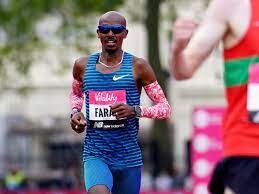
The 39-year-old Briton finished a minute outside his best time at the London road race, which came in 2010, as he was out-sprinted by 26-year-old club runner Ellis Cross, who finished four seconds ahead with a time of 28min 40secs."In terms of the track, that's it, I think," Farah said. "Your body has to be ready. You have to be in the right frame of mind and compete with the guys. I love the sport and what I do, I've had a long career.
"The reality is that it has been so, so long. In my career, I've never been out that long before... Today was tough and Ellis did well to beat me."
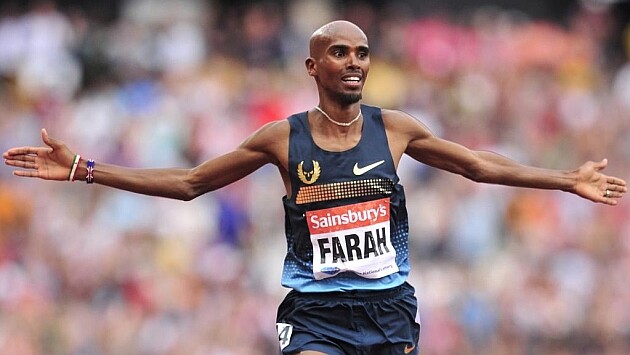
Farah, who has won the London race seven times, confirmed he would definitely miss the World Championships in Eugene in July.
However, he was noncommittal when asked if he would run at the Commonwealth Games or European Championships in August.
"Right now, no," Farah said. "In three, months, two months...We've still got time.
"There's no secret to this, you've got to put in the miles, you've got to put in the work. If my body allows me to continue to do it then maybe.
"The World Championships are not on my radar at the minute... Because I've been there and done it, unless I can compete with the guys and be competitive, you've got to be honest and make that decision."
(05/03/2022) ⚡AMPEilish McColgan motors to victory in the Vitality London 10,000 in 30:23
Eilish McColgan came within two seconds of Paula Radcliffe’s long-standing British and European 10km record at the Vitality London 10,000 on Monday (2) morning.
After a frantic sprint finish, McColgan stopped the clock at 30:23 to miss the record by a tantalising margin. However, Eilish did relieve her mother and coach Liz of yet another family record as she improved her Scottish record of 30:38 which had stood since 1989.
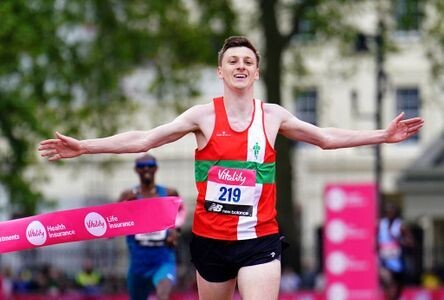
This was McColgan’s second near-European record in just over a week, proving the European 5000m silver medallist is back in top shape after testing positive for coronavirus in March. In Malaga last week, McColgan clocked 14:45 for 5km to fall one second short of Sifan Hassan’s European standard bearer.

At twice the distance eight days later, McColgan came within touching distance of Radcliffe’s 10km mark of 30:21 from 2003 which also stood as a world record for more than a decade. However, the European all-time list is headed by Lonah Chemtai Salpeter’s 30:05 clocking from Tilburg in 2019 although that time was not ratified for record purposes.
“I am gutted to have missed the British record by a couple of seconds. I probably didn’t believe I could do it, so I went into the race thinking I’d be happy to run 31:40, but I’m in much better shape than I give myself credit for,” said McColgan.
McColgan passed through halfway in 15:15 - by contrast Radcliffe rocketed through 5km in 14:48 when she clocked 30:21 - and despite mustering up some of her track speed in the last 200 meters, McColgan couldn’t quite revise the record books.
“I only saw the clock when I turned the corner towards the finish line, and I thought: ‘Oh my god, I could make it in time. I think I probably ran a 200m PB in the push for the finish line. I was so desperate to get the record but hopefully there will be another opportunity to go for it again later this year,” said McColgan who holds the European 10km record in a women’s only race at 30:52.
McColgan won the women’s race by more than one minute from fellow Olympian Jess Piasecki in 31:28 with Samantha Harrison third in 31:44.
In the men’s race, British international Ellis Cross achieved a significant victory over multiple Olympic, European and world 5000m and 10,000m champion Mo Farah who was racing for the first time in almost one year due to a stress fracture.
Cross broke clear of Farah in the last two kilometers for victory in 28:40 to Farah’s 28:44. "I’m lost for words – I did not expect this in a million years. Honestly, I know it’s a cliché, but I couldn’t believe it. I just felt very good from the get-go. Obviously, I knew Farah had a finish, so the last 2K I thought I’d try and wind it up a bit – try to sting his legs a little bit to hold him off,” said Cross.
(05/02/2022) ⚡AMPVitality London 10,000
The Vitality London 10,000 takes you past many landmark sites, including the London Eye, Buckingham Palace and the Bank of England – so you even get to do a bit of sightseeing along the way! You will run alongside elite runners and have coverage from the BBC, making this 10km one of the highest in profile of its kind....
more...18-year-old U.S. sprint star Erriyon Knighton becomes fourth fastest man over 200m
On Saturday afternoon in Baton Rouge, La., American Erriyon Knighton, who last year, at age 17, broke Usain Bolt’s junior sprint records, shattered his U20 world record in the 200m at the LSU Invite to become the fourth-fastest man in history over 200m.
Knighton clocked 19.49 seconds, which is the fastest time recorded since the 2012 Olympics, where Usain Bolt clocked 19.32 at age 25. Knighton now only trails Bolt (19.19s), Yohan Blake (19.26s) and Michael Johnson (19.32s) on the all-time list.
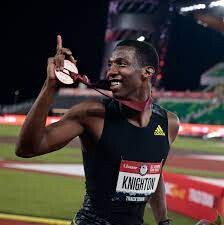
The 18-year-old sprint star lowered his personal best and U20 record from 19.84 seconds, which he set at last year’s U.S.Olympic Trials. He went on to finish fourth in Tokyo, becoming the youngest U.S. male track and field runner to reach an Olympic final.
Knighton turned pro last year as a high school junior, signing a professional contract with Adidas. He is now the second-fastest American 200m runner after Johnson’s then-world record of 19.32 at the 1996 Olympics in Atlanta.
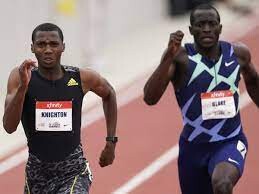
He will next have his eyes on the U.S. Outdoor Championships in June and the World Championships in July, which are both in Eugene, Ore., where he ran his previous PB of 19.84 seconds last summer.
Another world U20 record was broken on Saturday at the Gaborone International Meet, a World Athletics Continental Tour Bronze meeting in Botswana. U20 world champion Letsile Tebogo became the first man from Botswana to break 10 seconds for 100m. The 18-year-old pulled away from an experienced international field to win in 9.96 seconds (+1.9m/s), taking 0.01 off Trayvon Bromell’s world U20 record of 9.97 set in 2014.
(05/02/2022) ⚡AMPby Running Magazine
Beginners: use this tip to increase your distance
Learning to run isn’t easy. Running takes plenty of motivation, courage and determination to push your boundaries. The goal for every new runner is to get more comfortable running, but when you’re starting, you are more prone to injury by overtraining or increasing your distance too quickly.
If you are stuck on trying to increase your distance in your learn to run program, we have just the tip that can help you reach your goal. Instead of forcing yourself to do more, try to do less by limiting your rest/walk time.
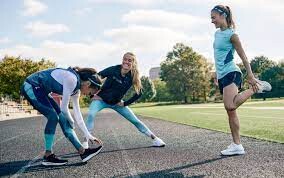
Beginners will commonly use the 5 and 1’s or 10 and 1’s method, which involves five minutes (or 10 minutes) of running and one minute of walking. If you are struggling to get past running for a certain distance or time, try cutting down your walk rest to 30 seconds.
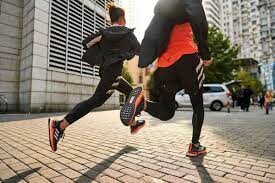
Your heart rate (on average) decreases by 20-30 beats per minute (bpm) within one minute of stopping your run. Introducing a 30-second walk rest instead of one minute will bring your heart rate down while gradually increasing your endurance as you are limiting yourself to less rest.
This 30-second rest tip is perfect for beginners who are looking for an easy trick to increase their distance without doing more of it. Using the 30-second walk rest tip will eventually get you more comfortable running a particular distance without stopping, which is the goal of every new runner.
(05/02/2022) ⚡AMPby Marley Dickinson


